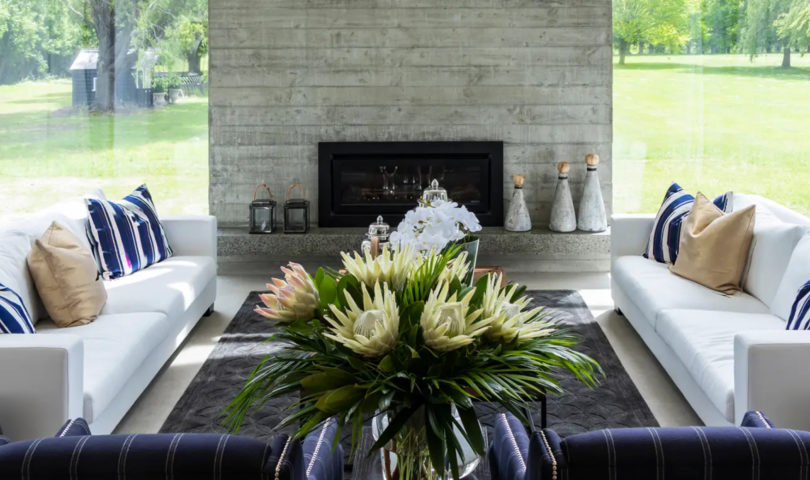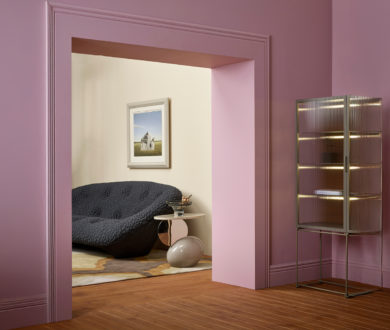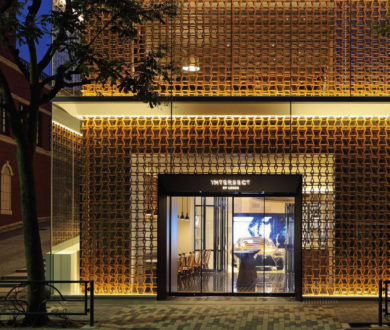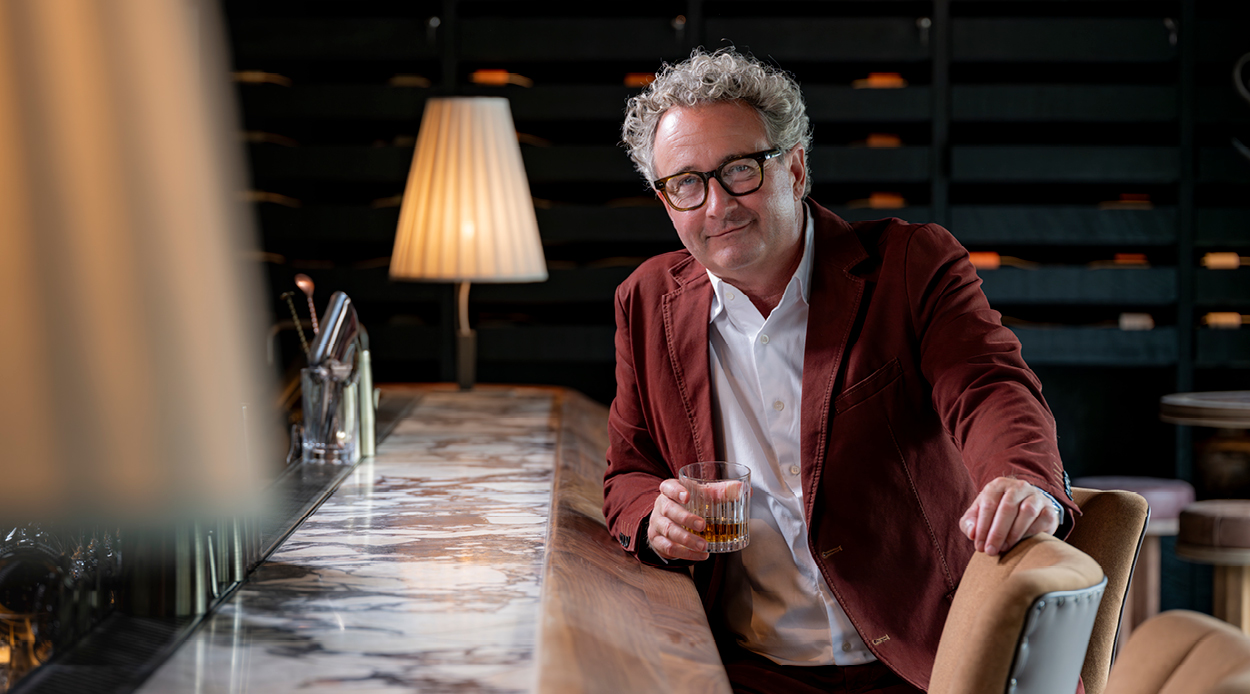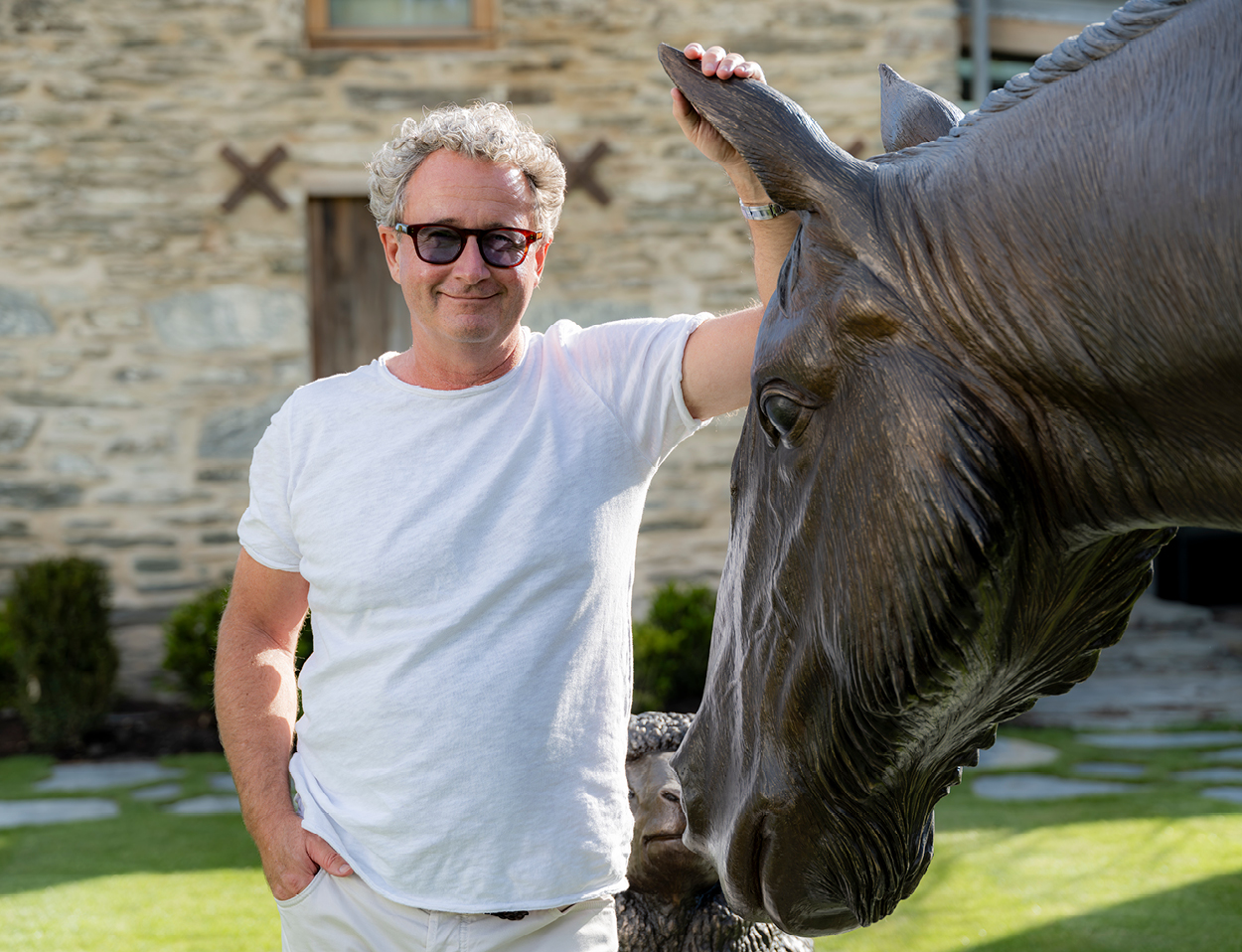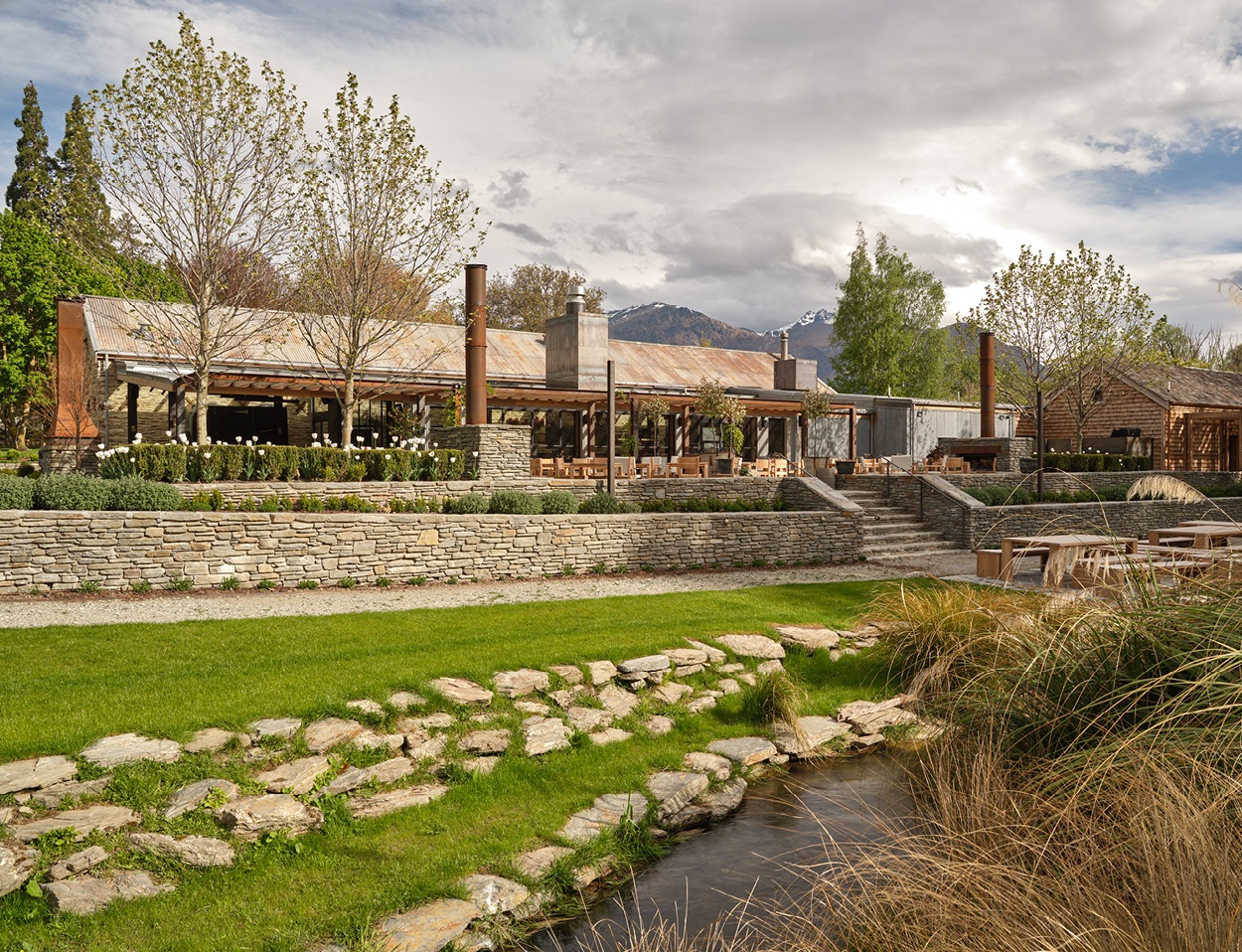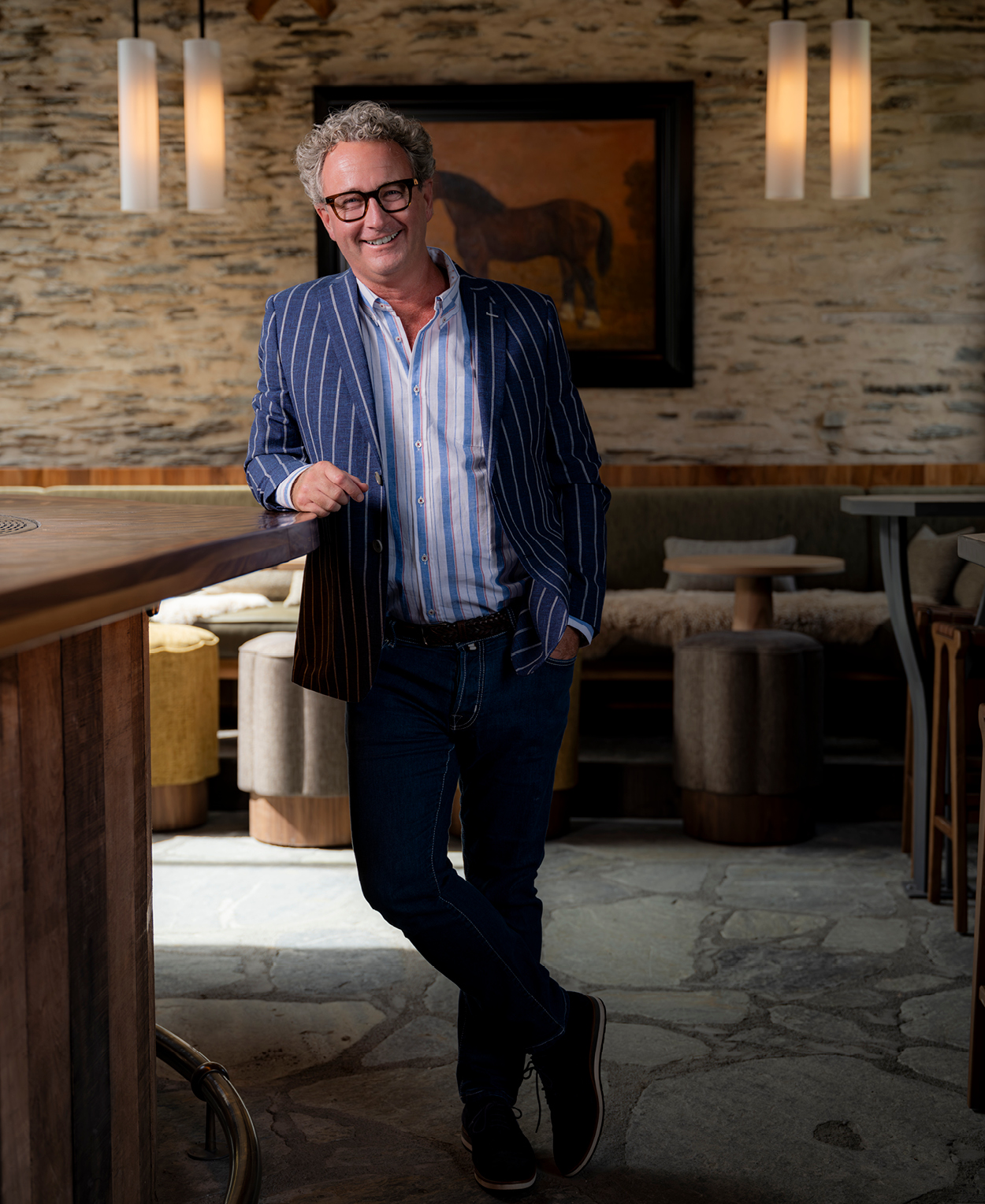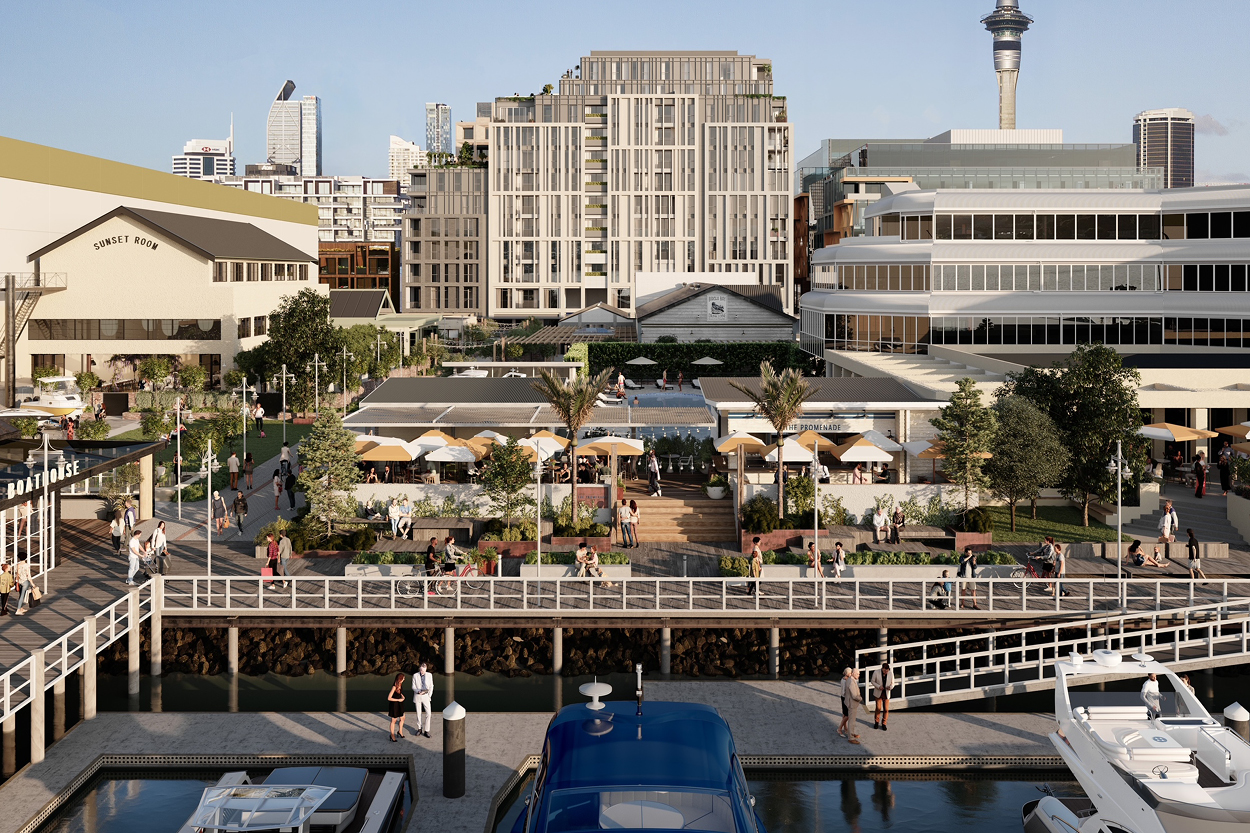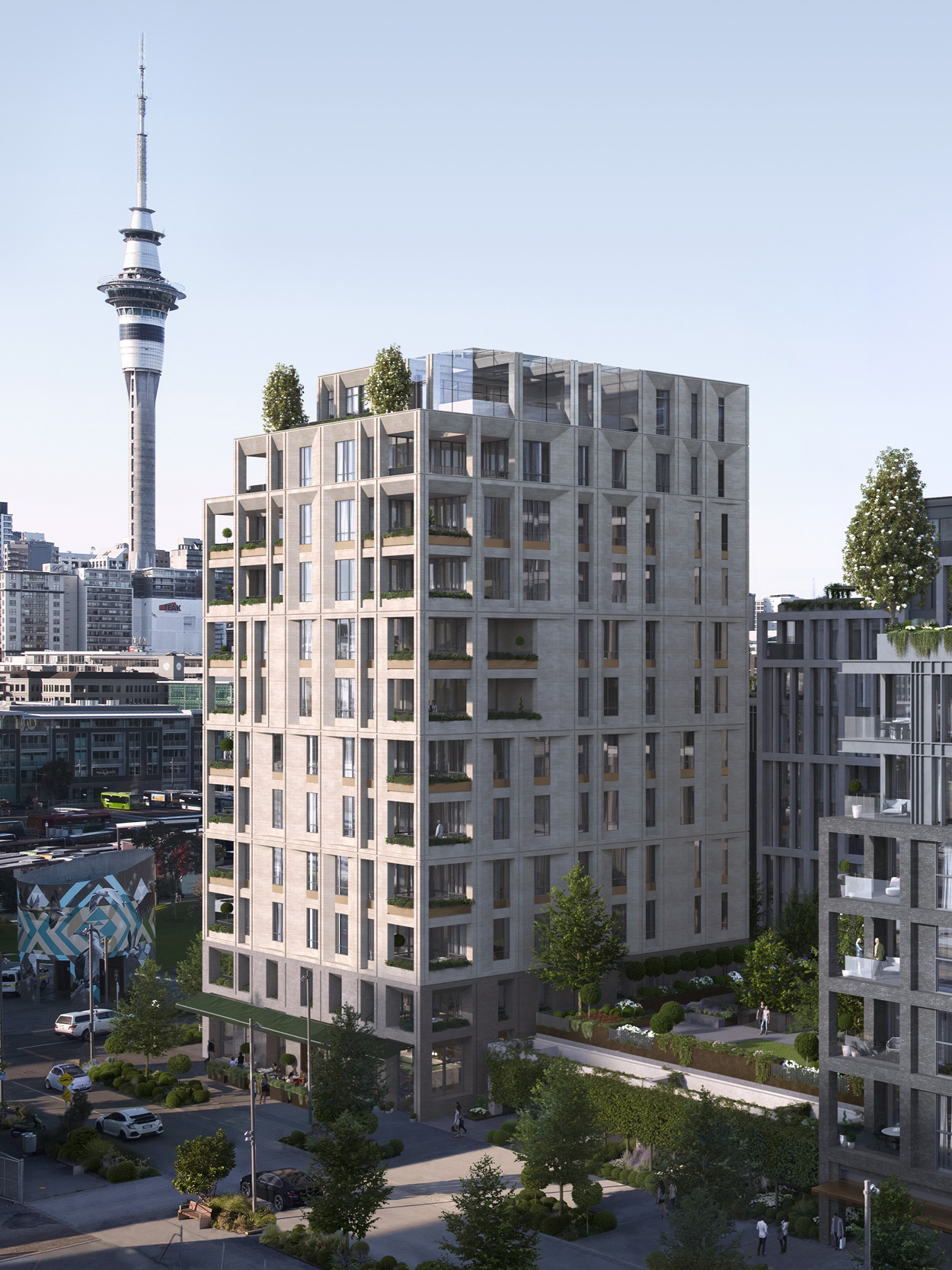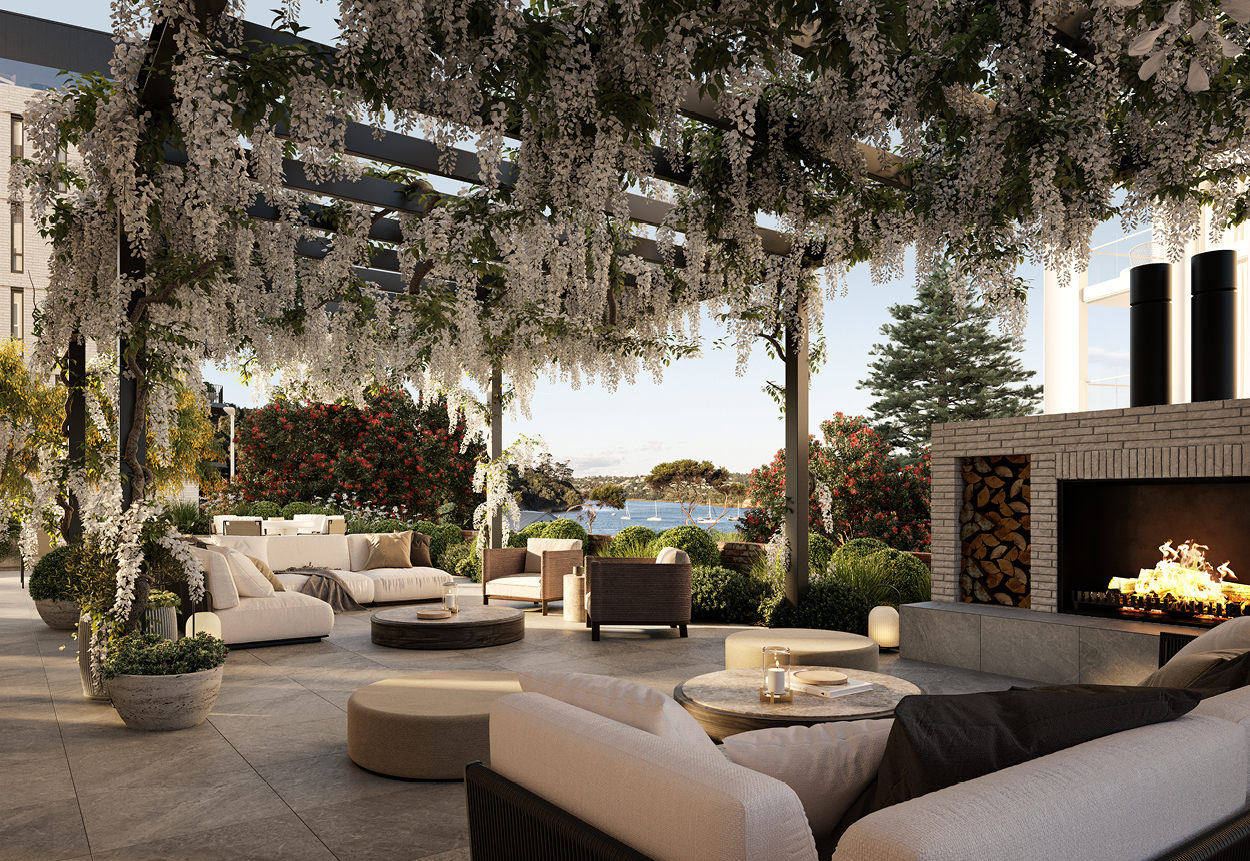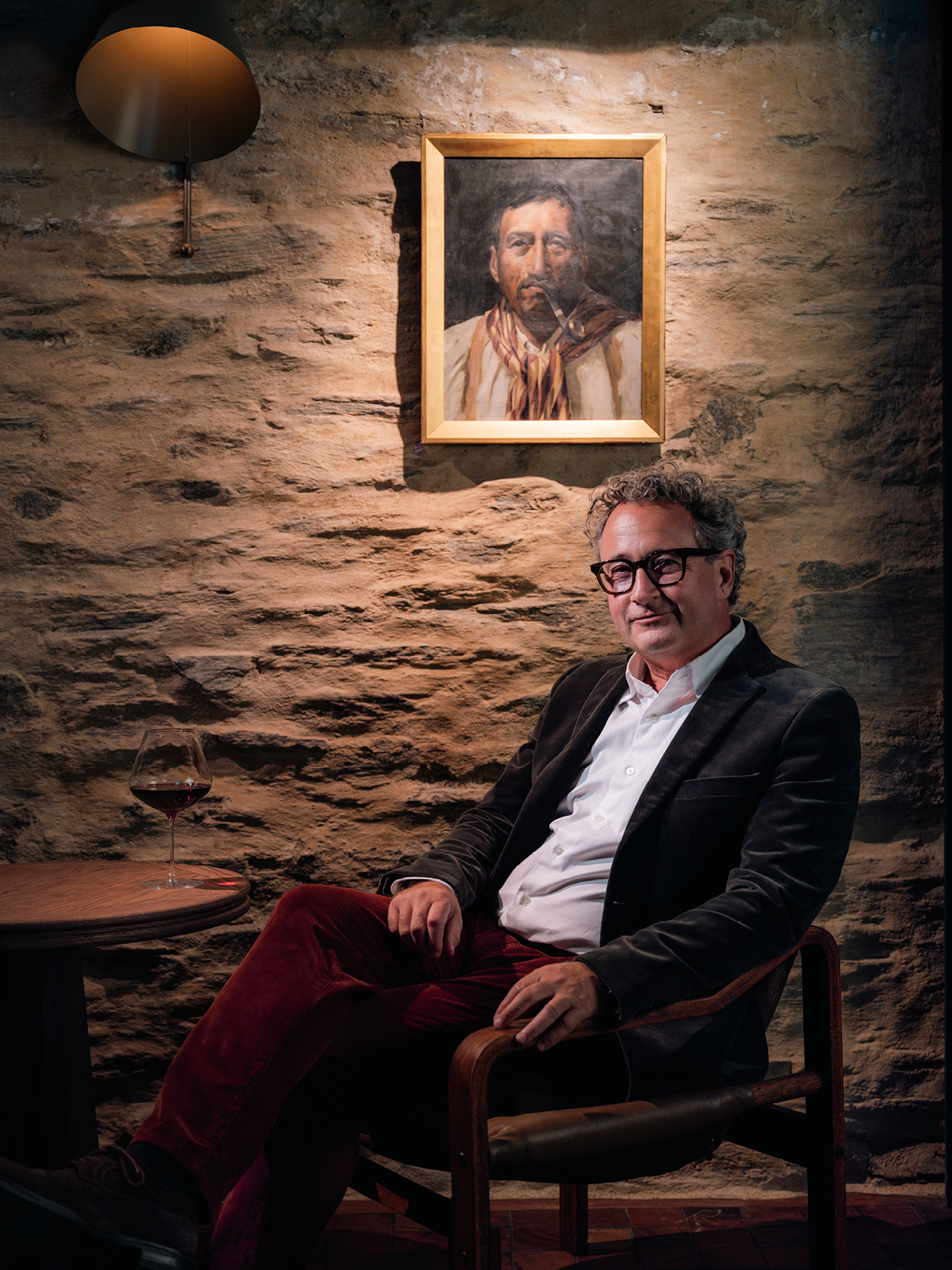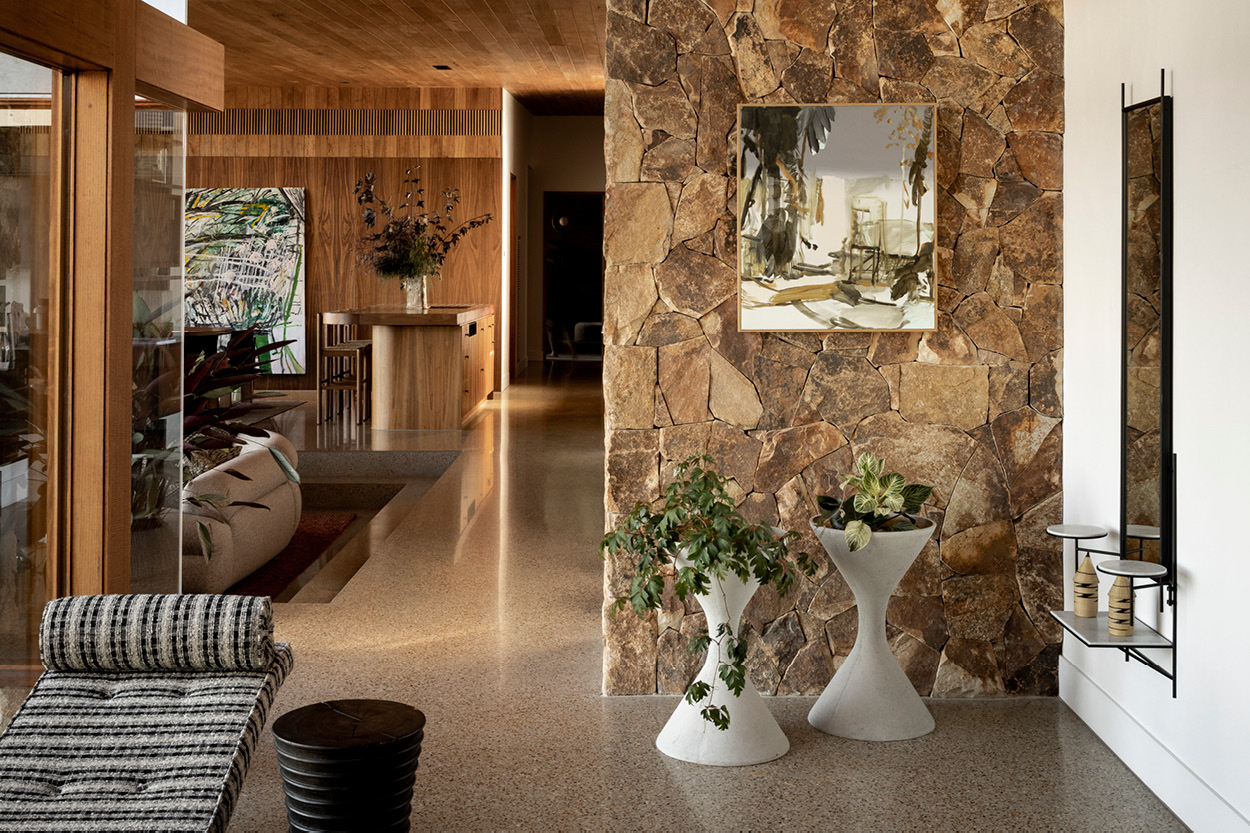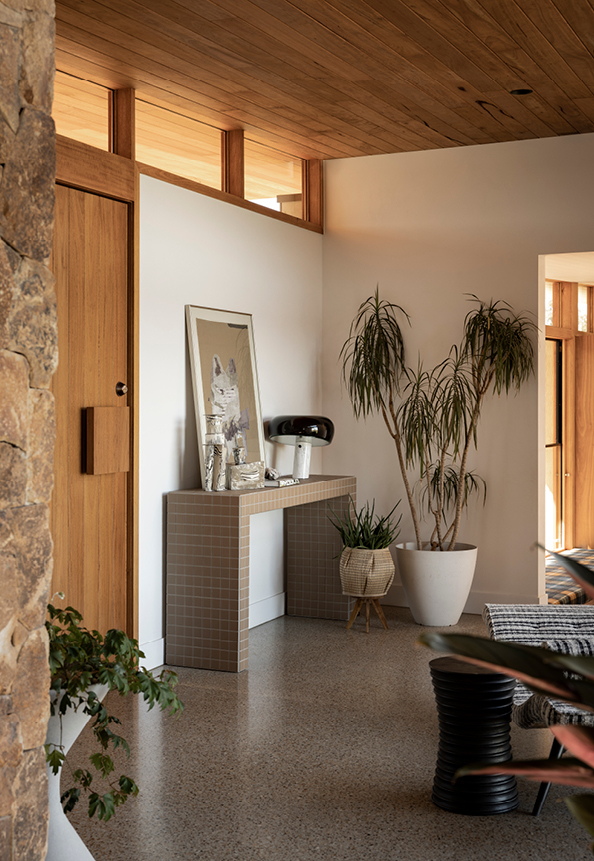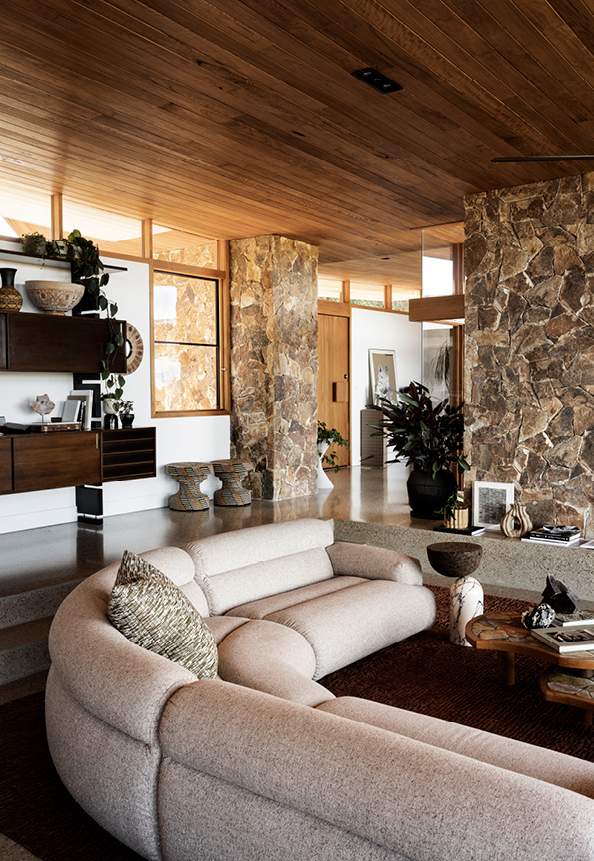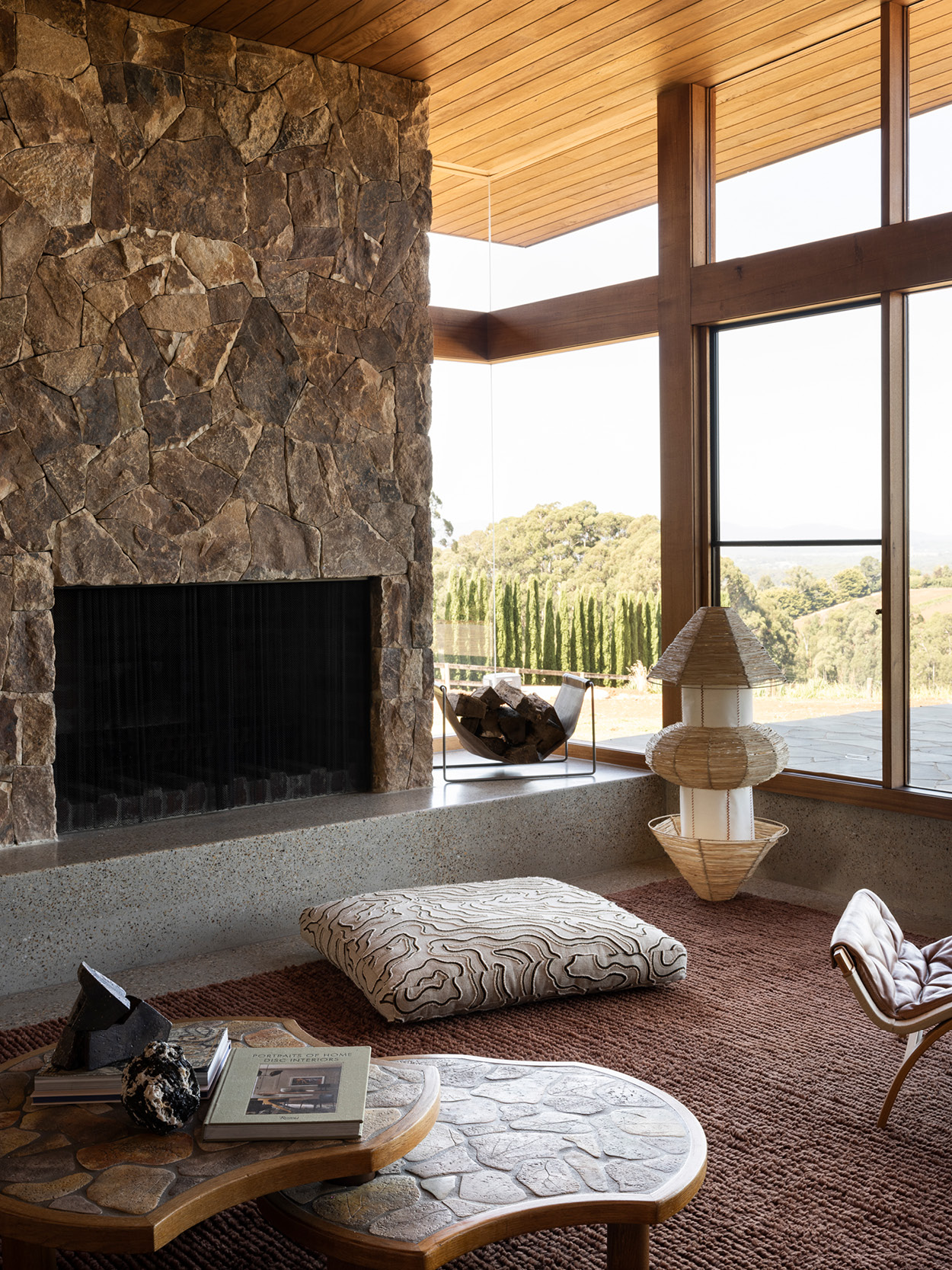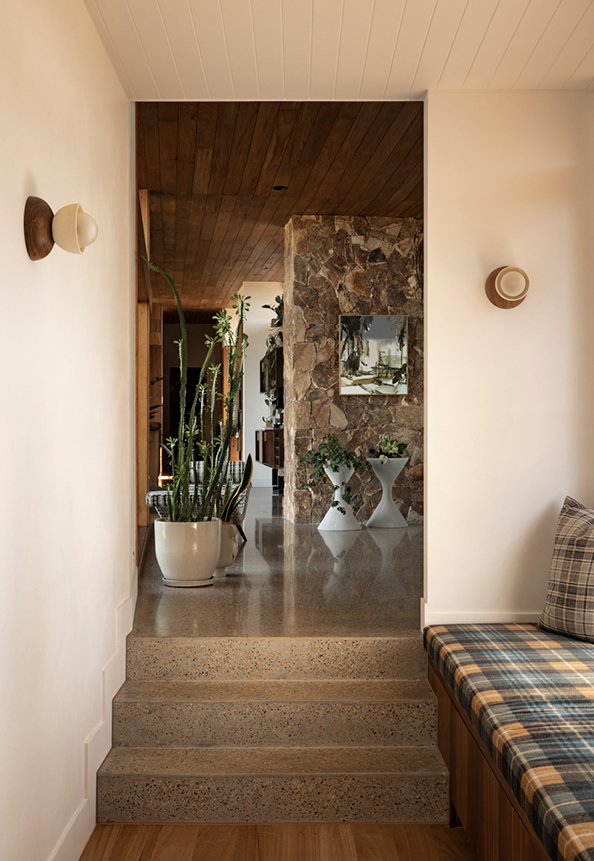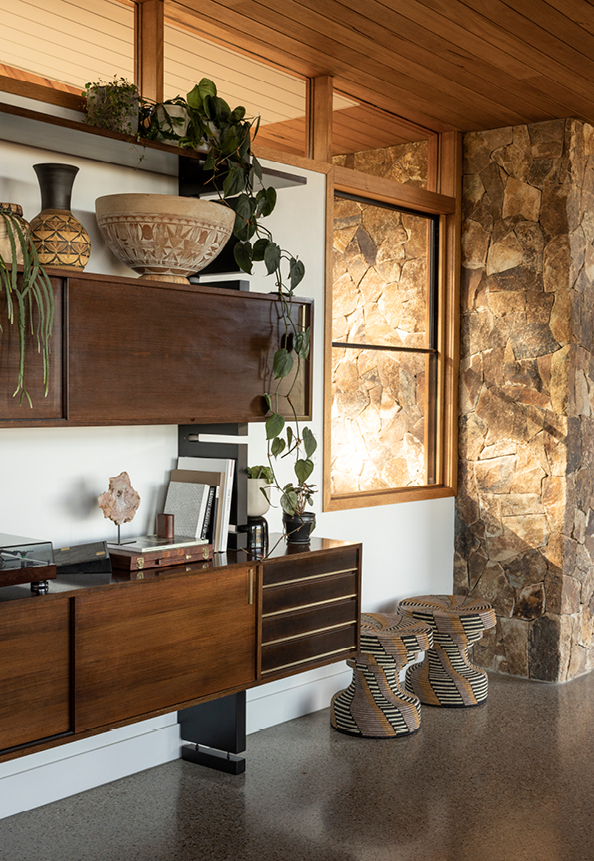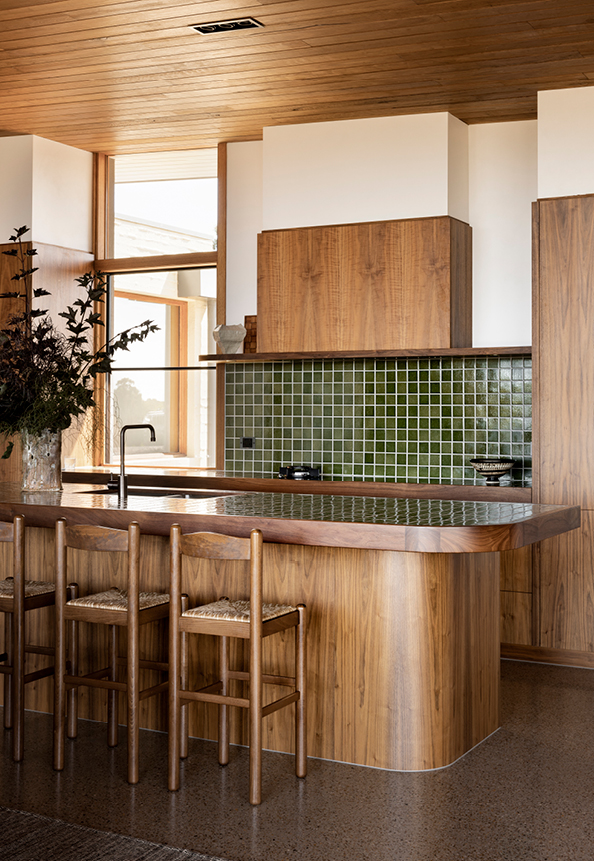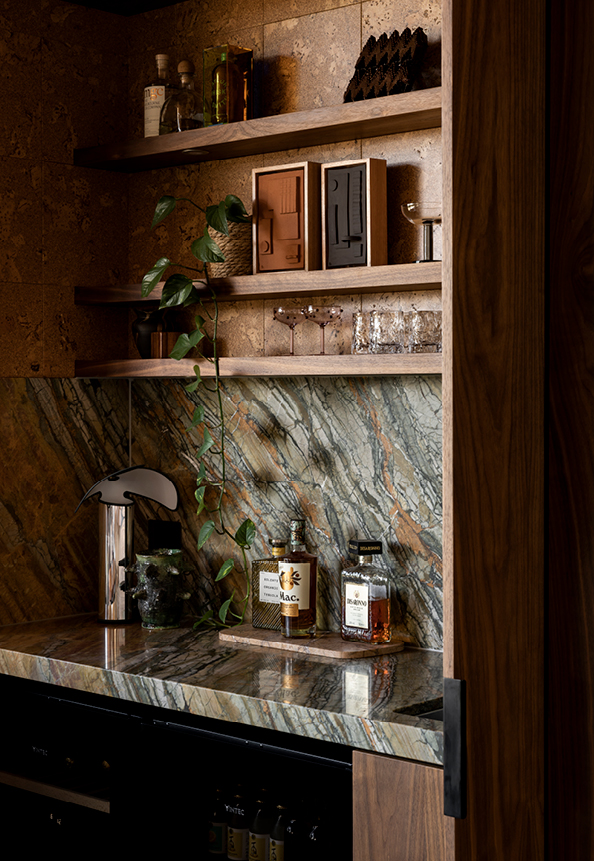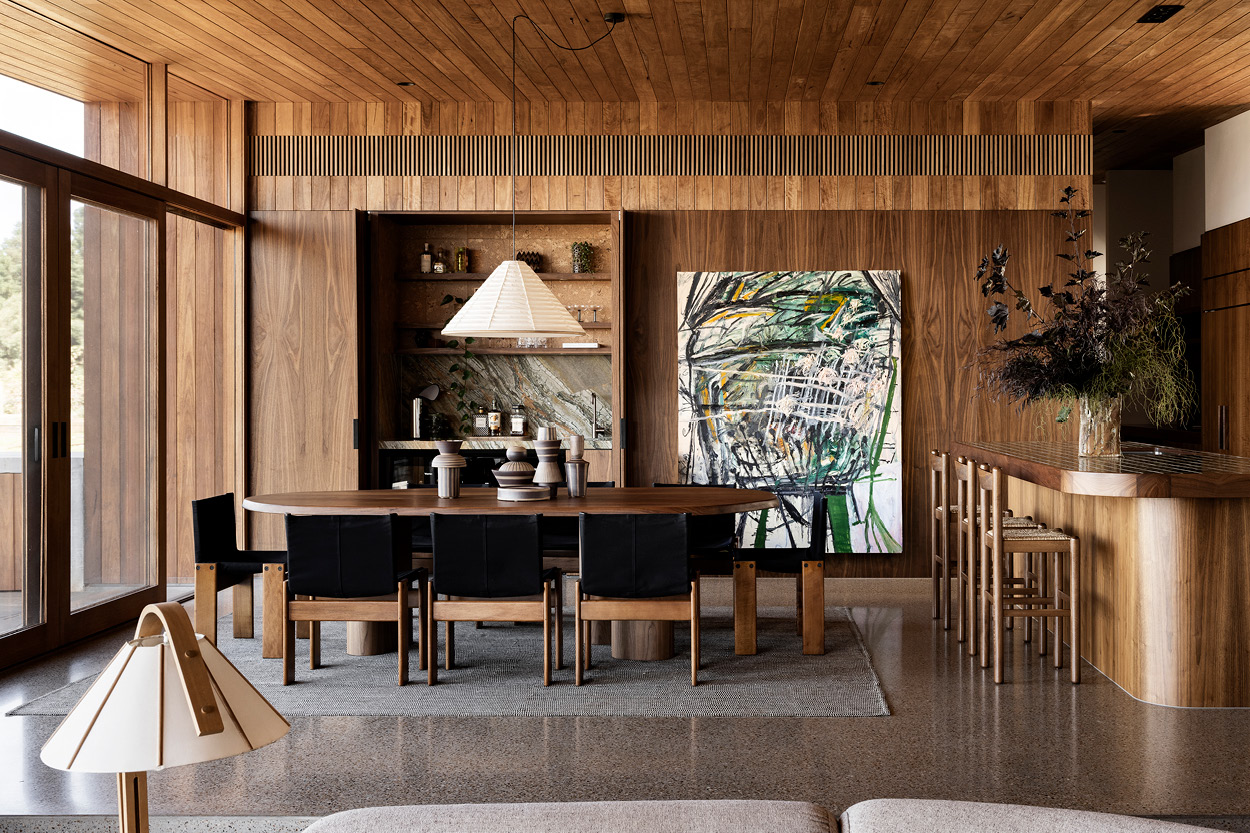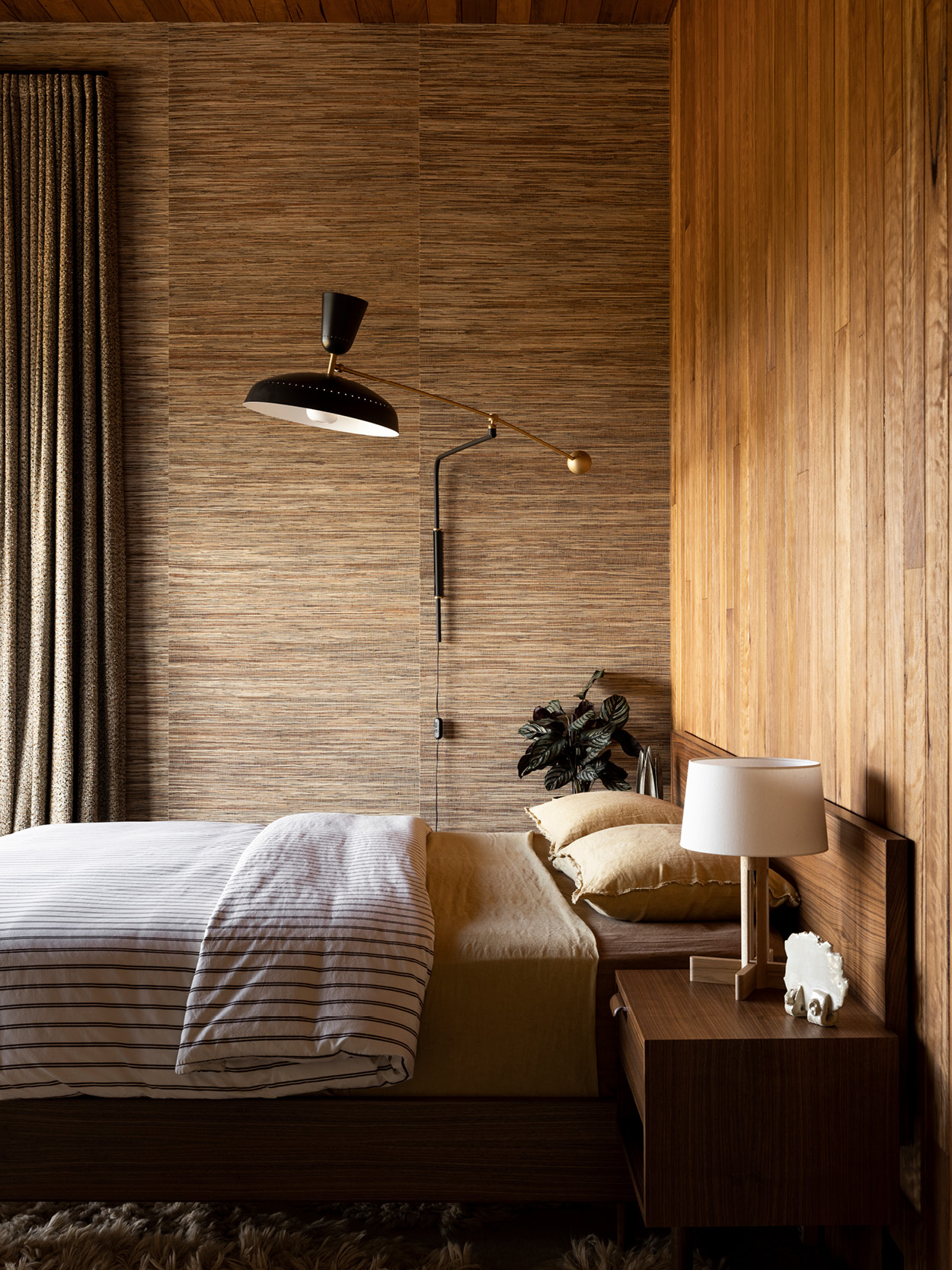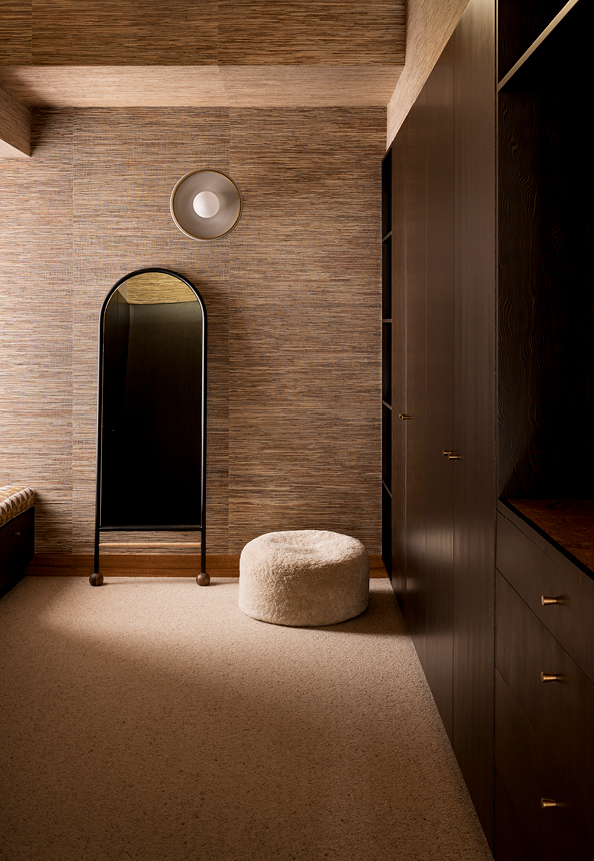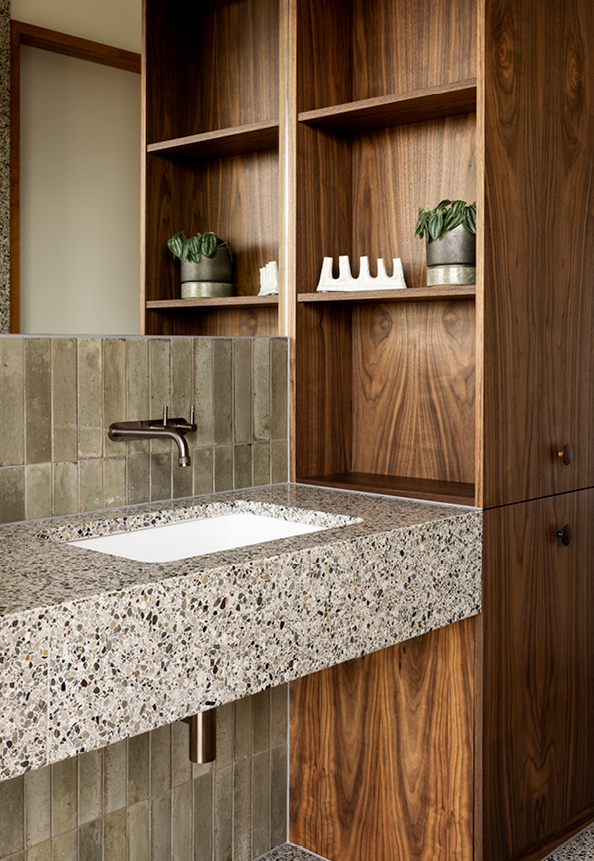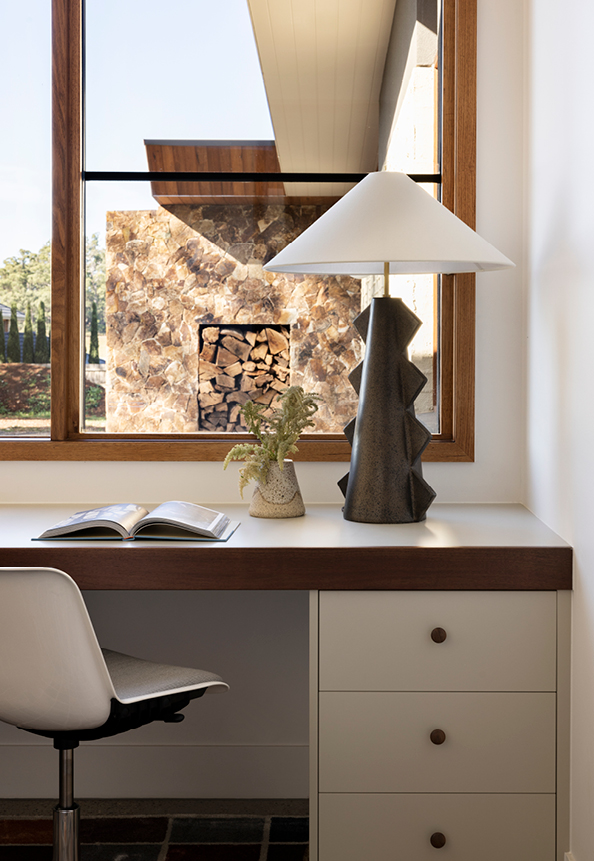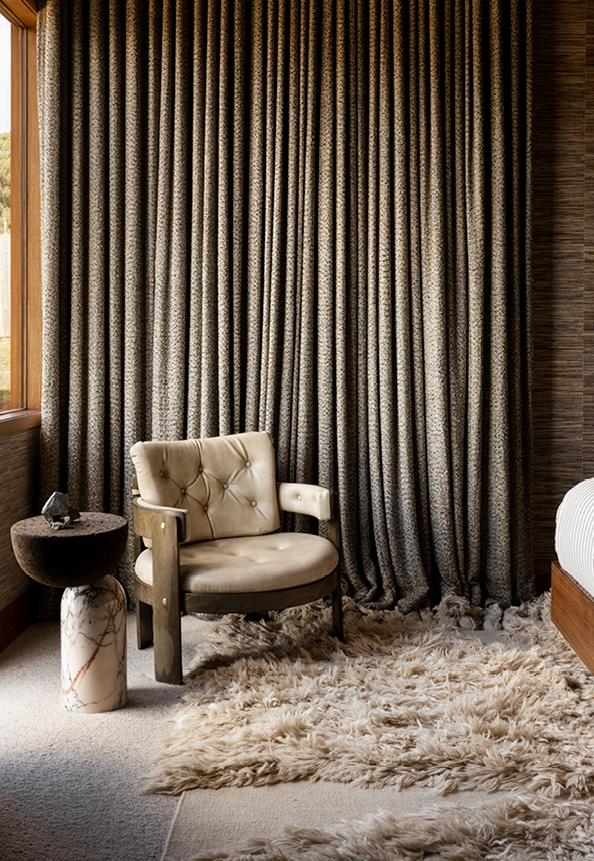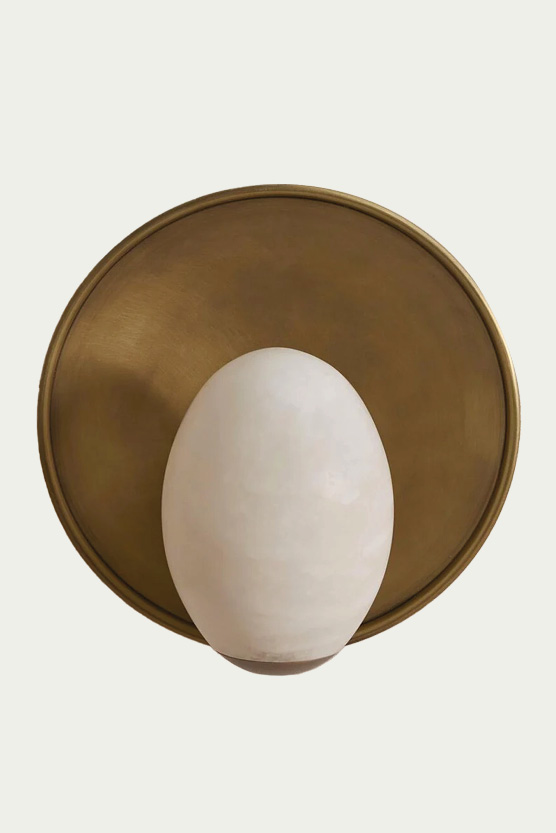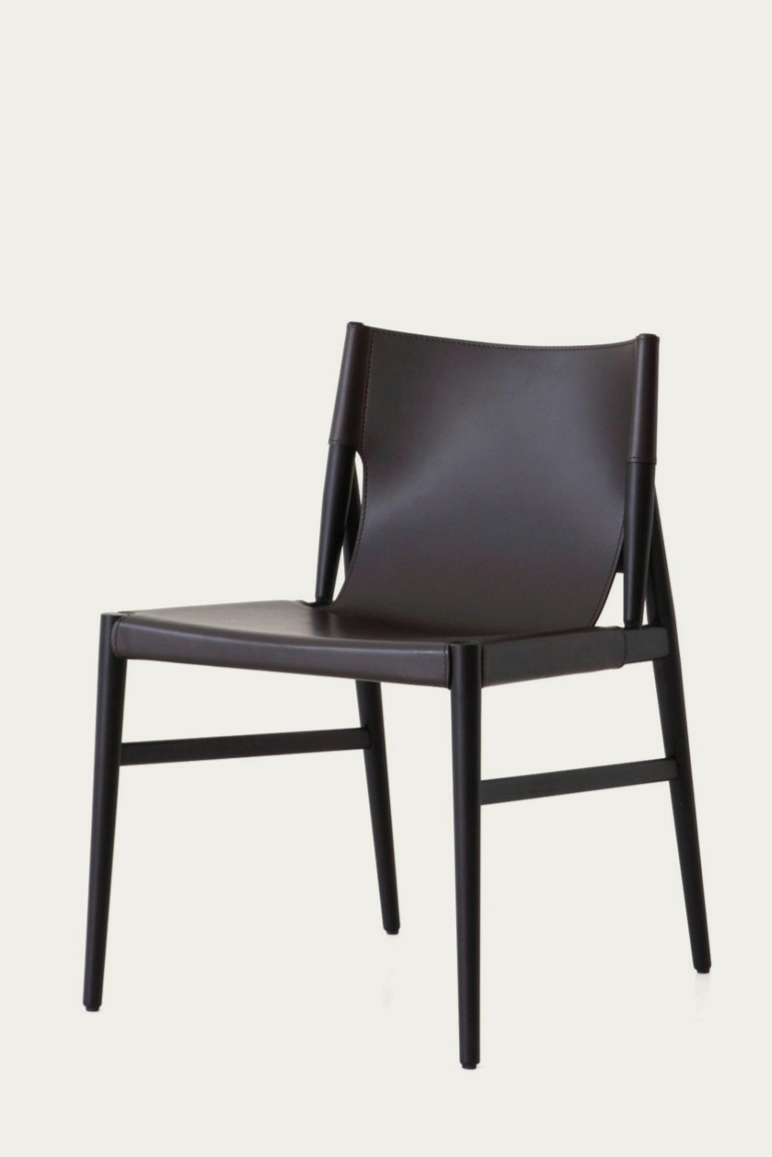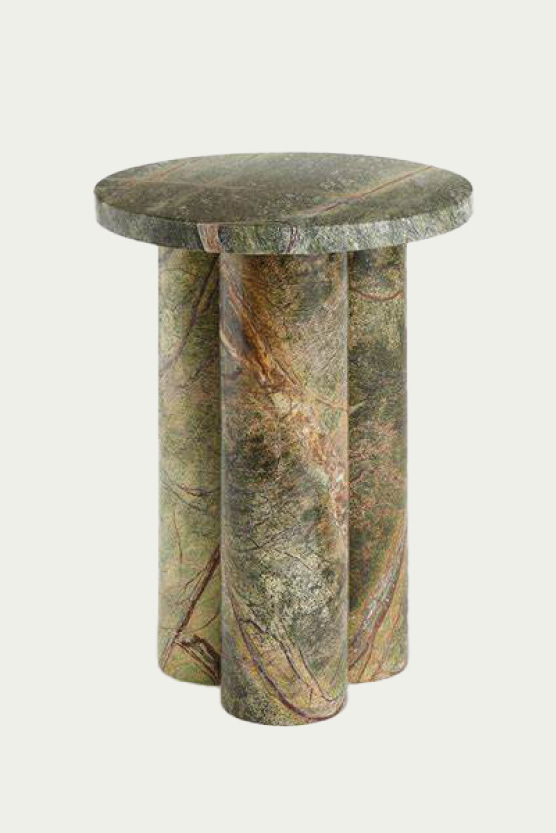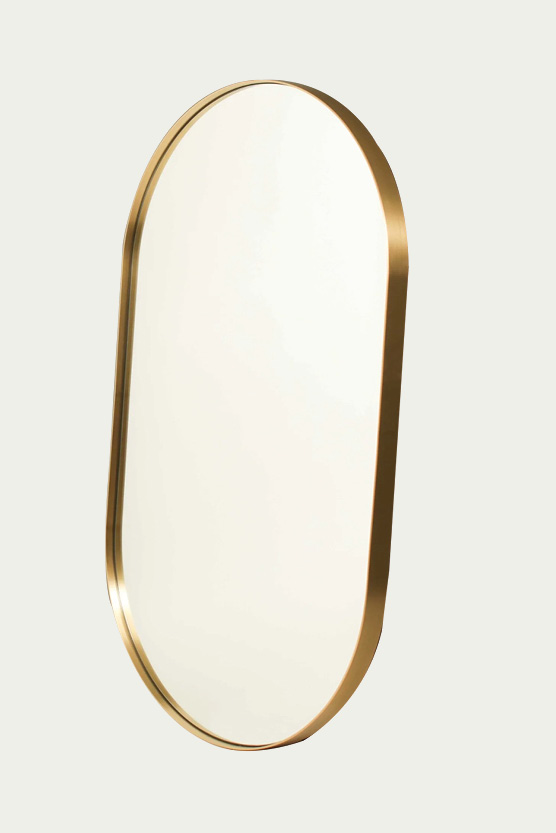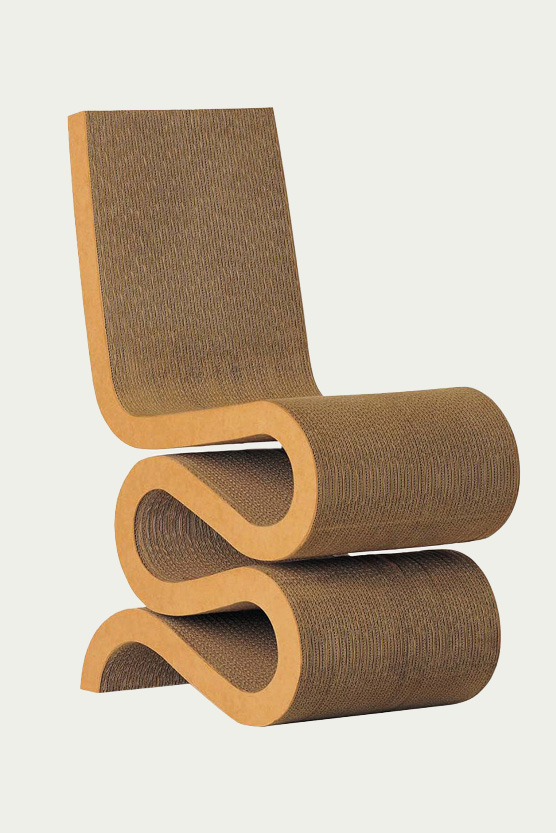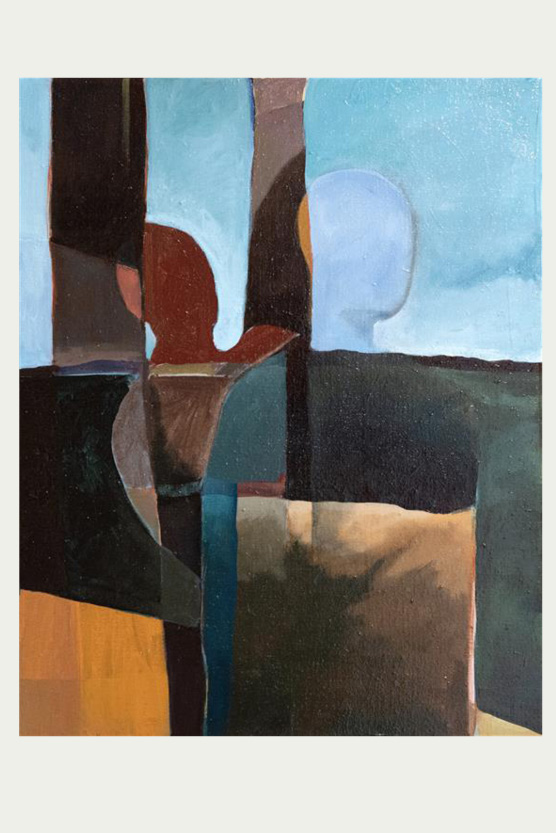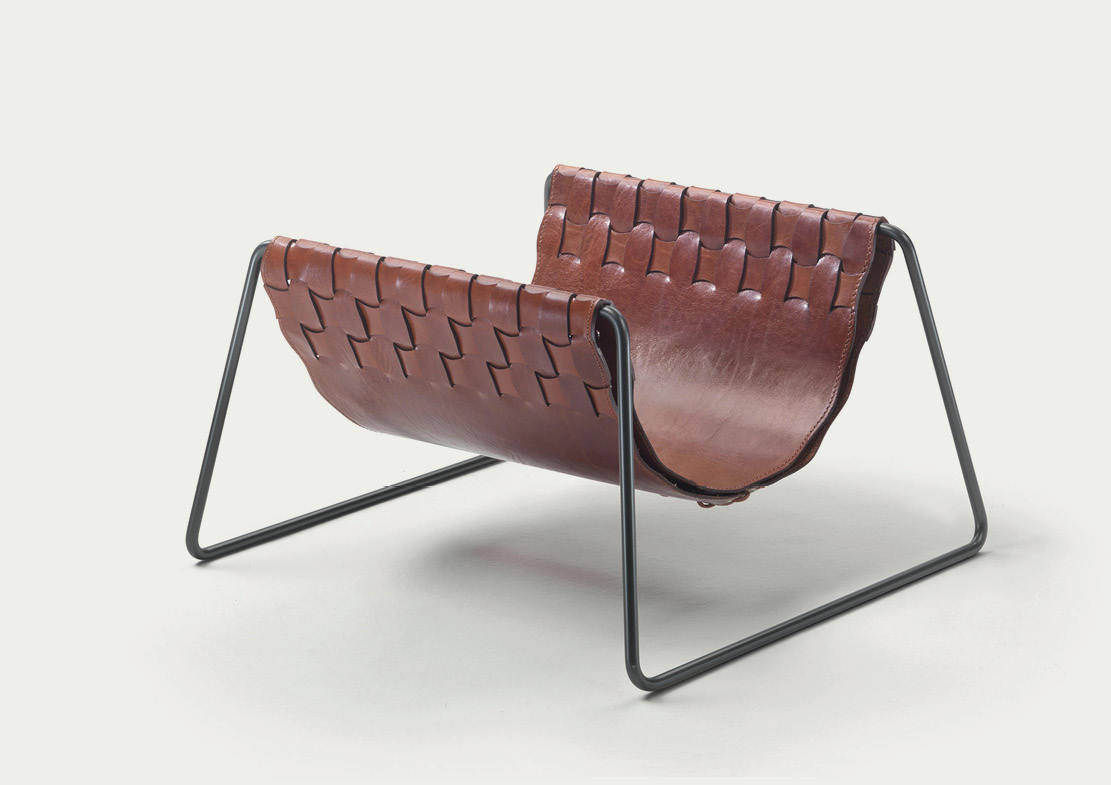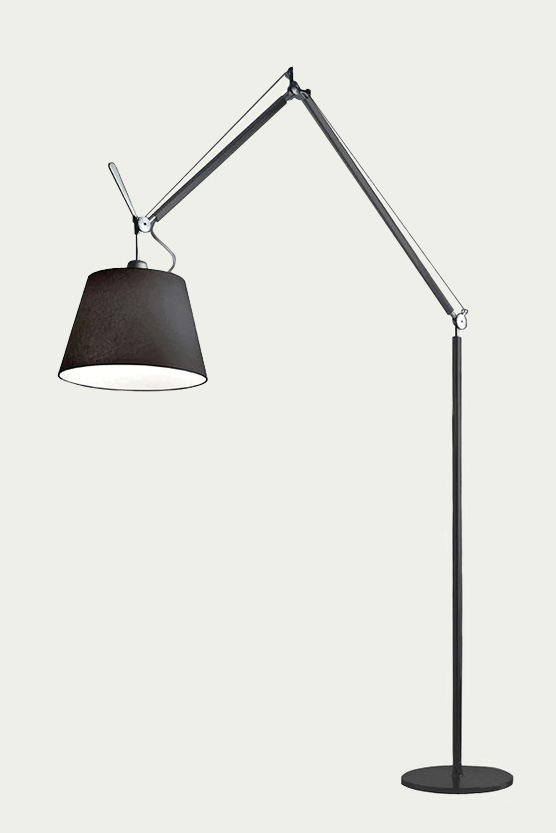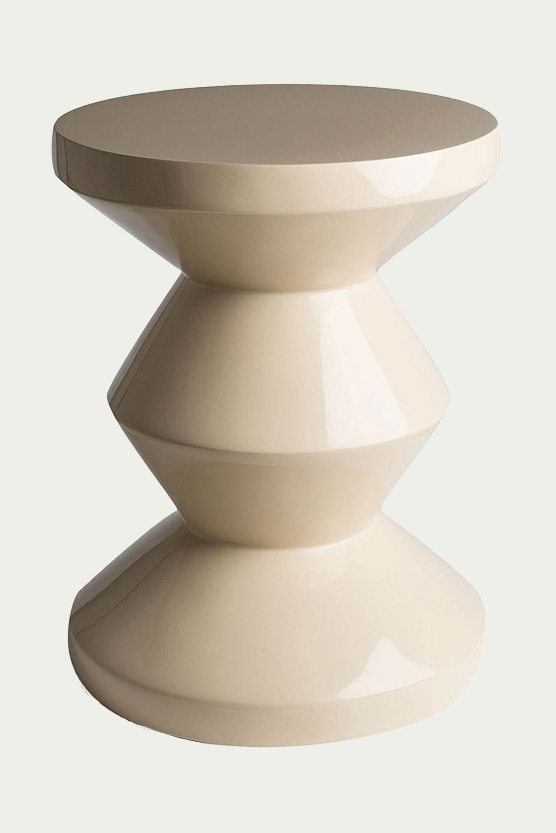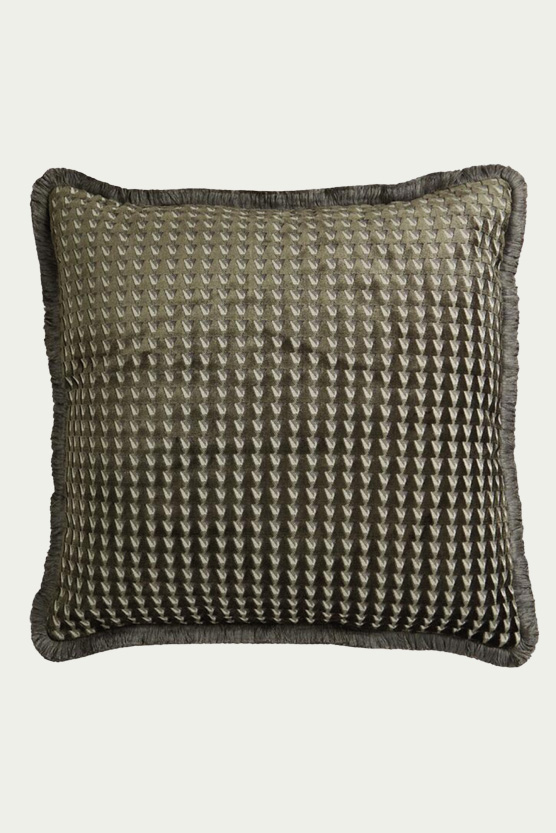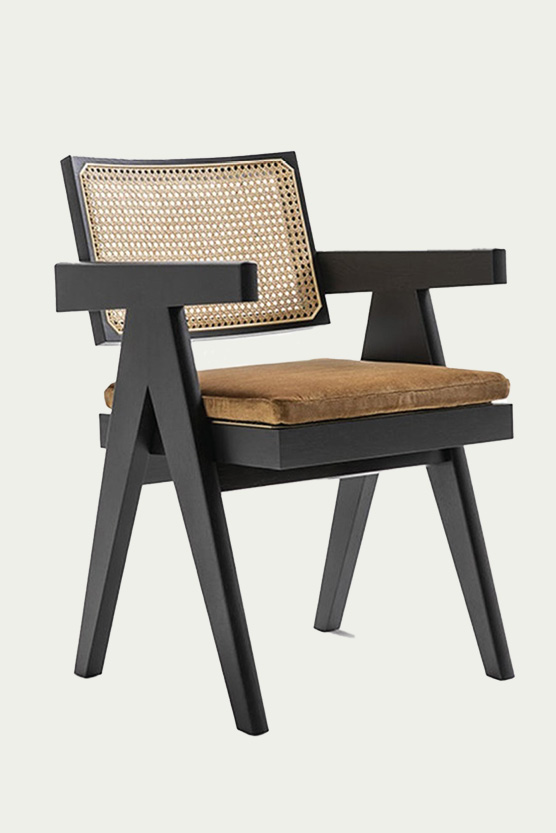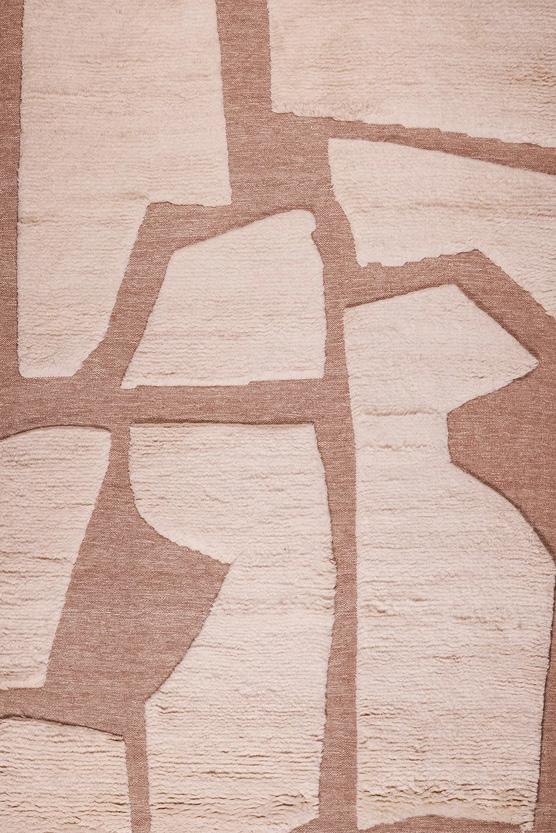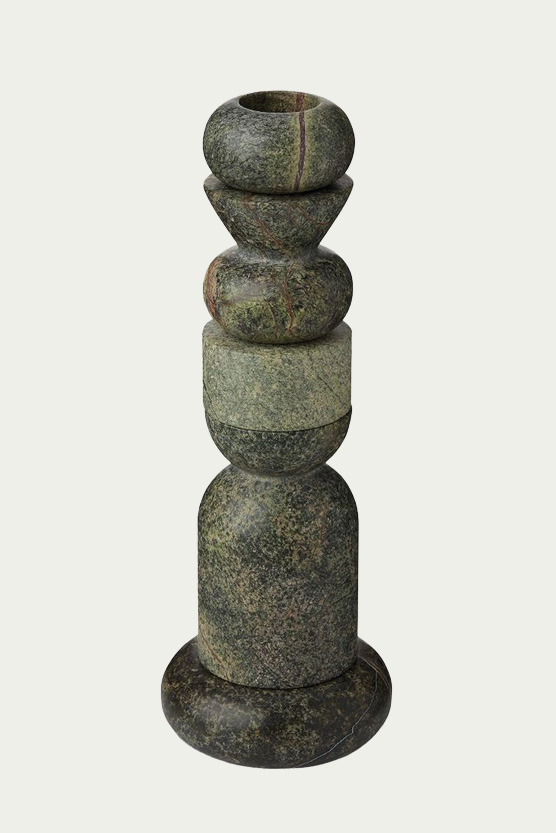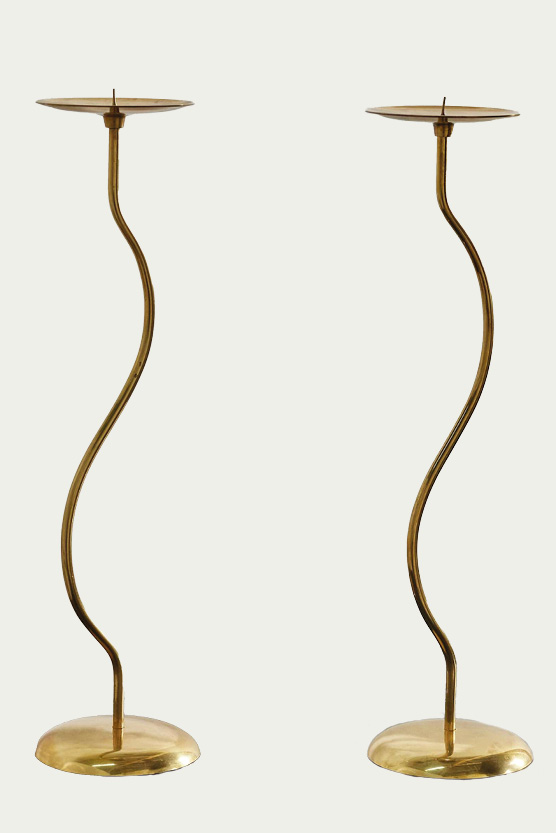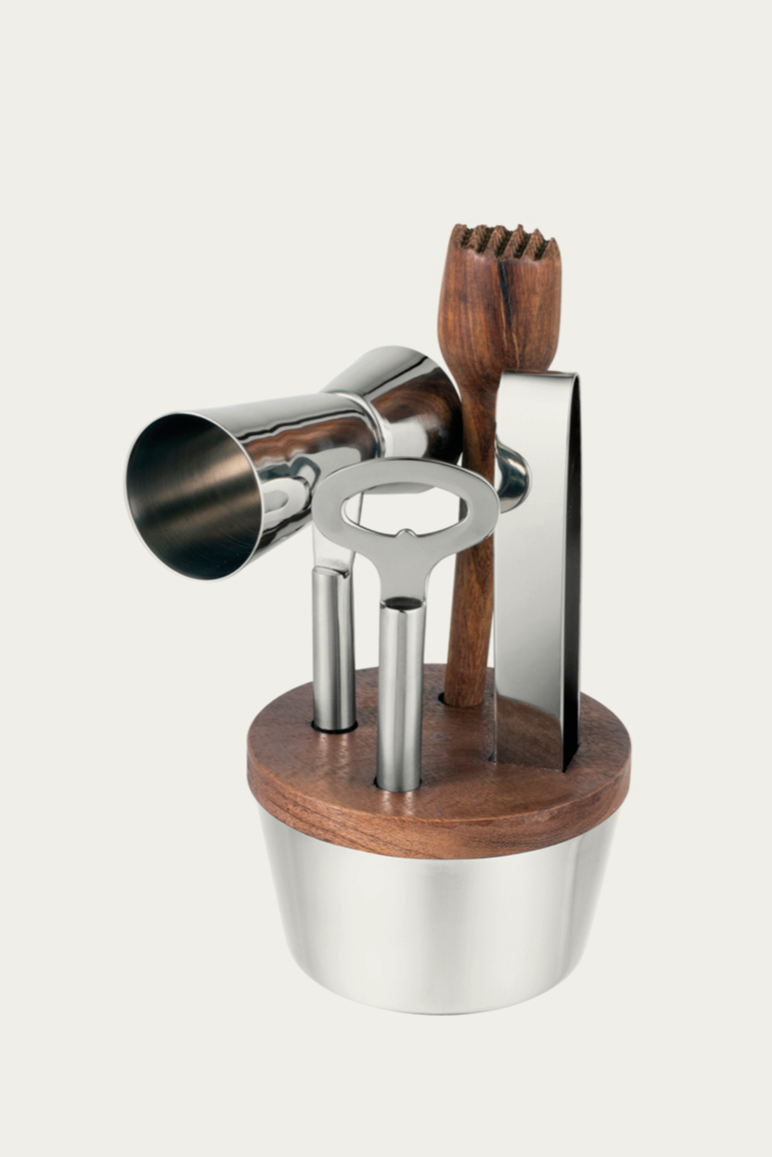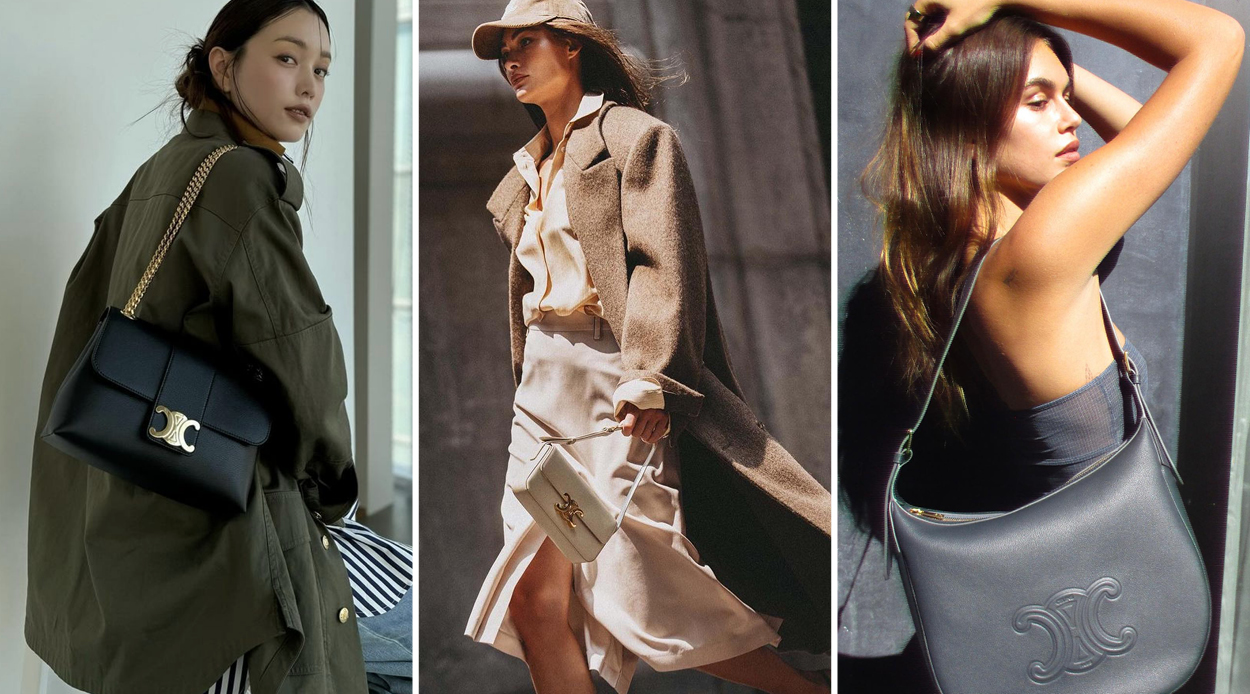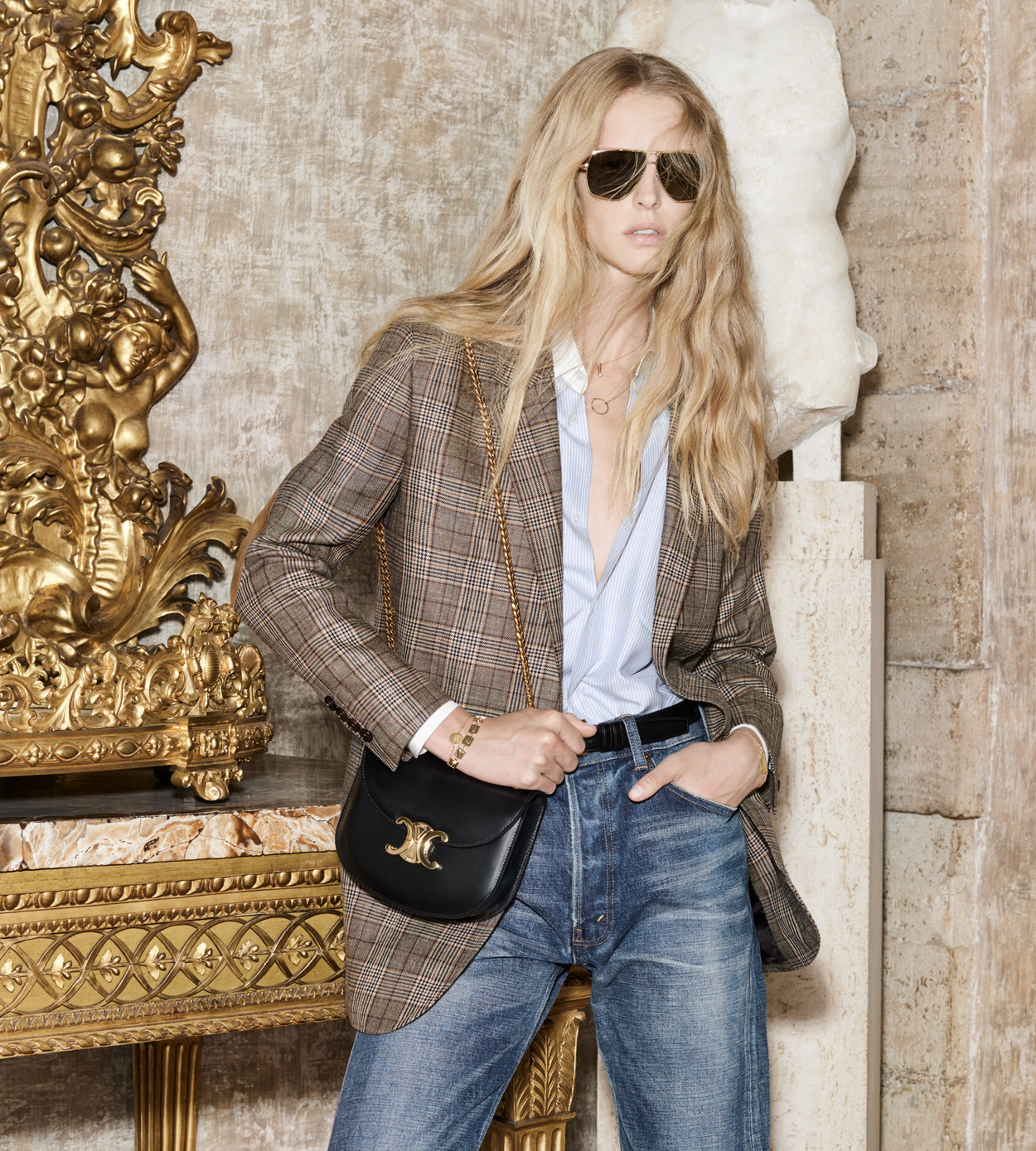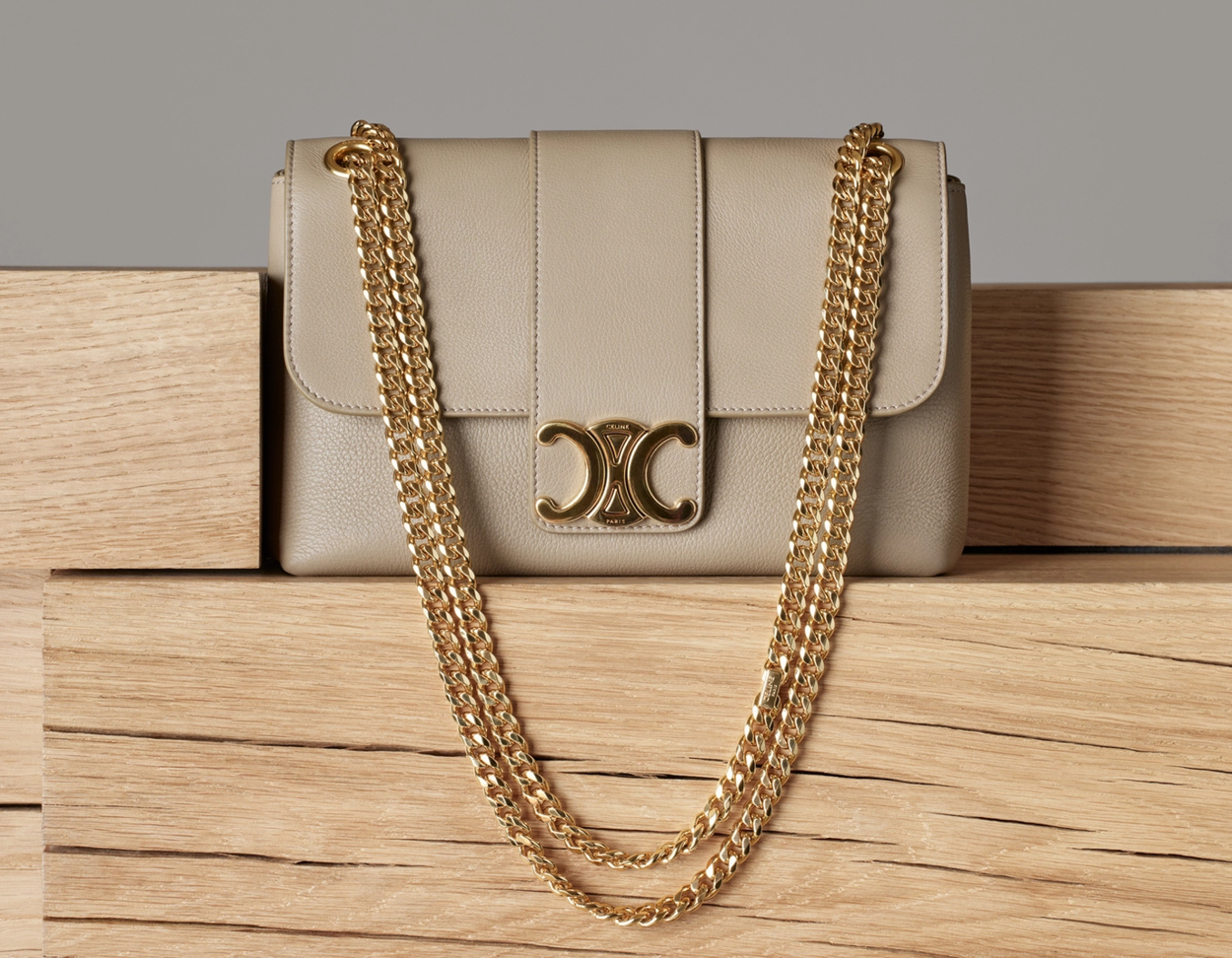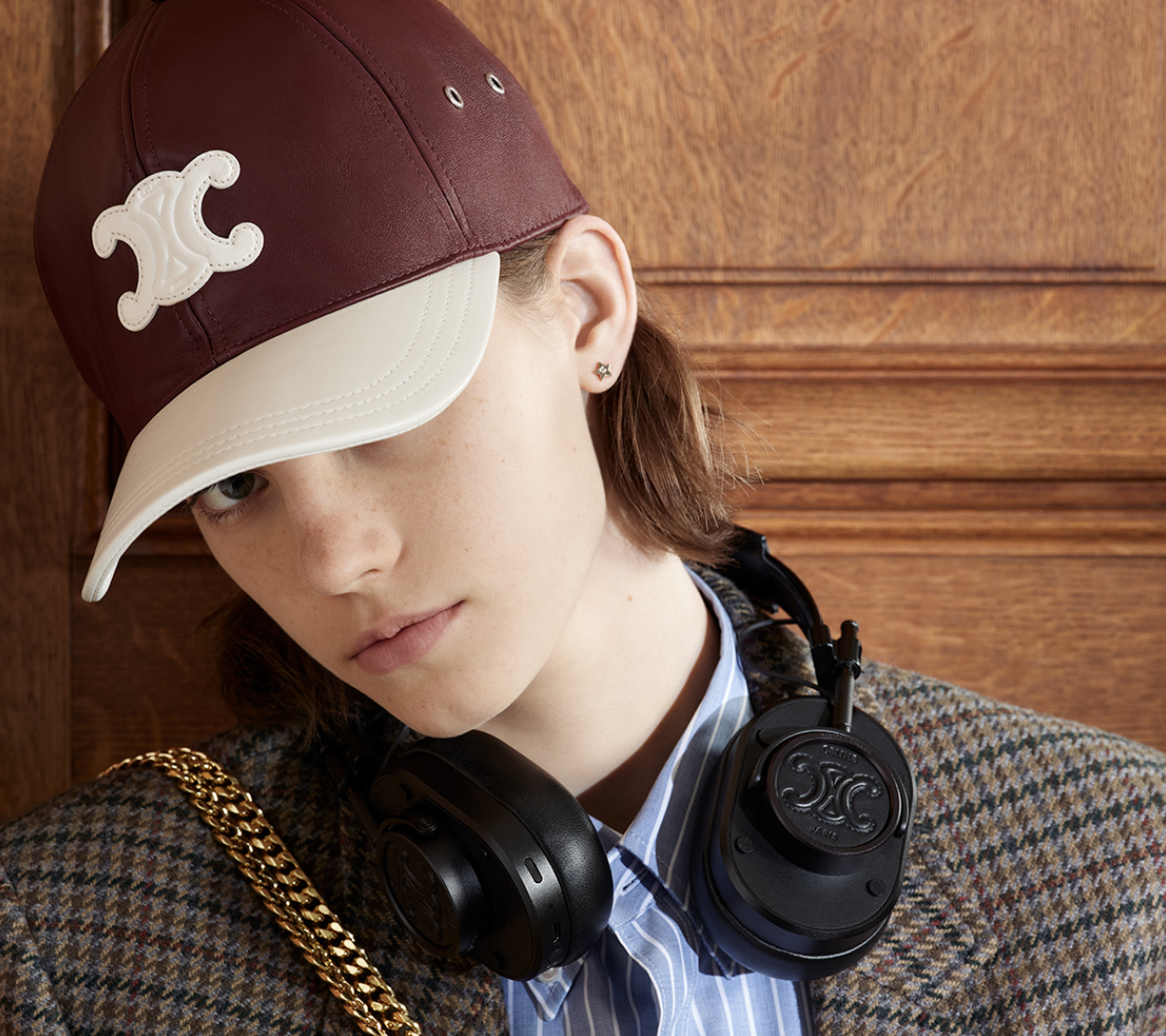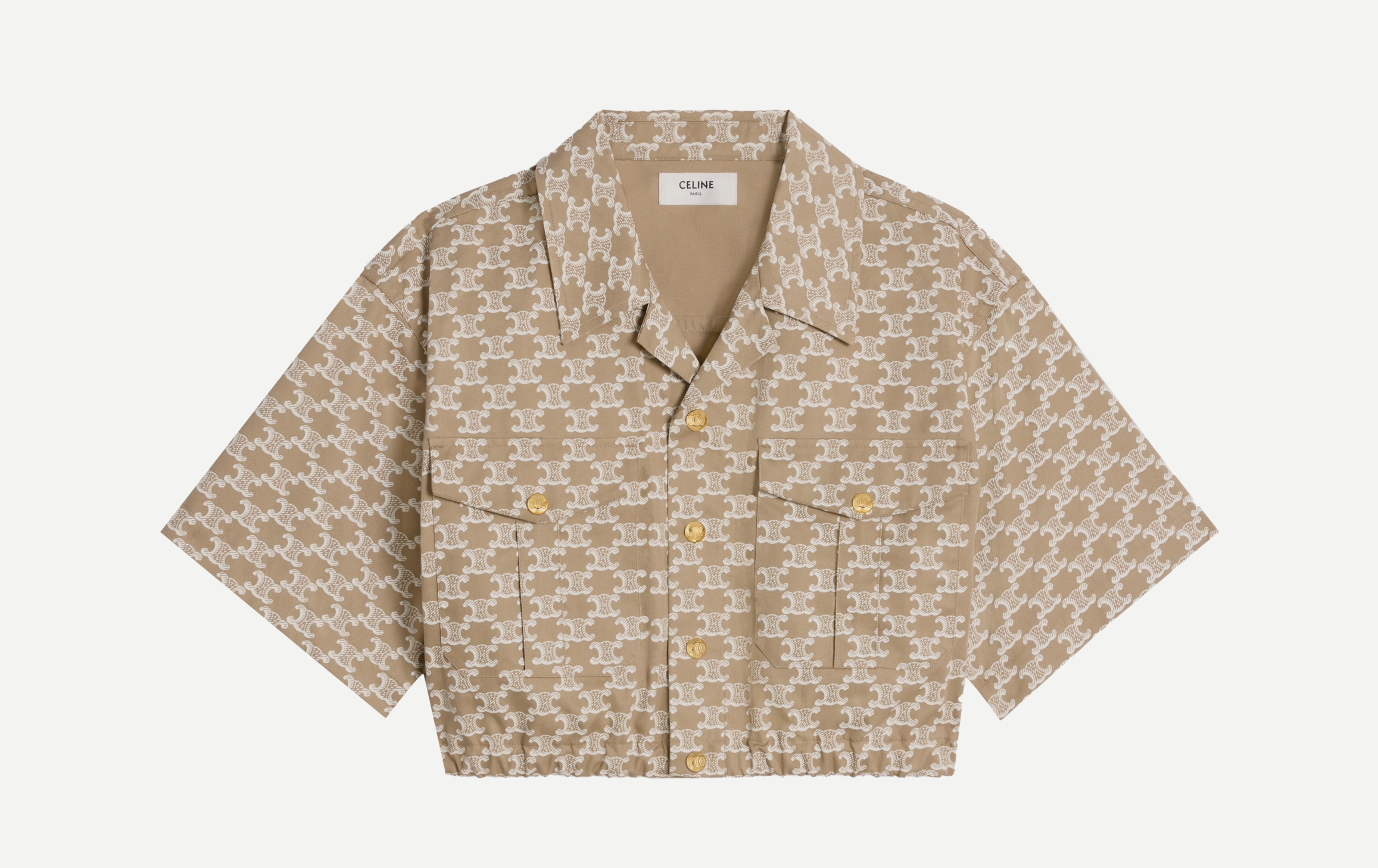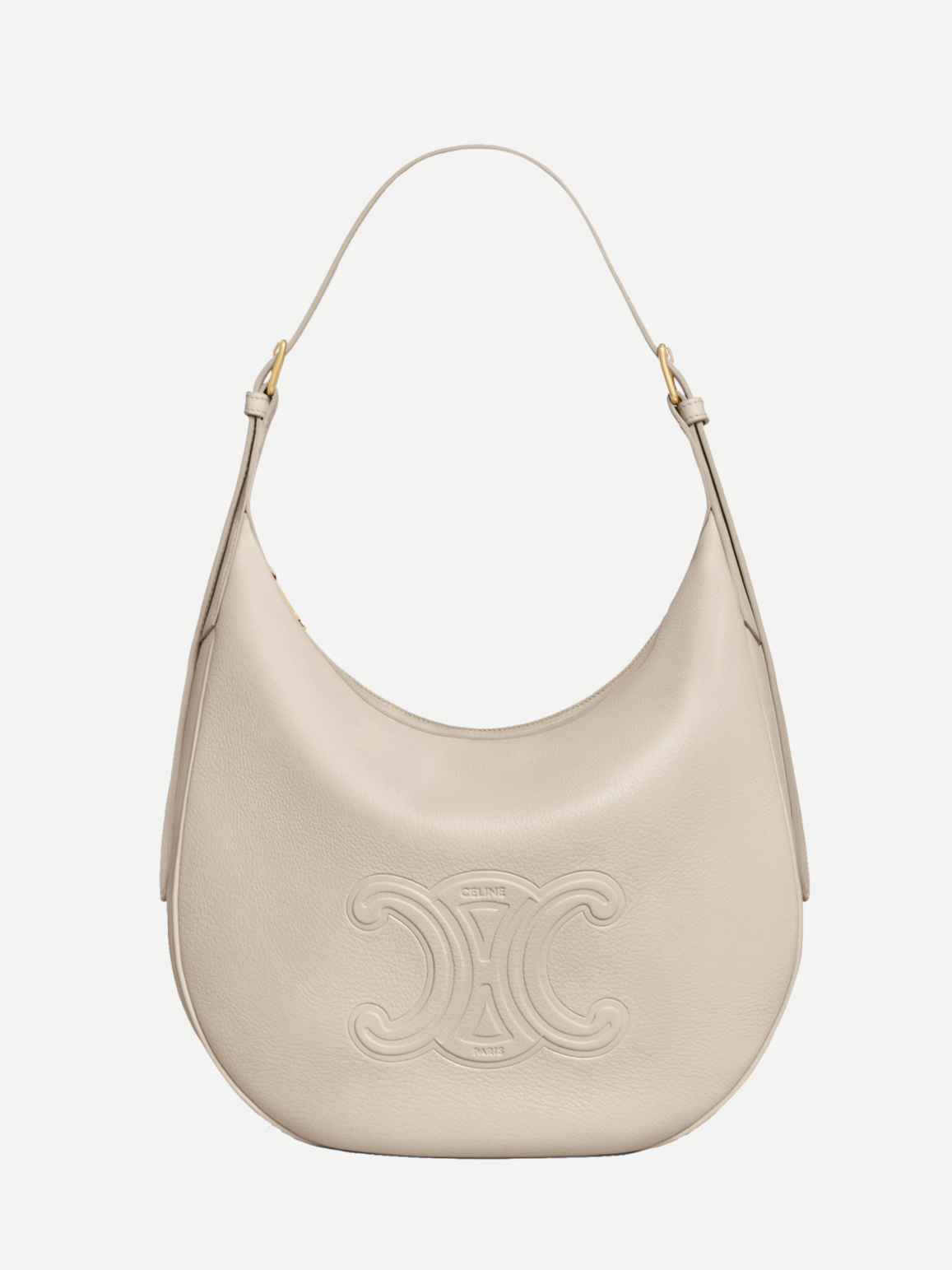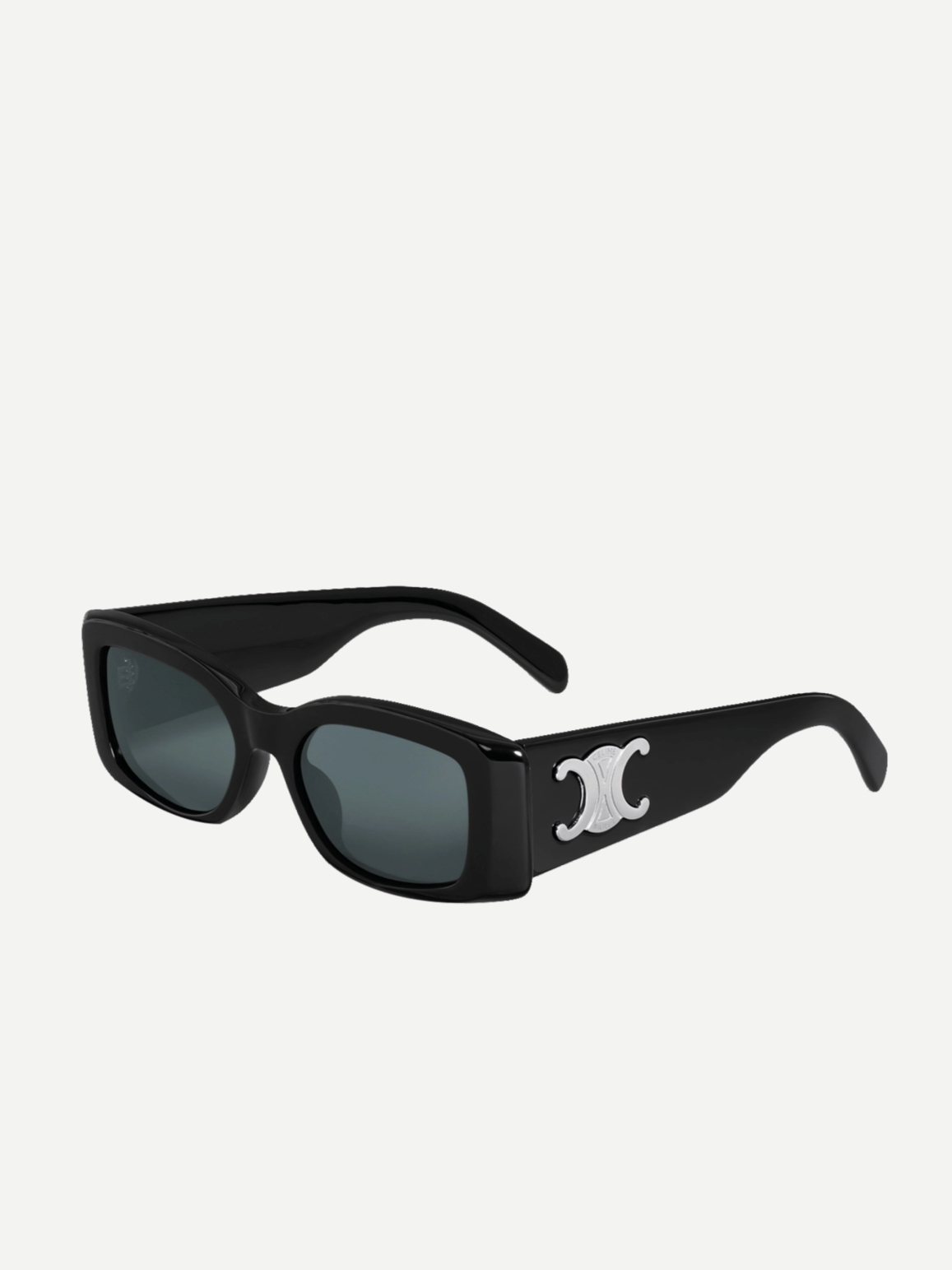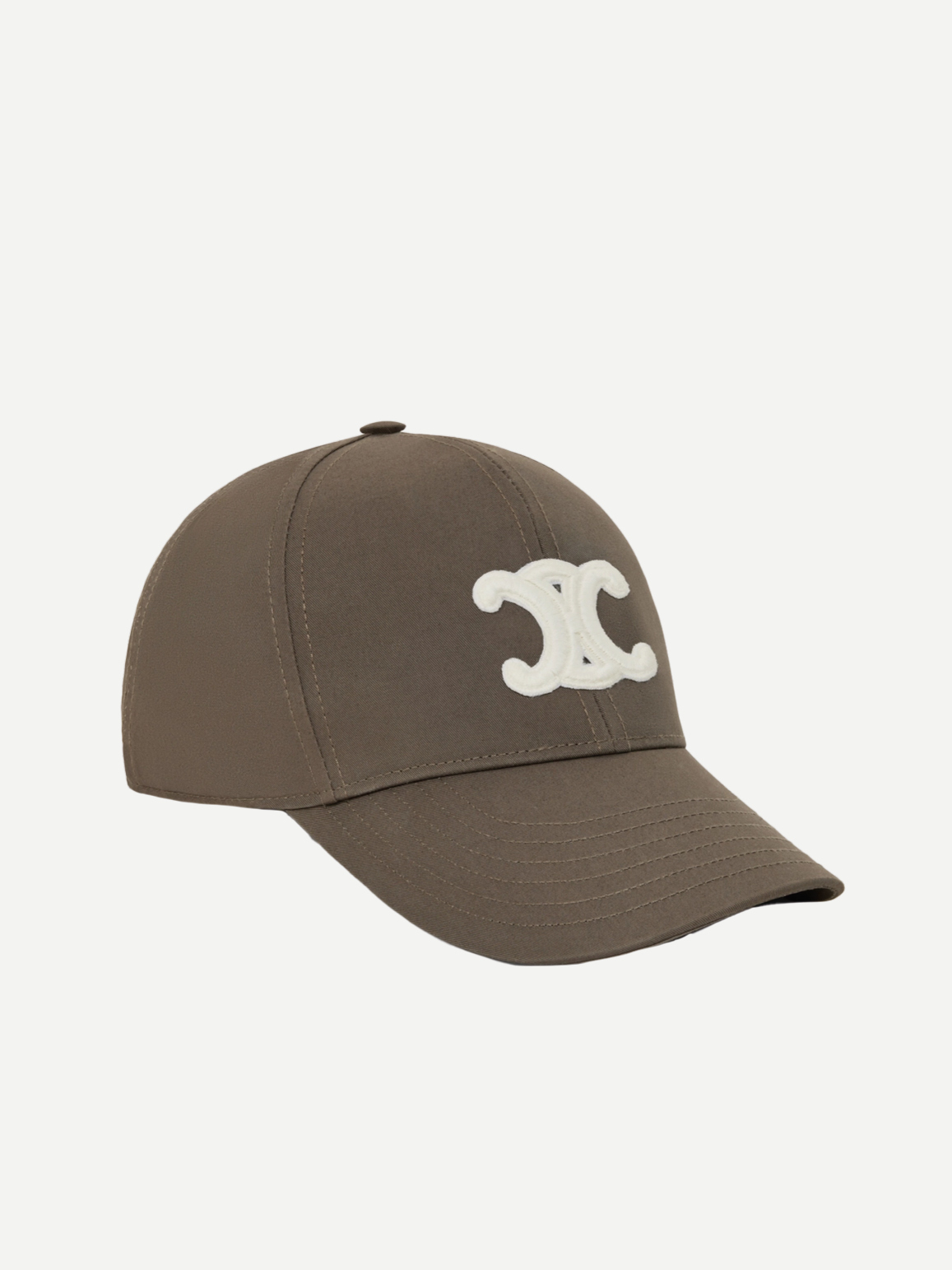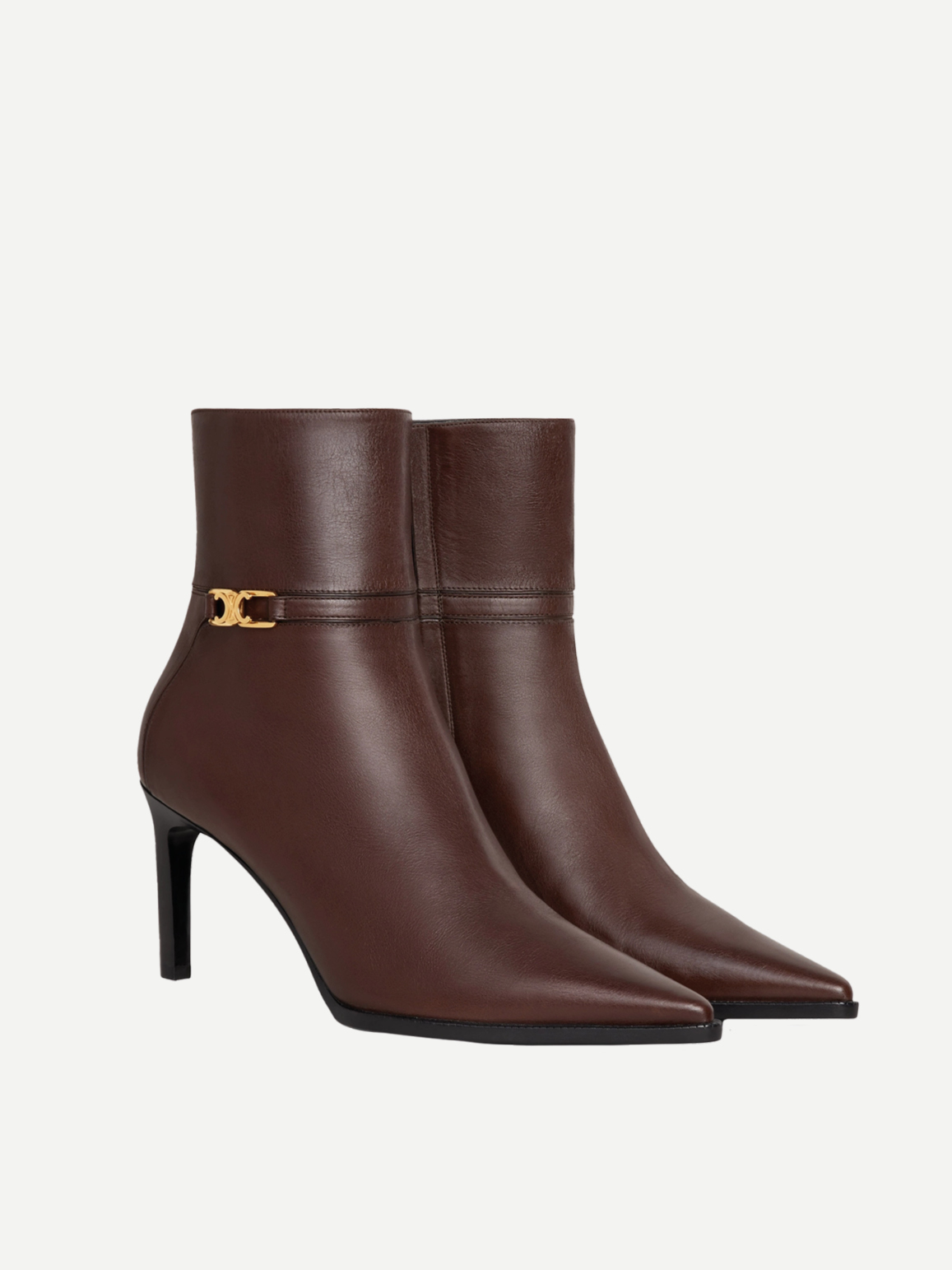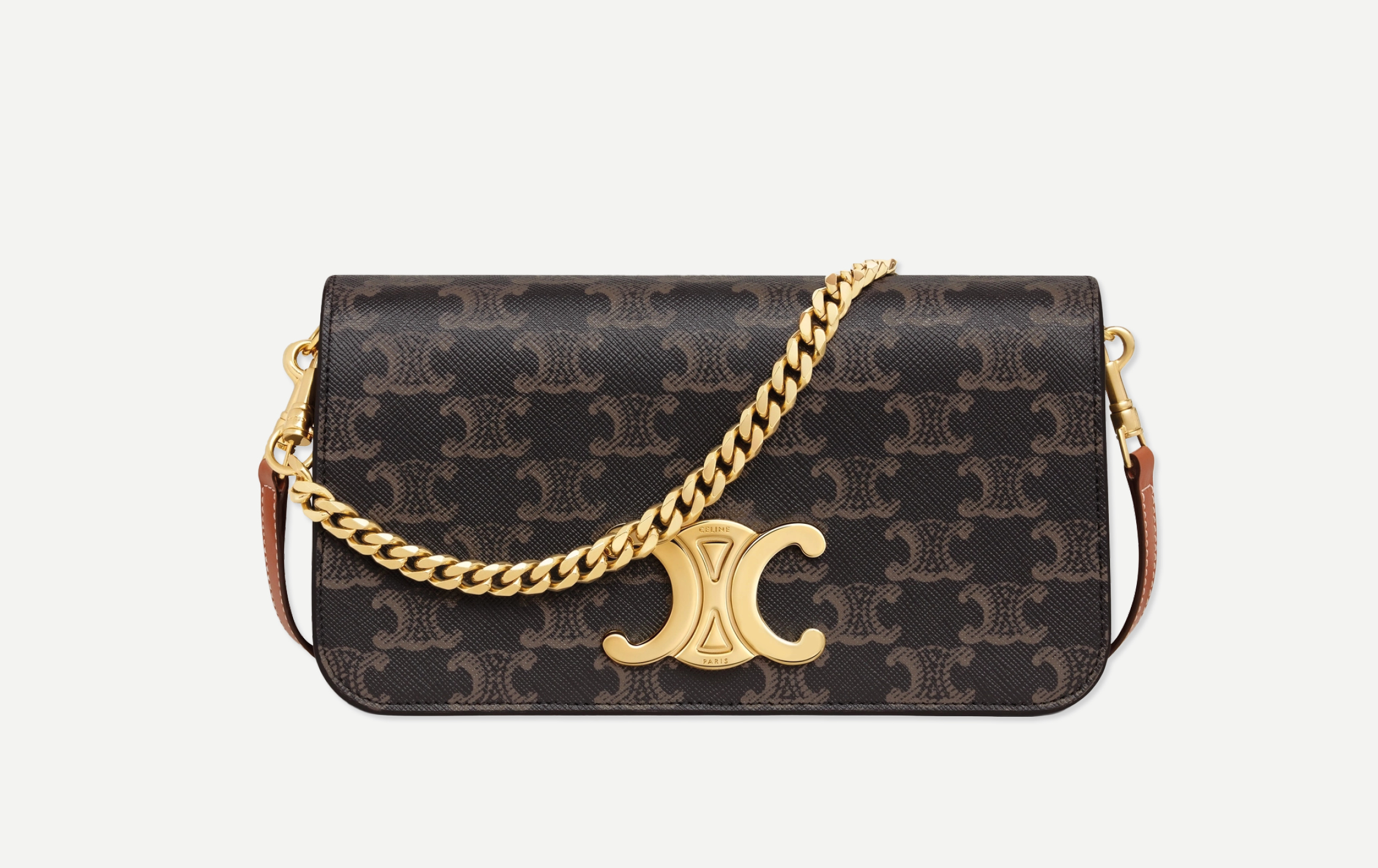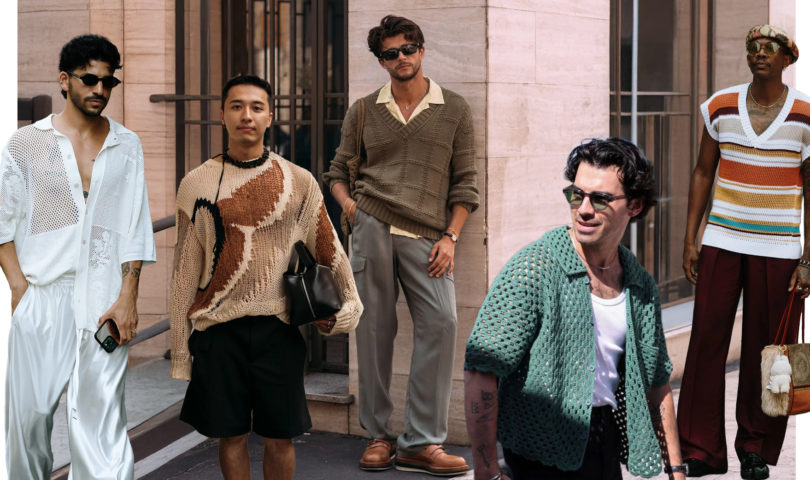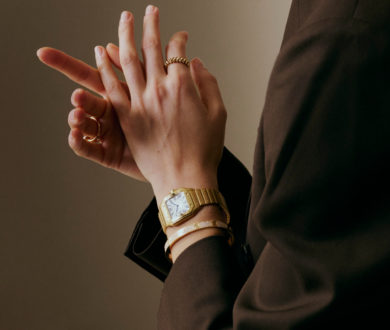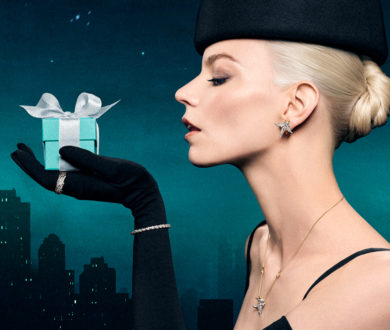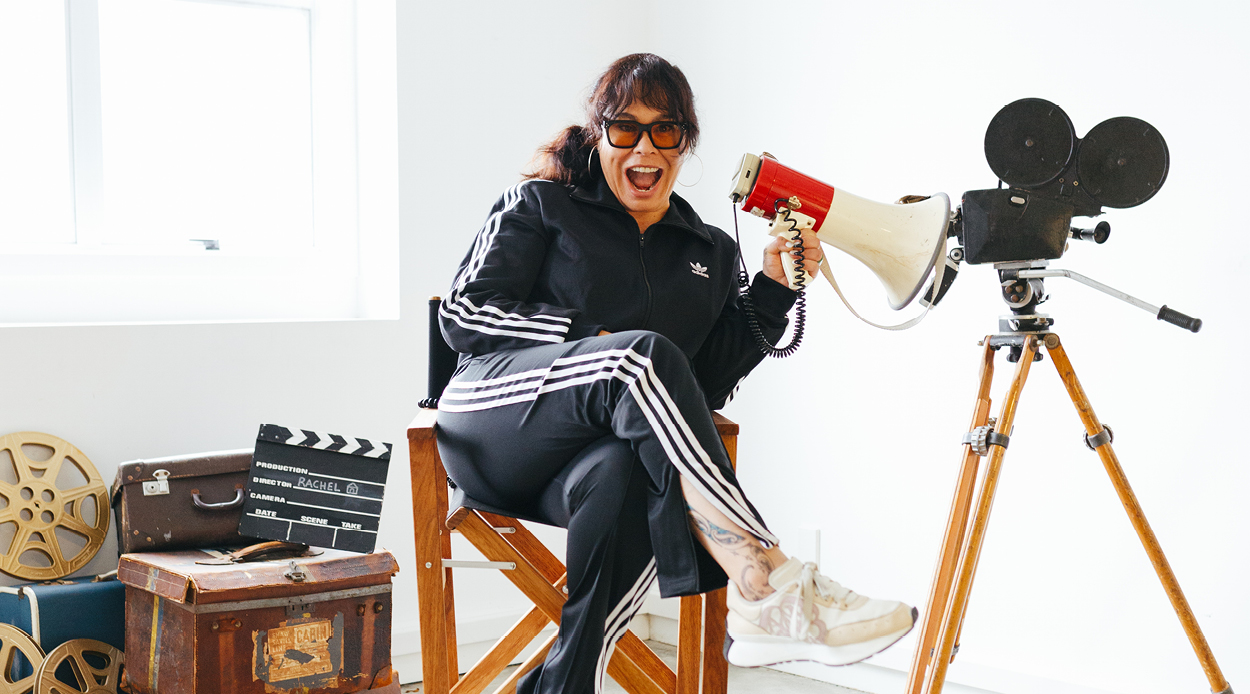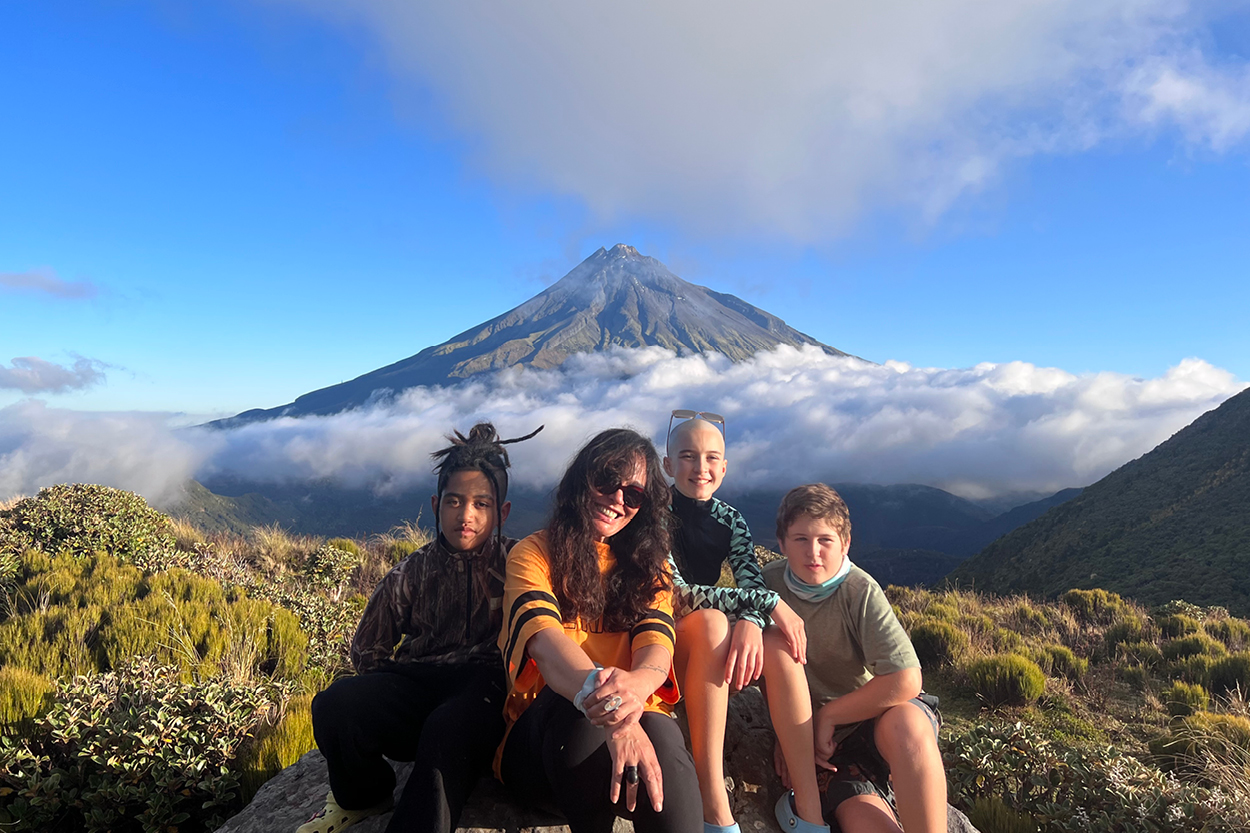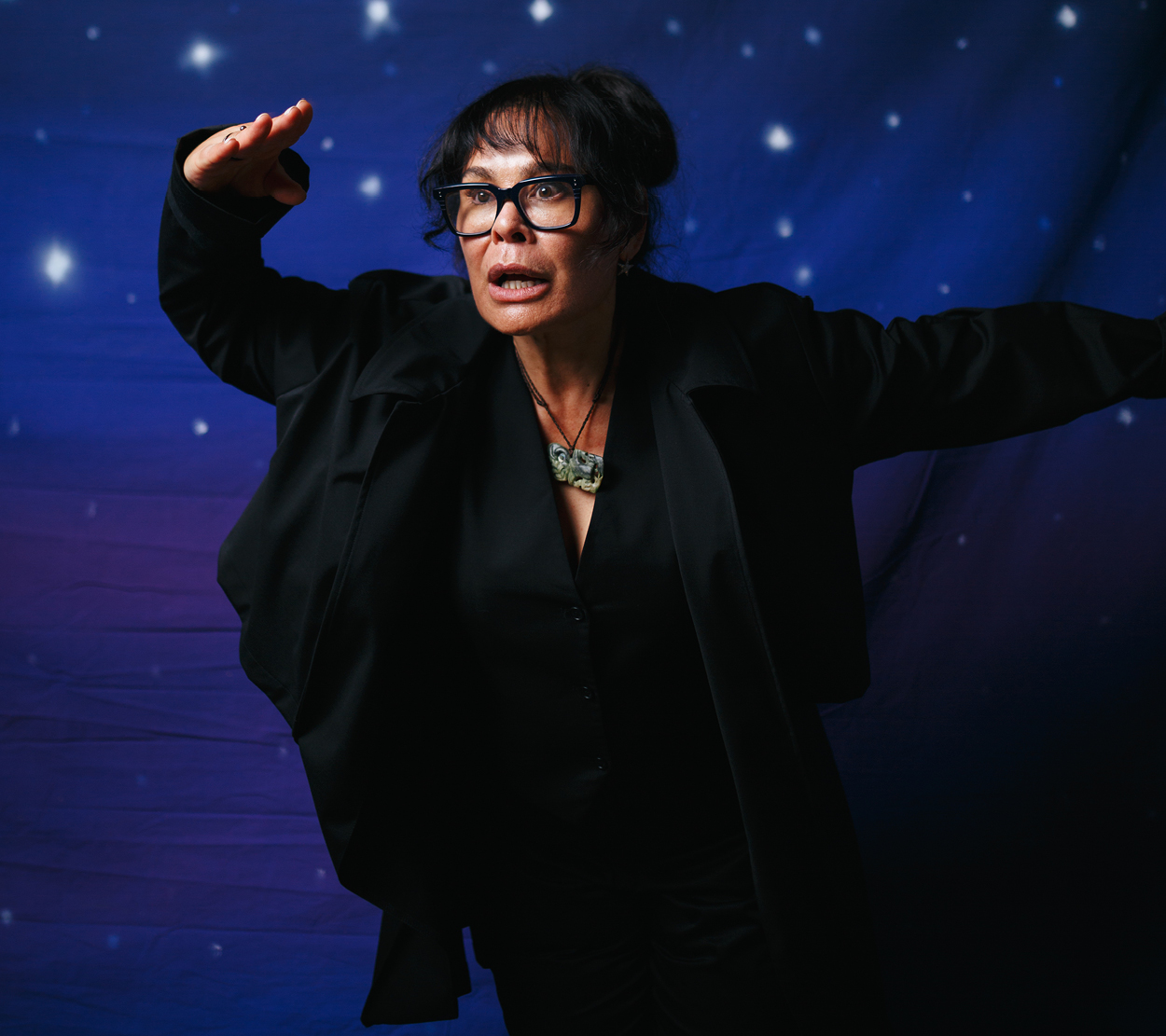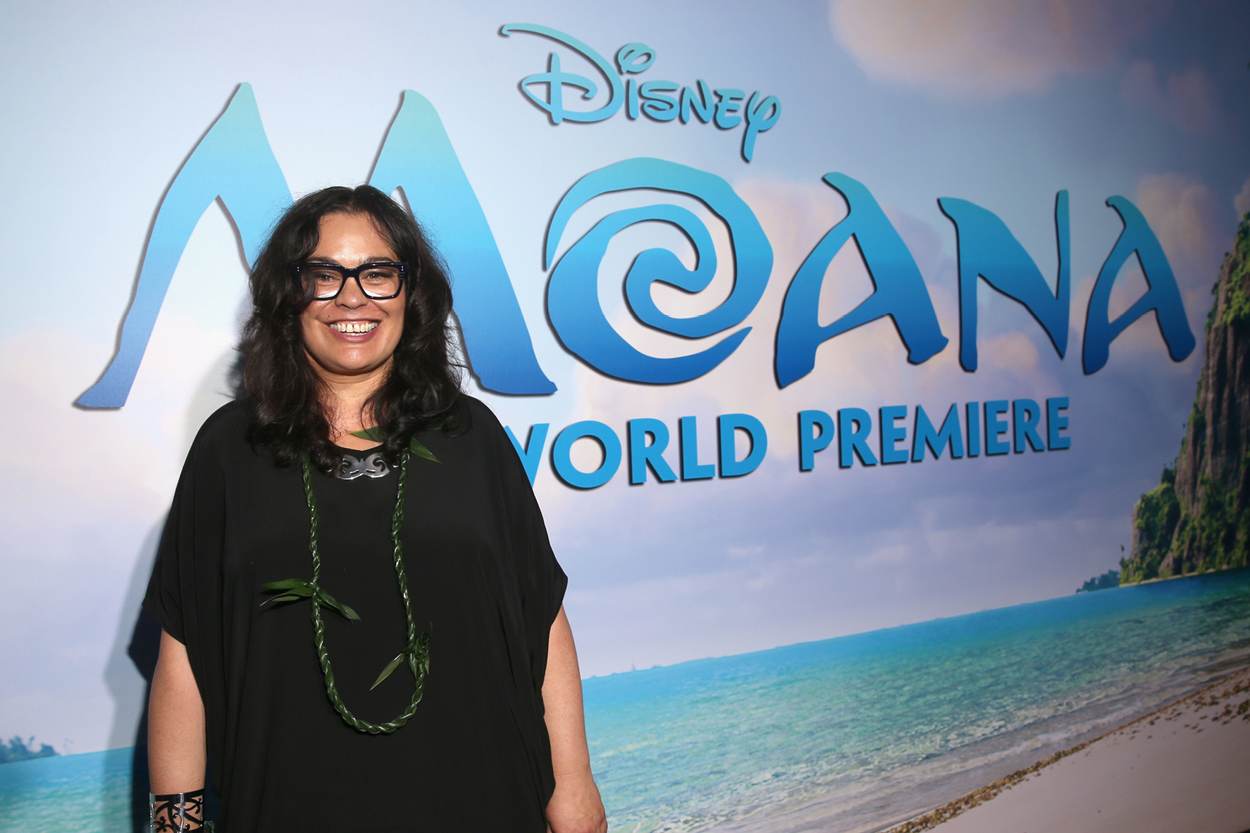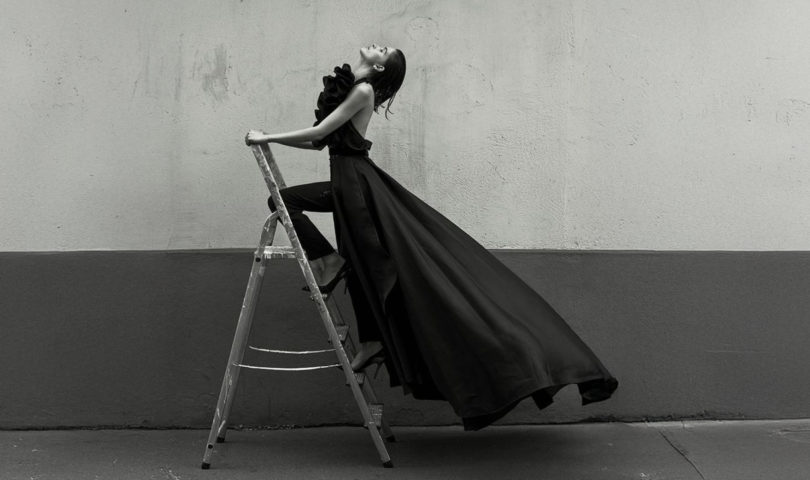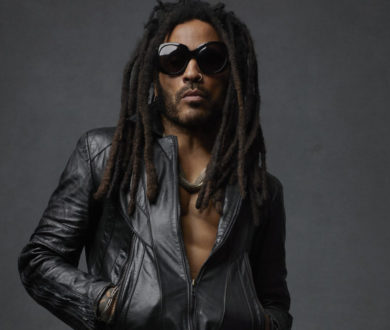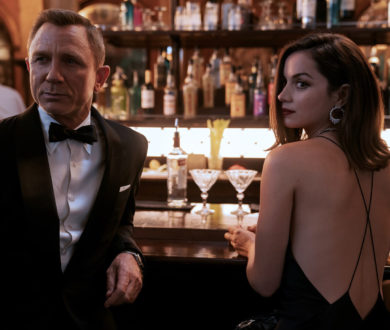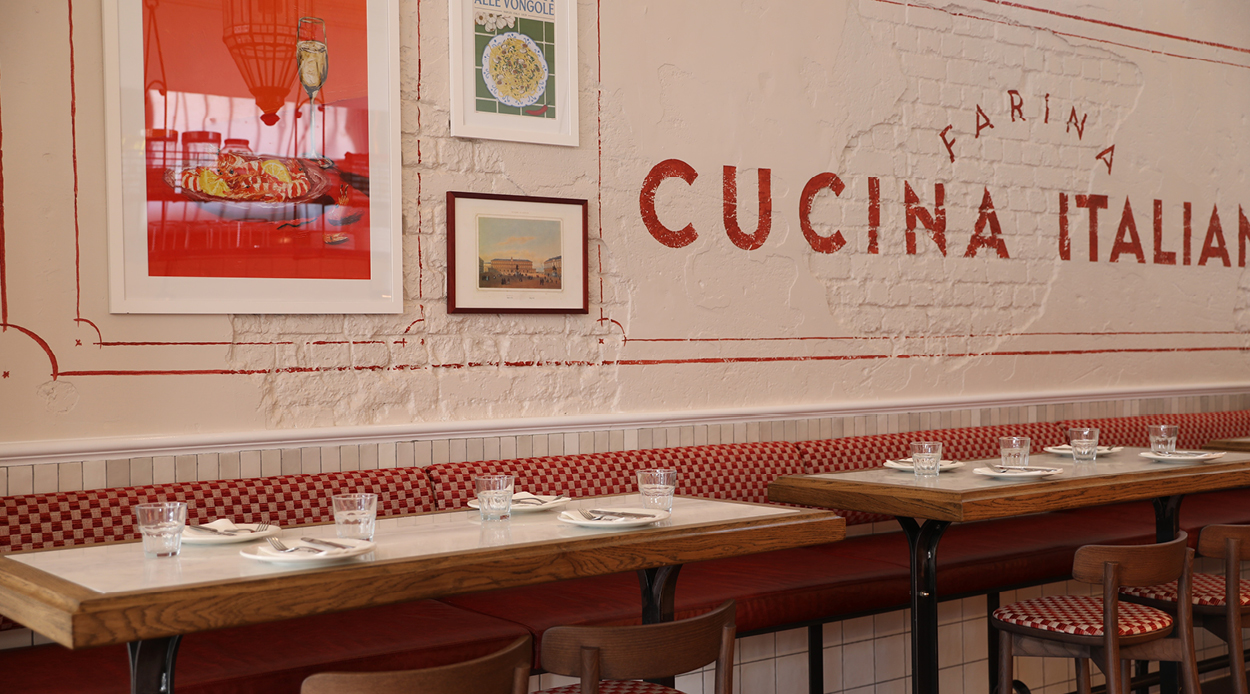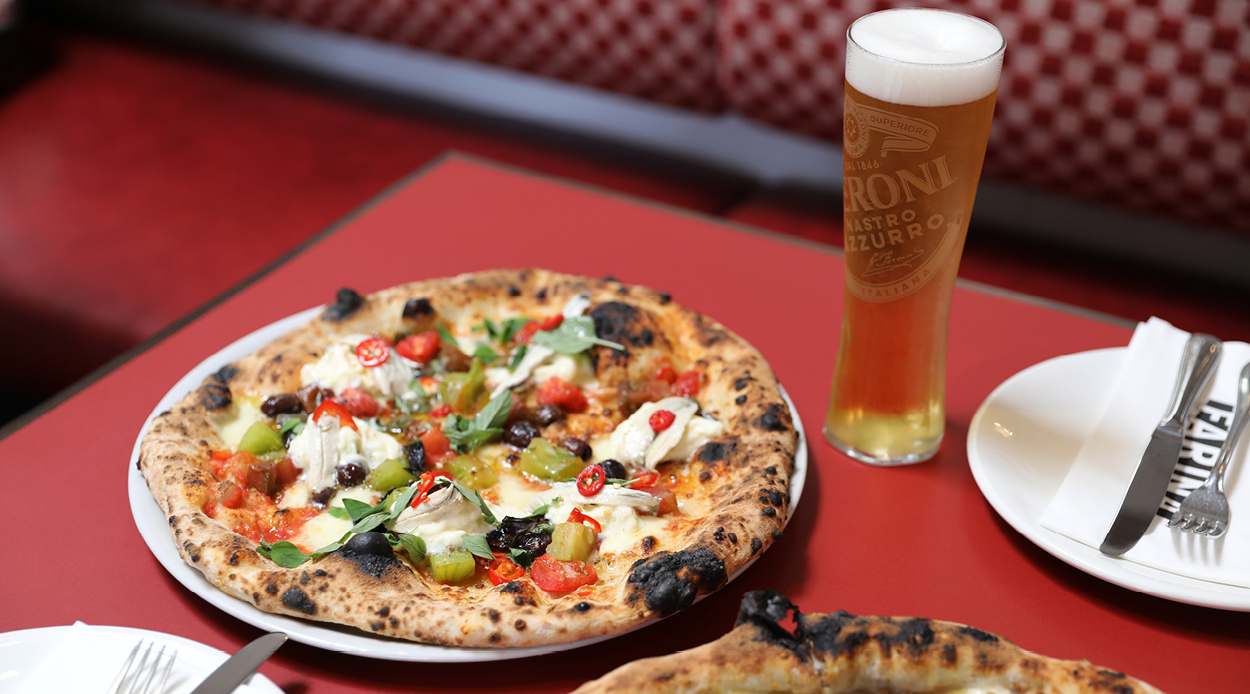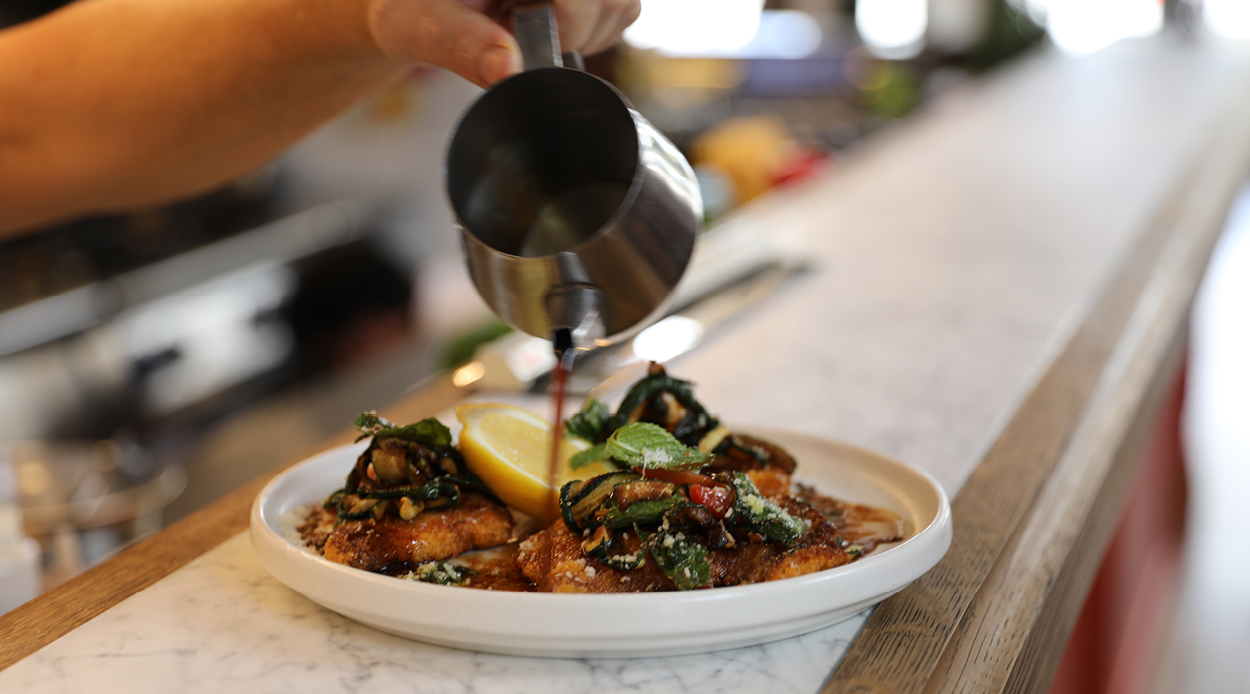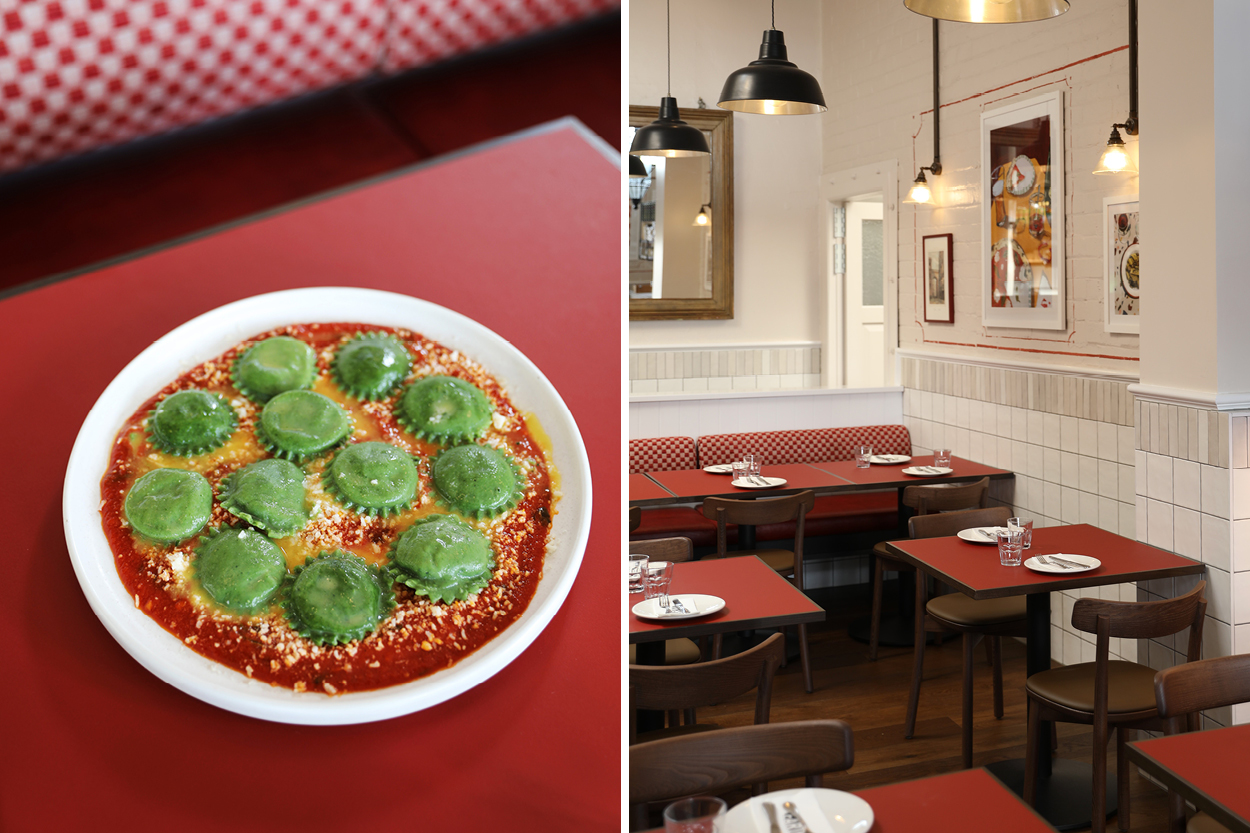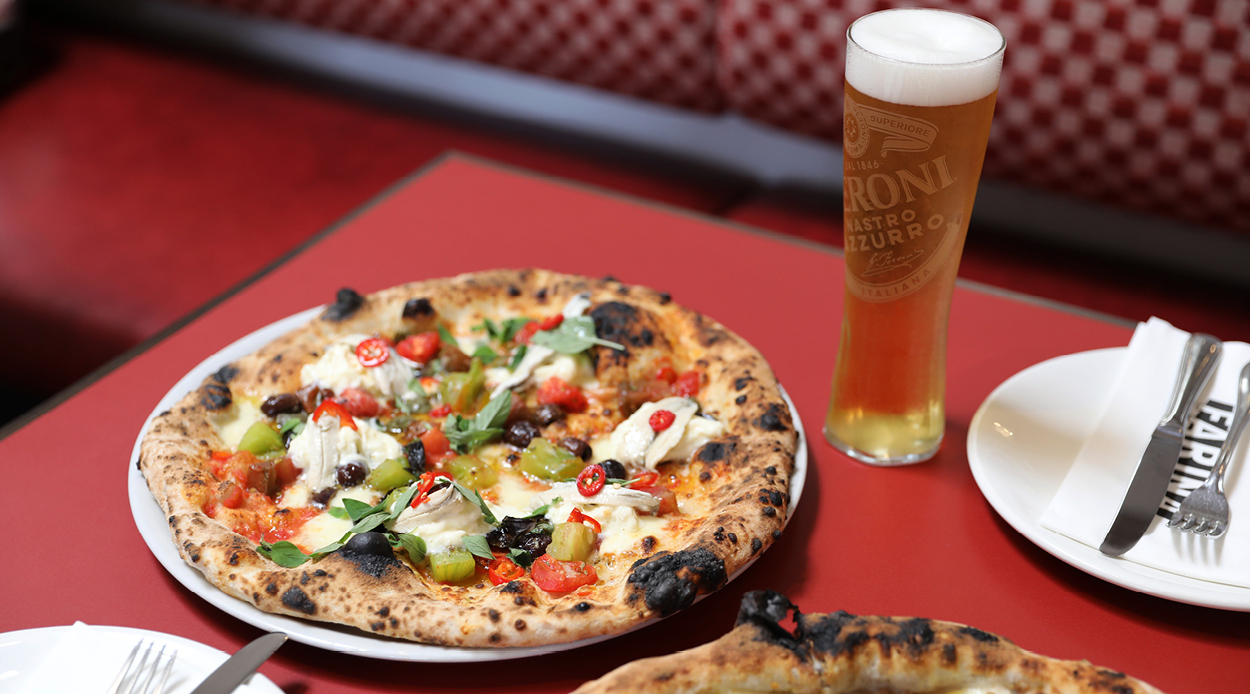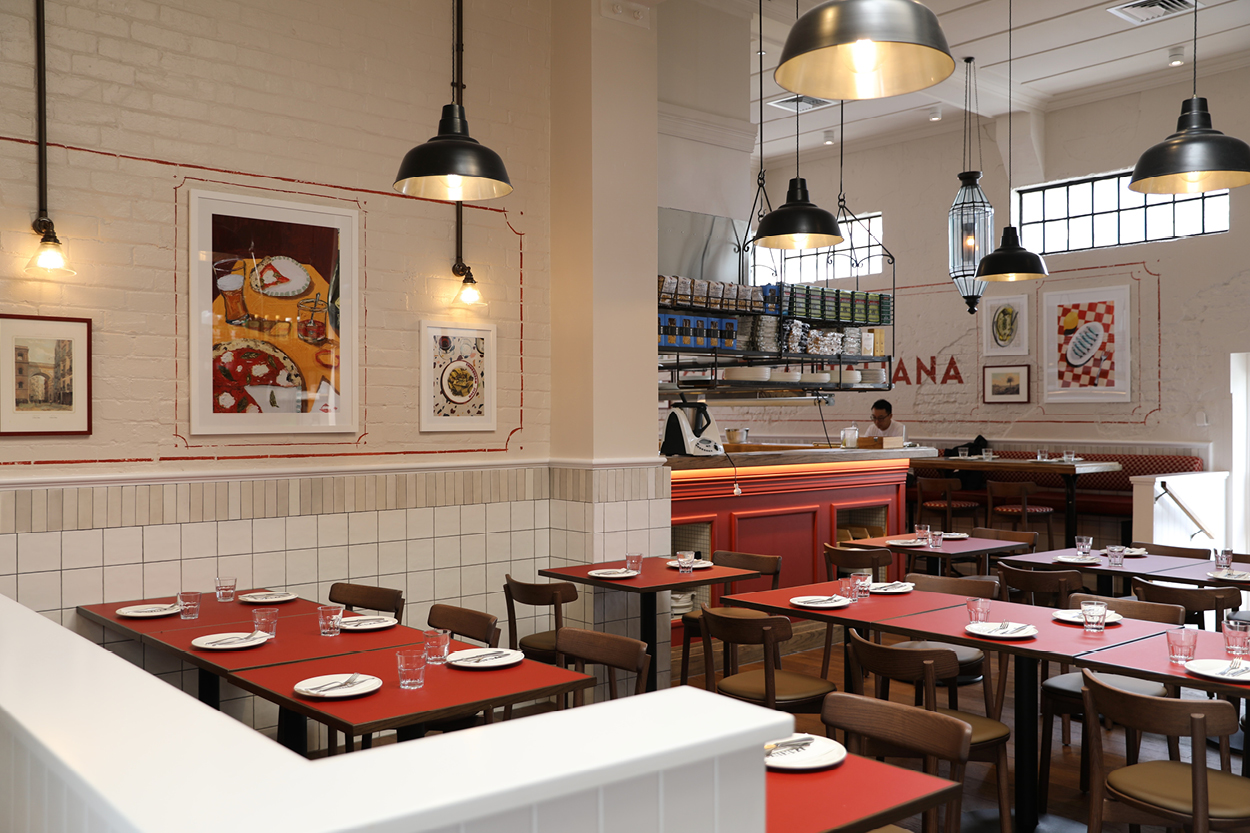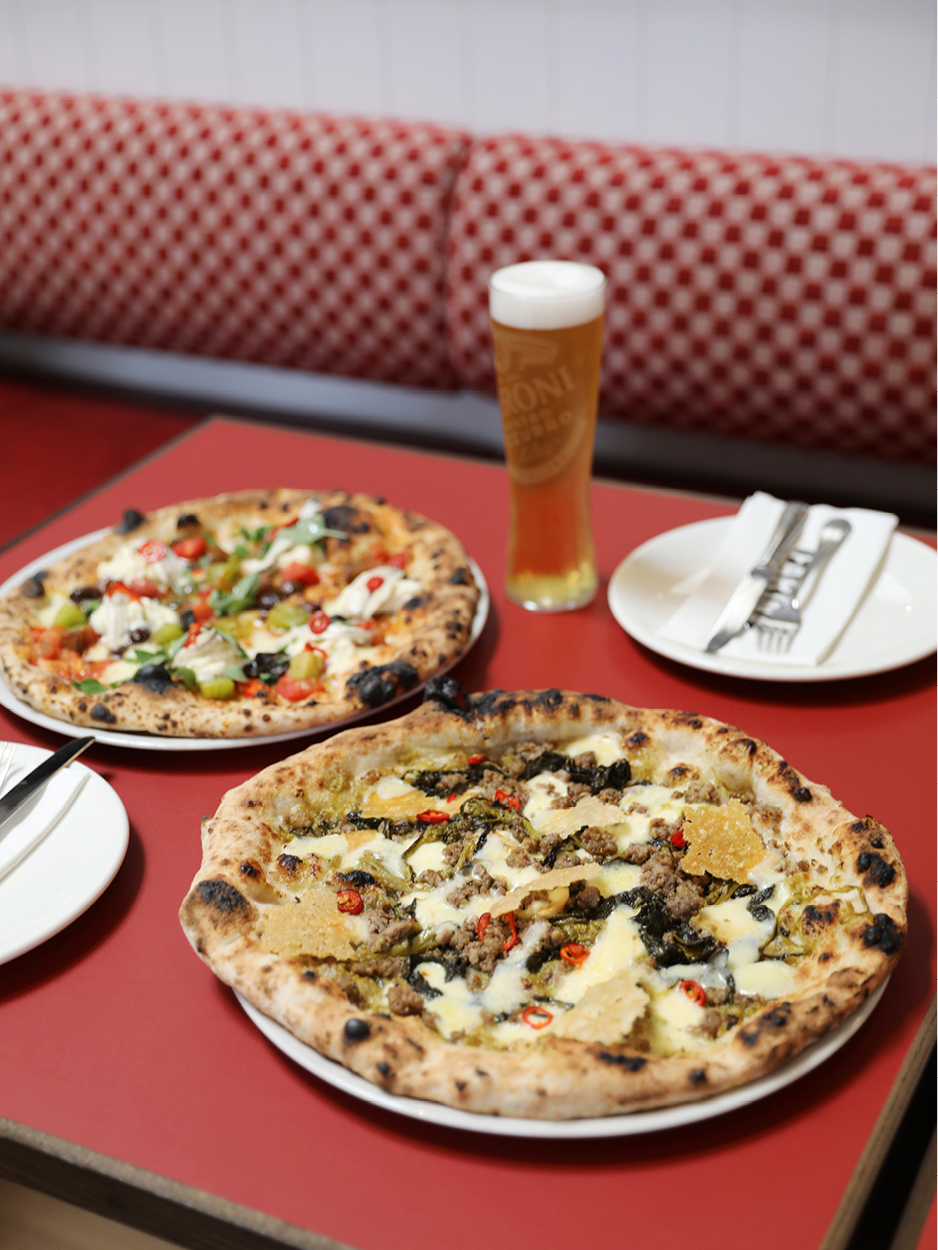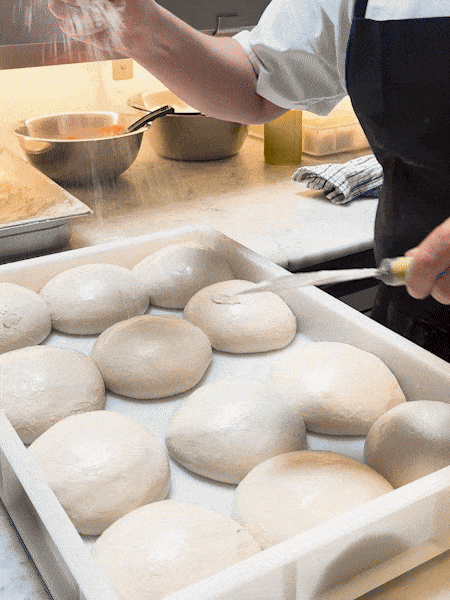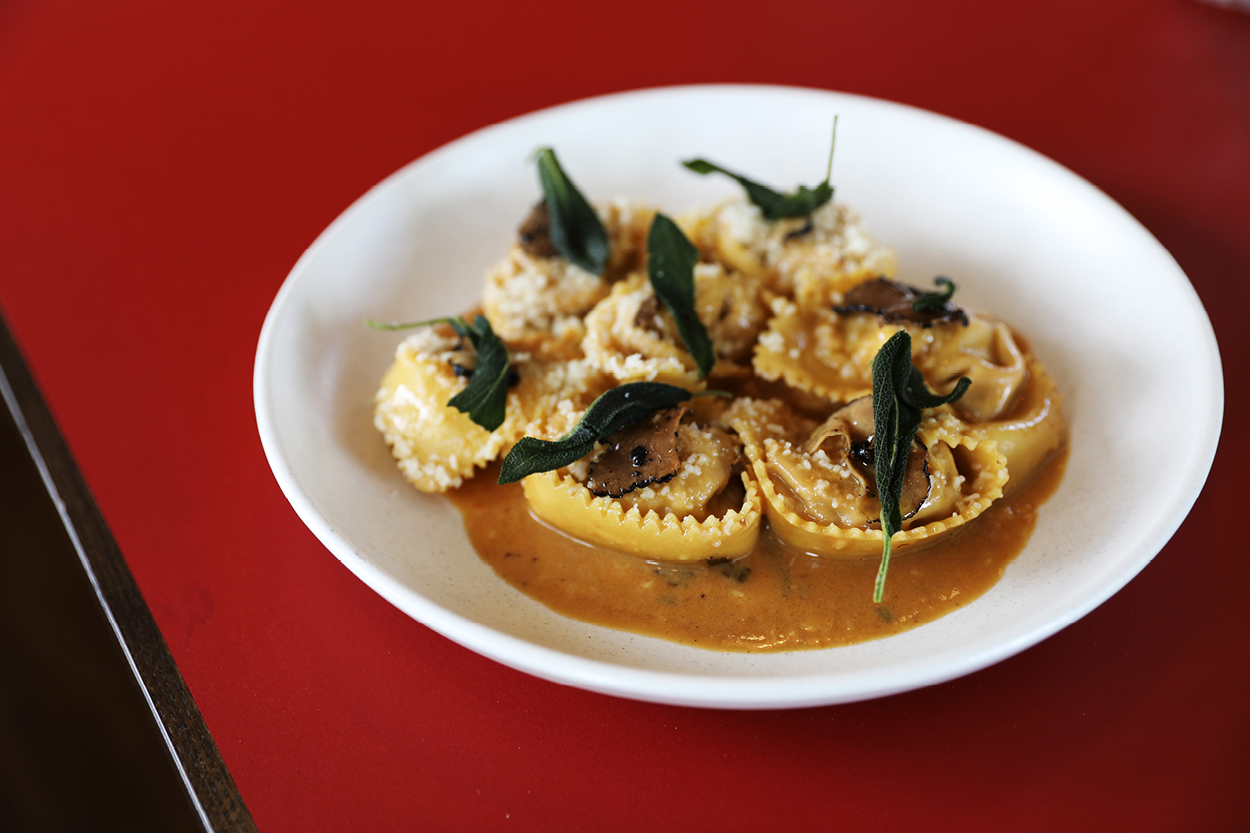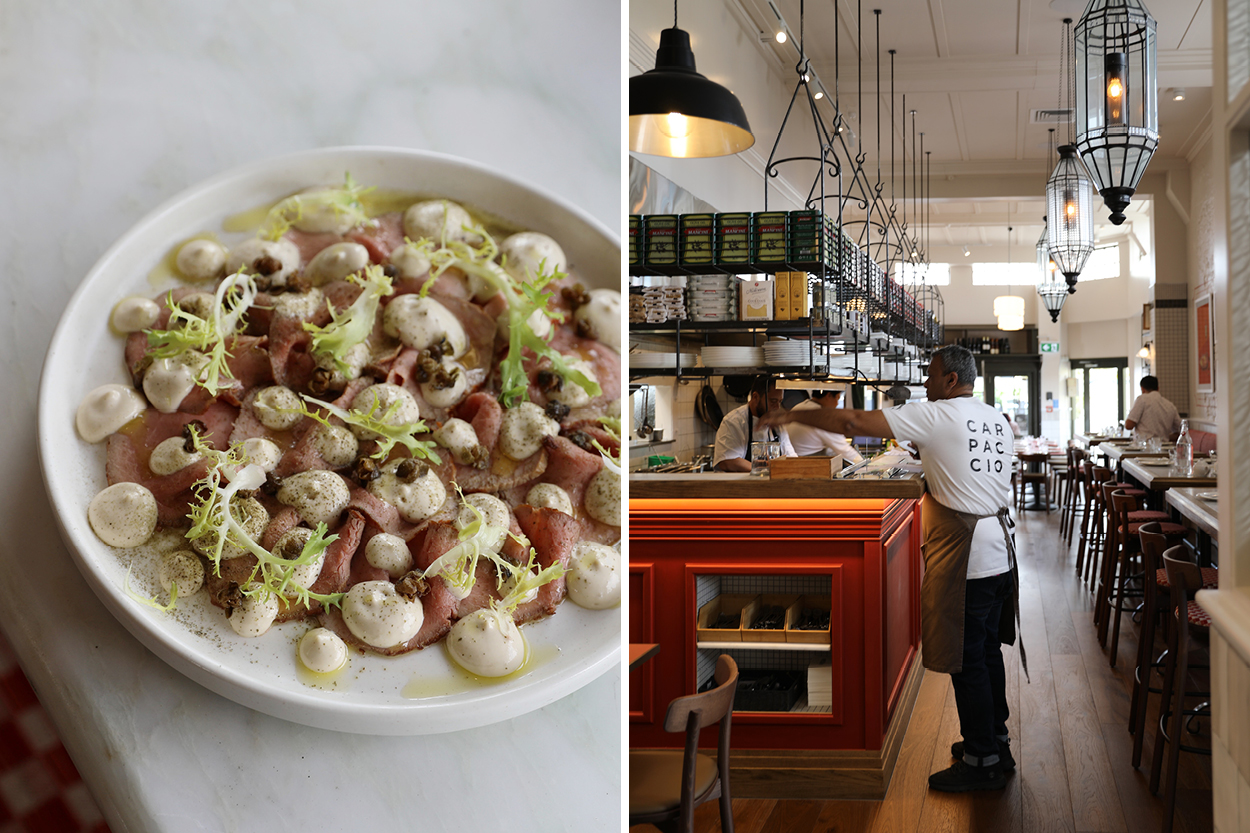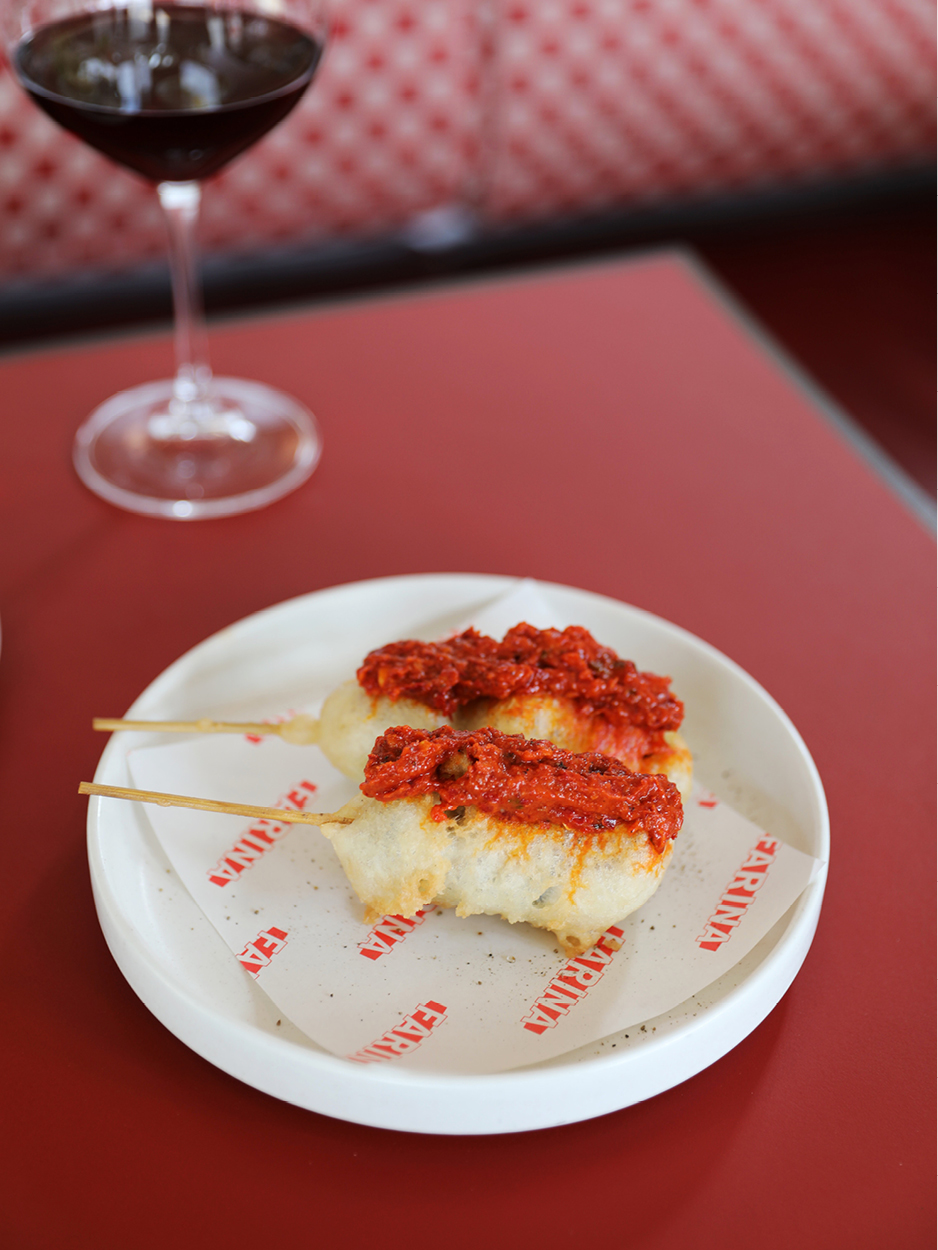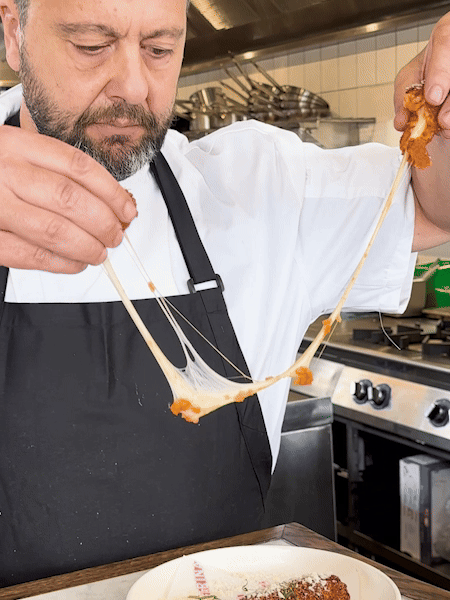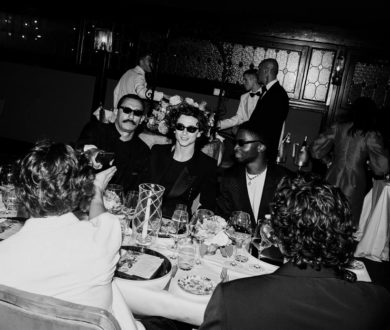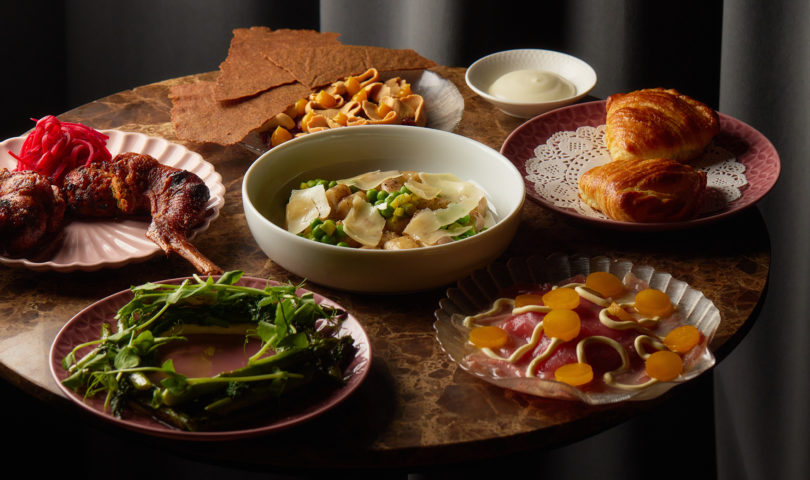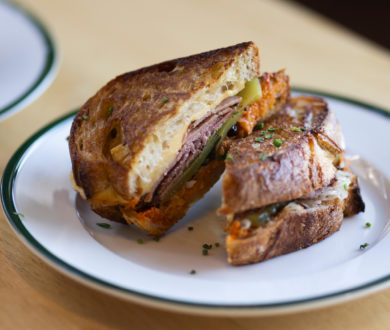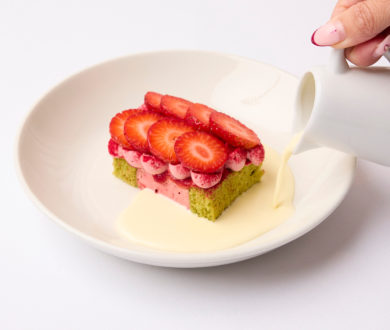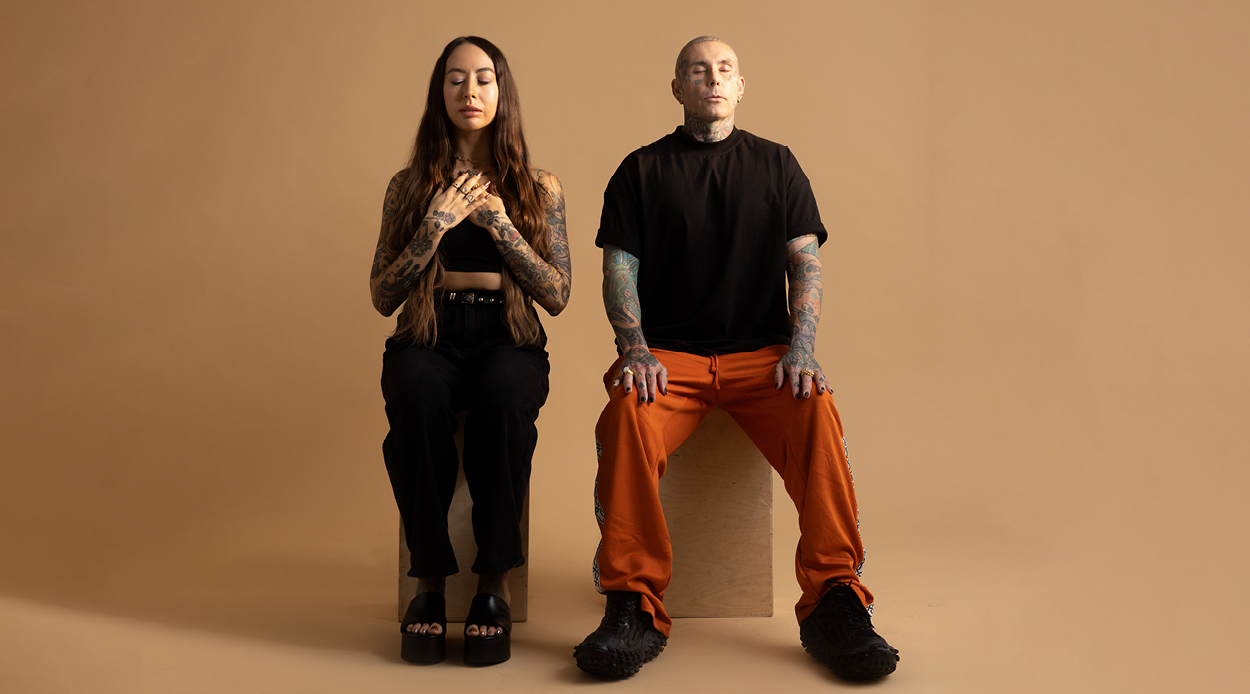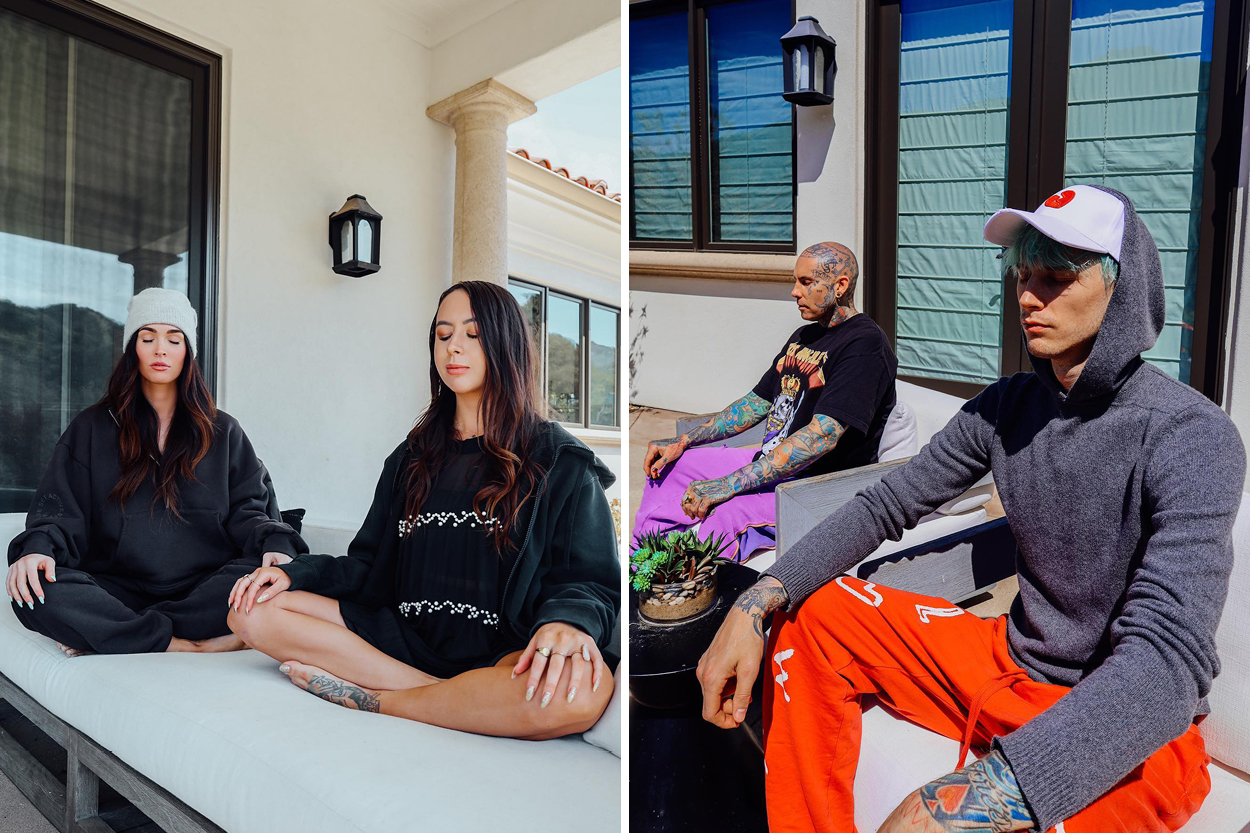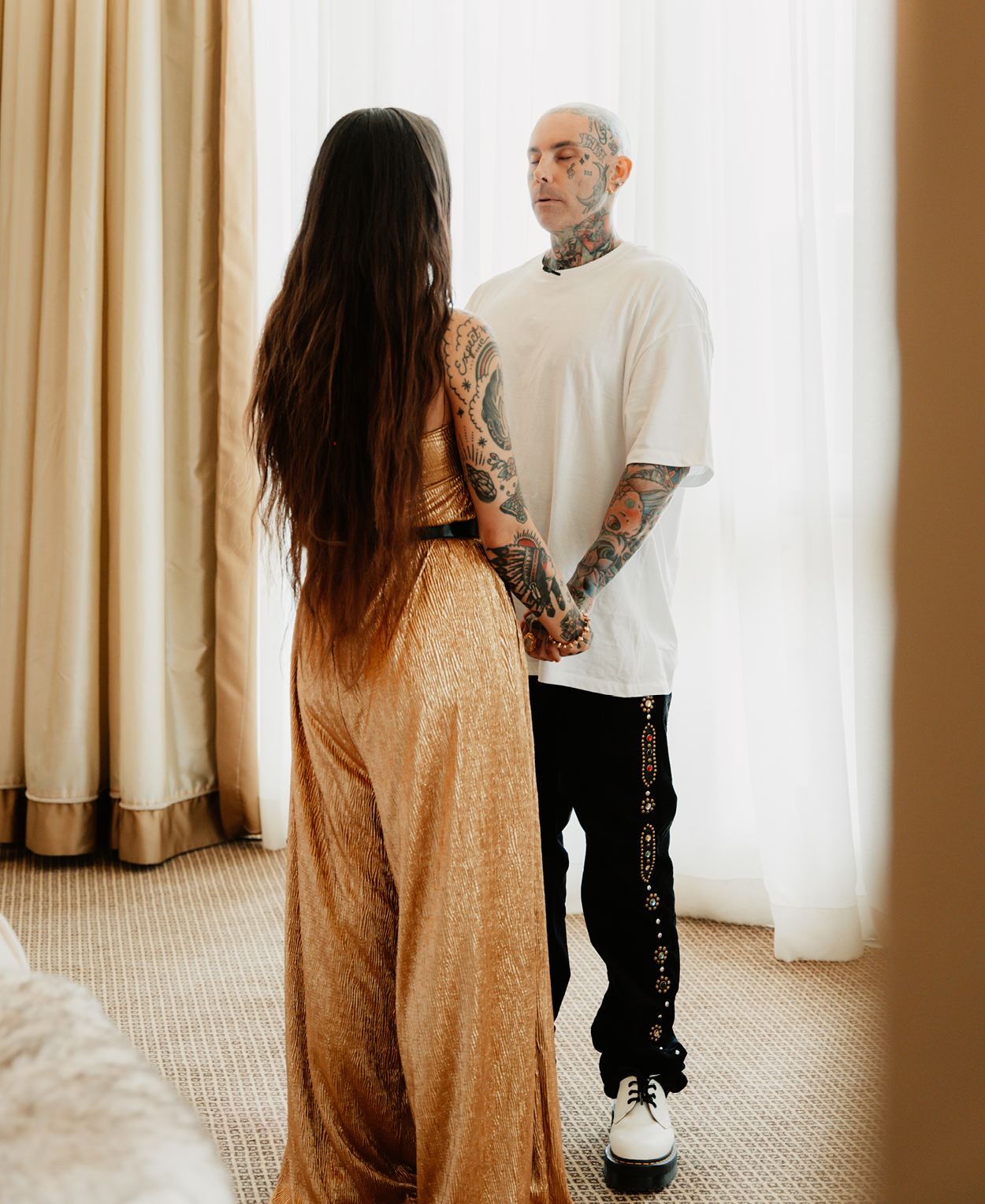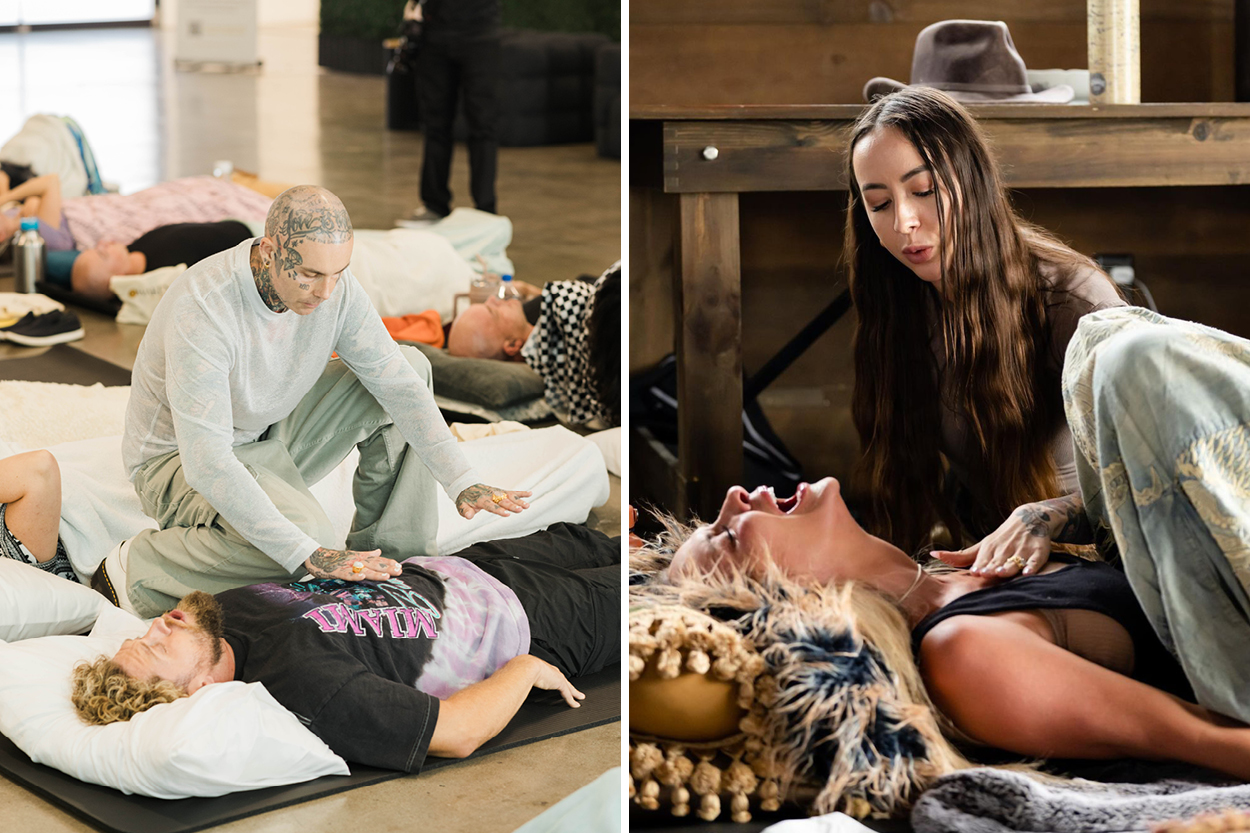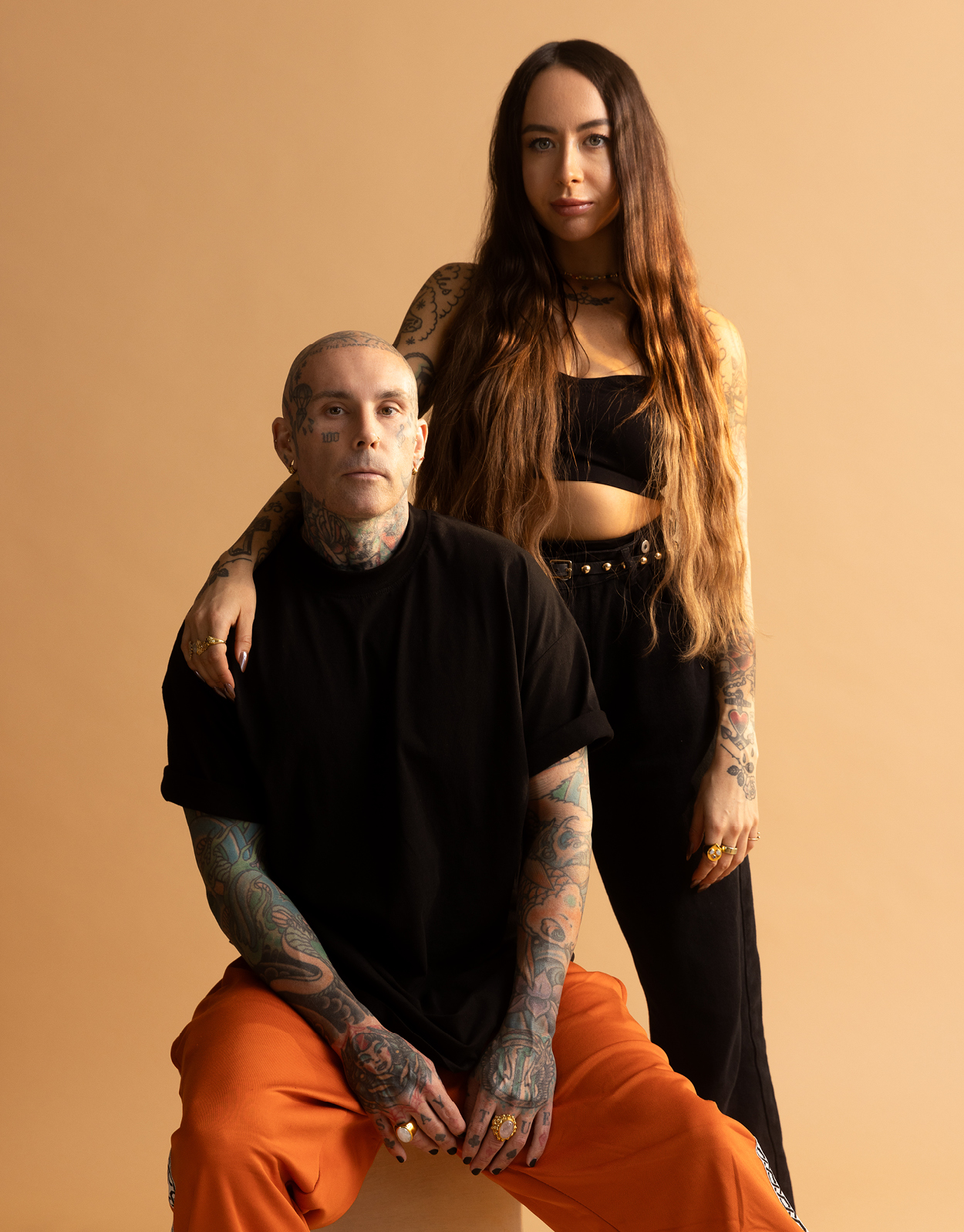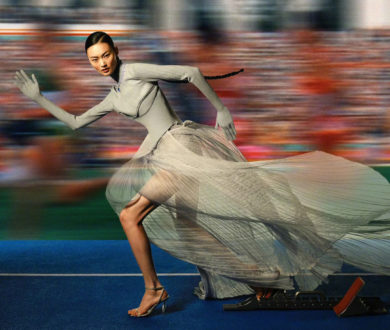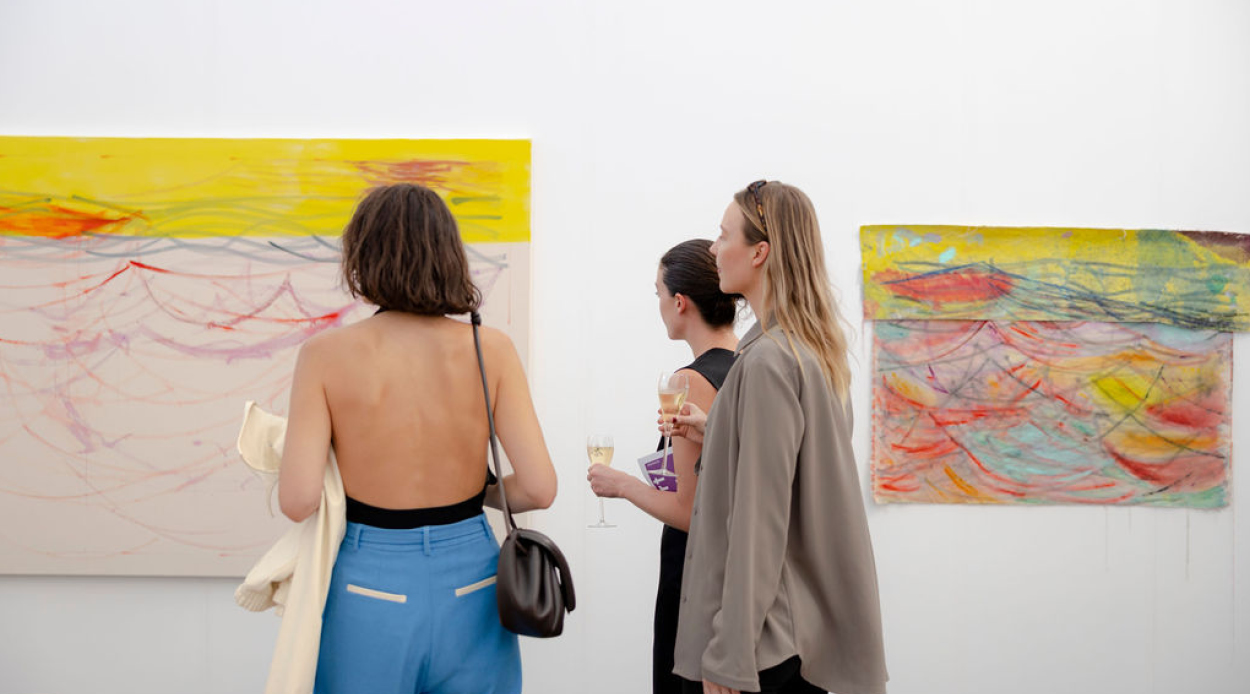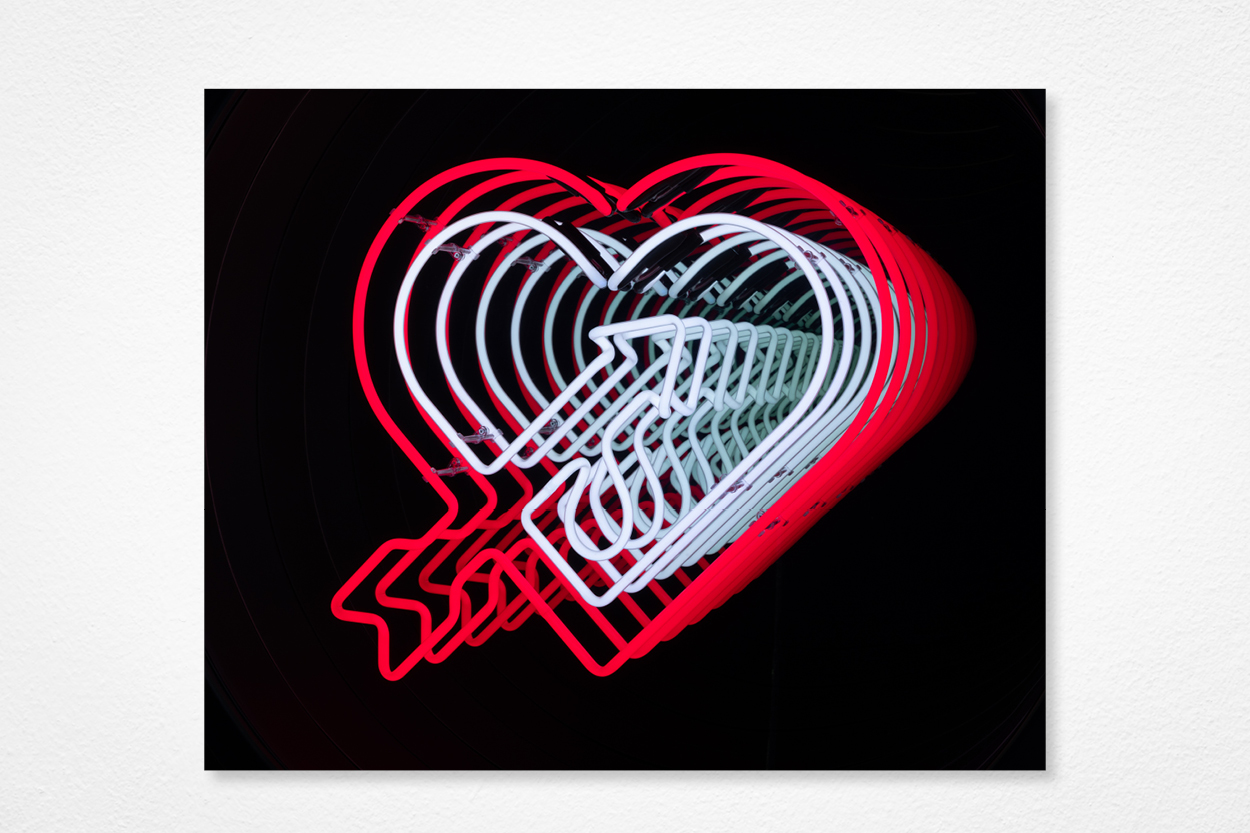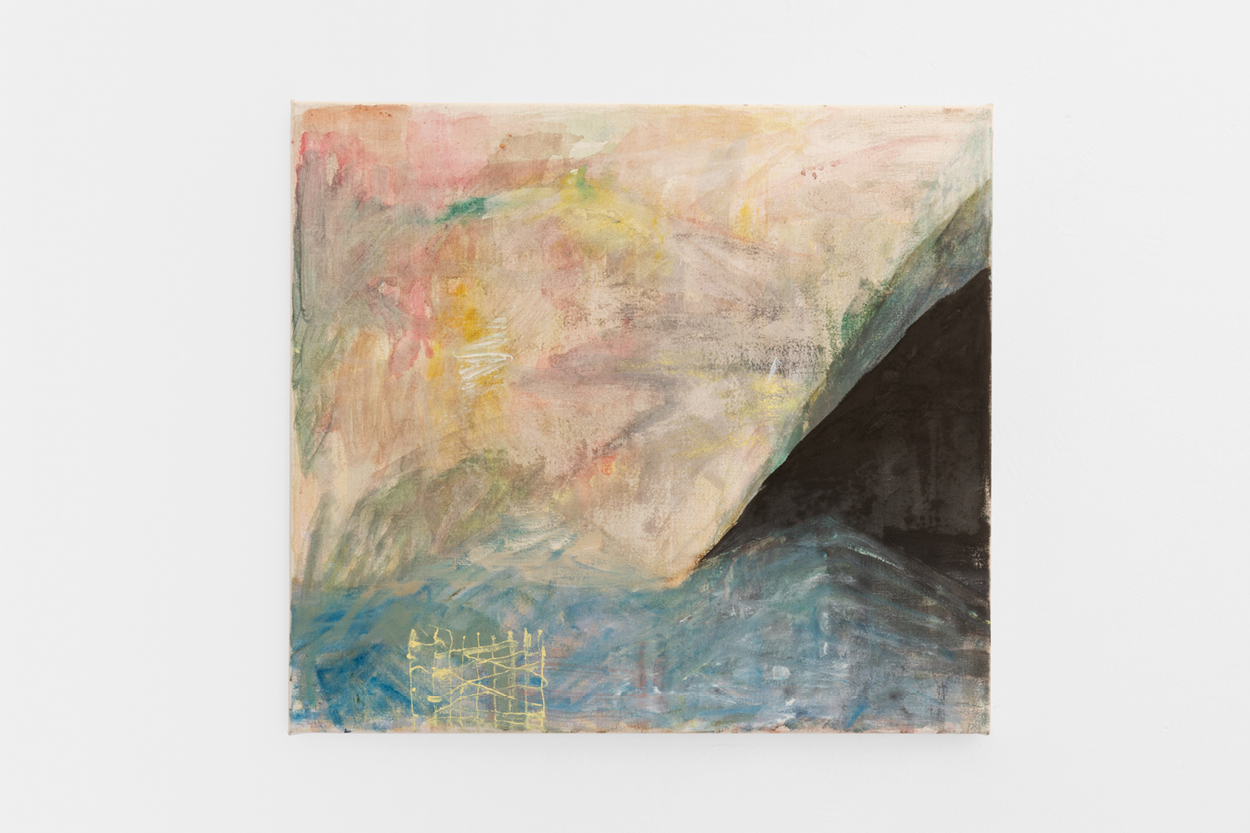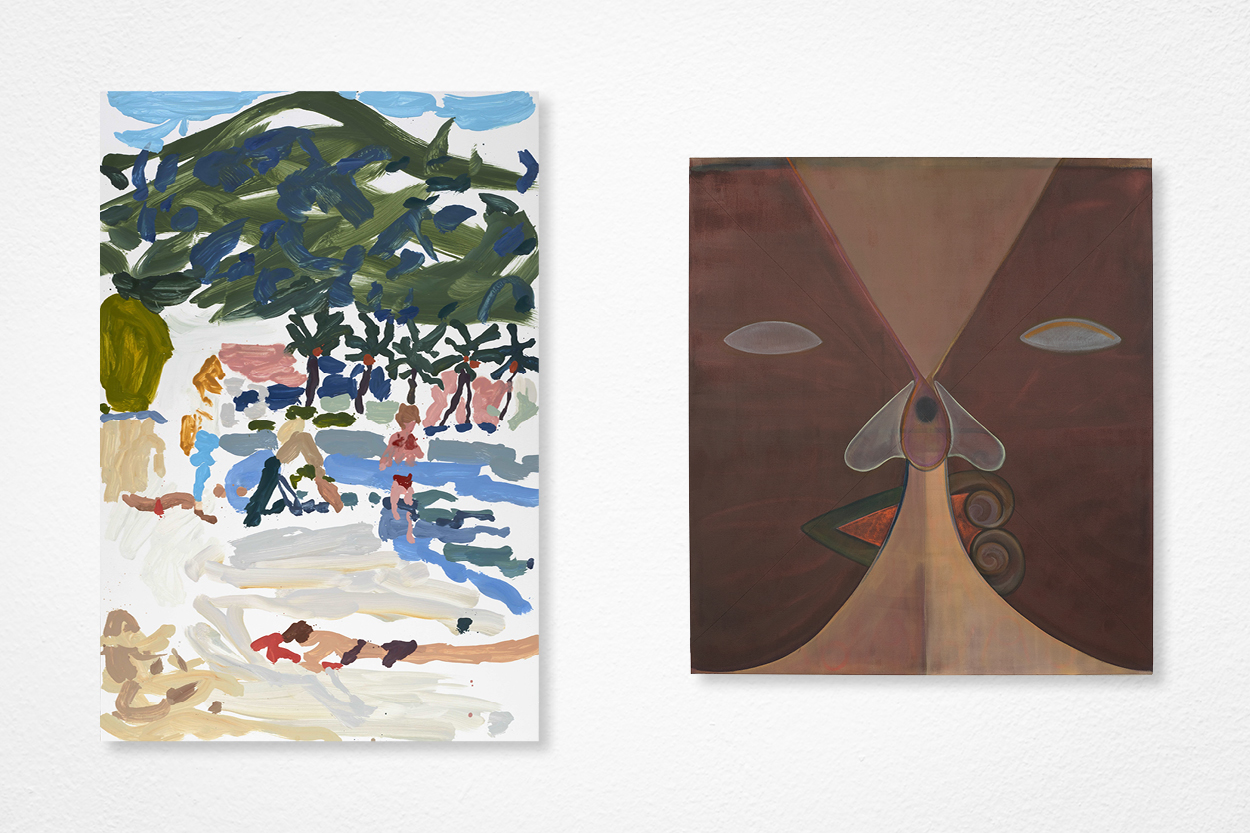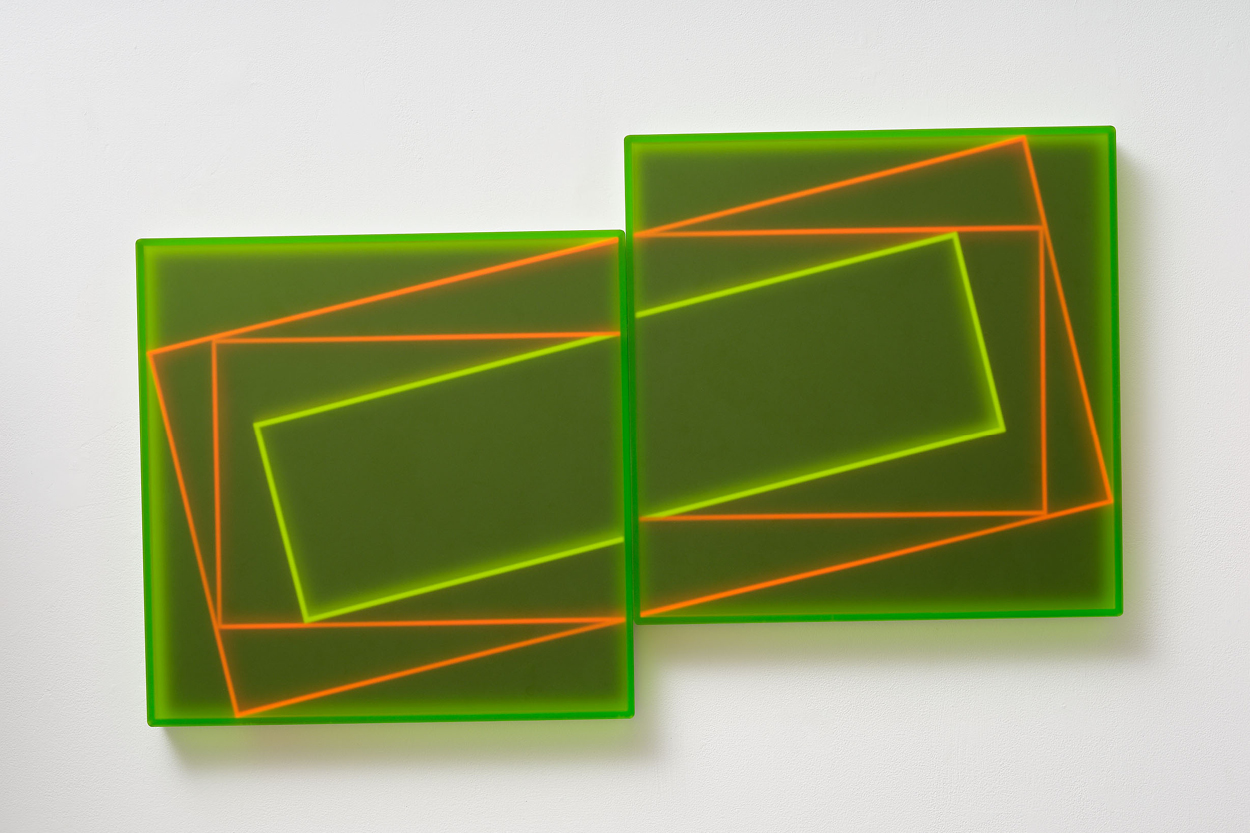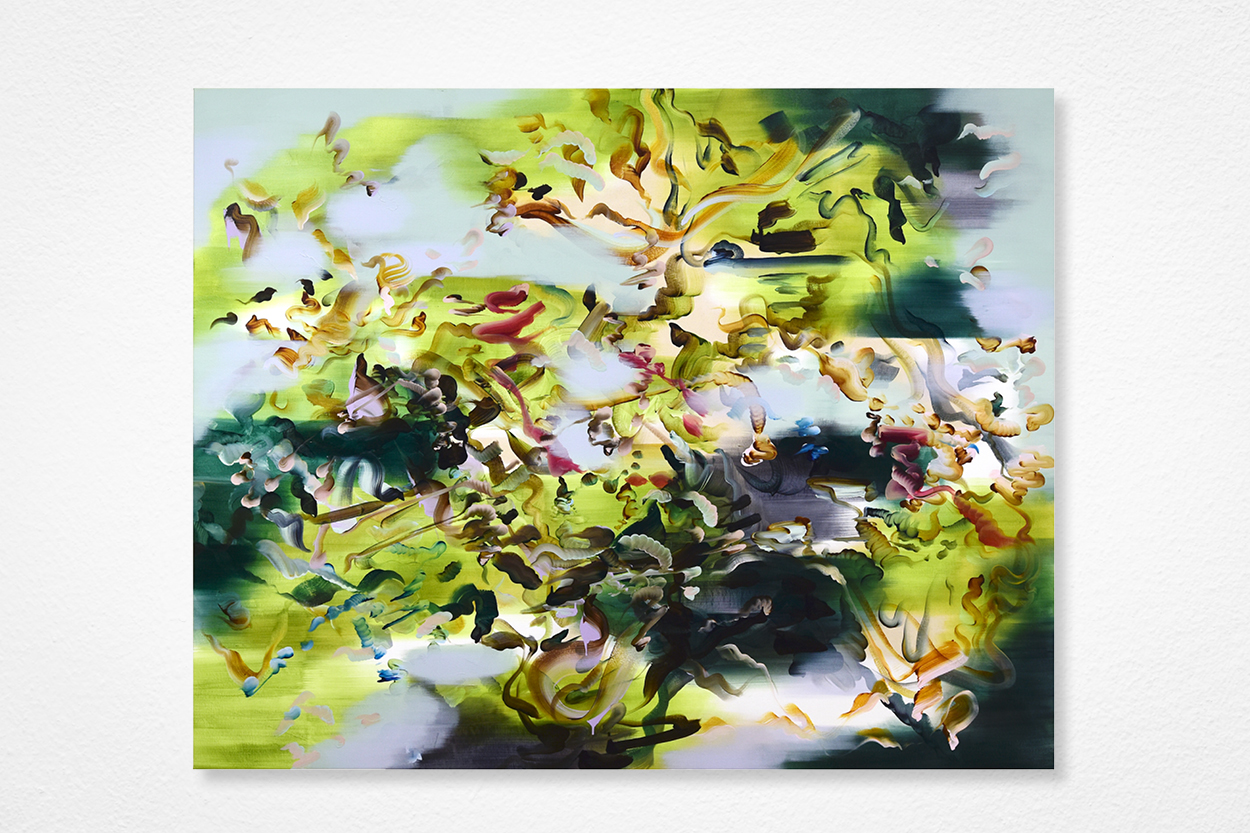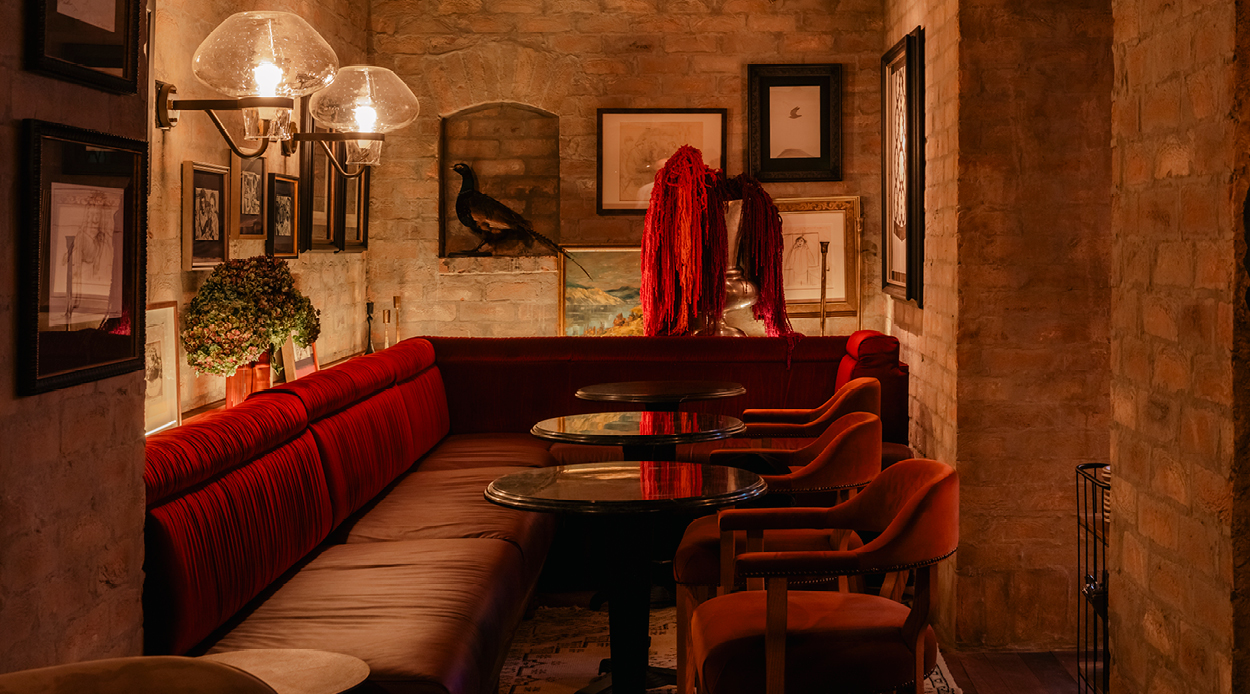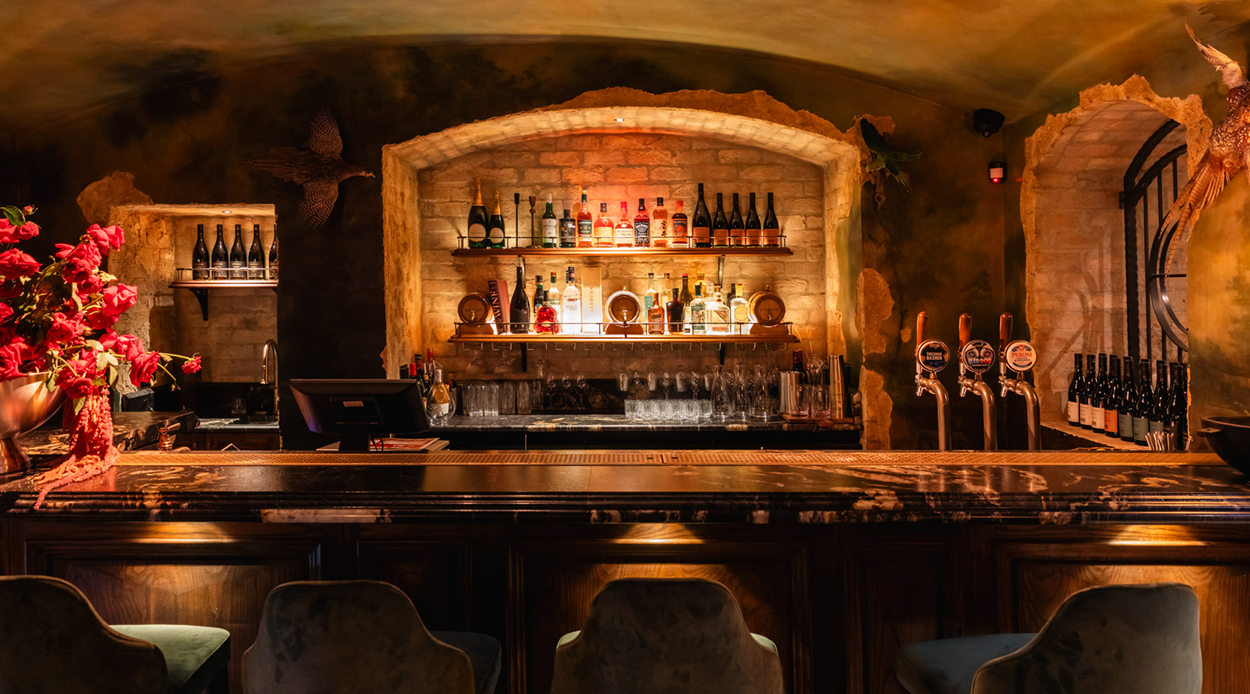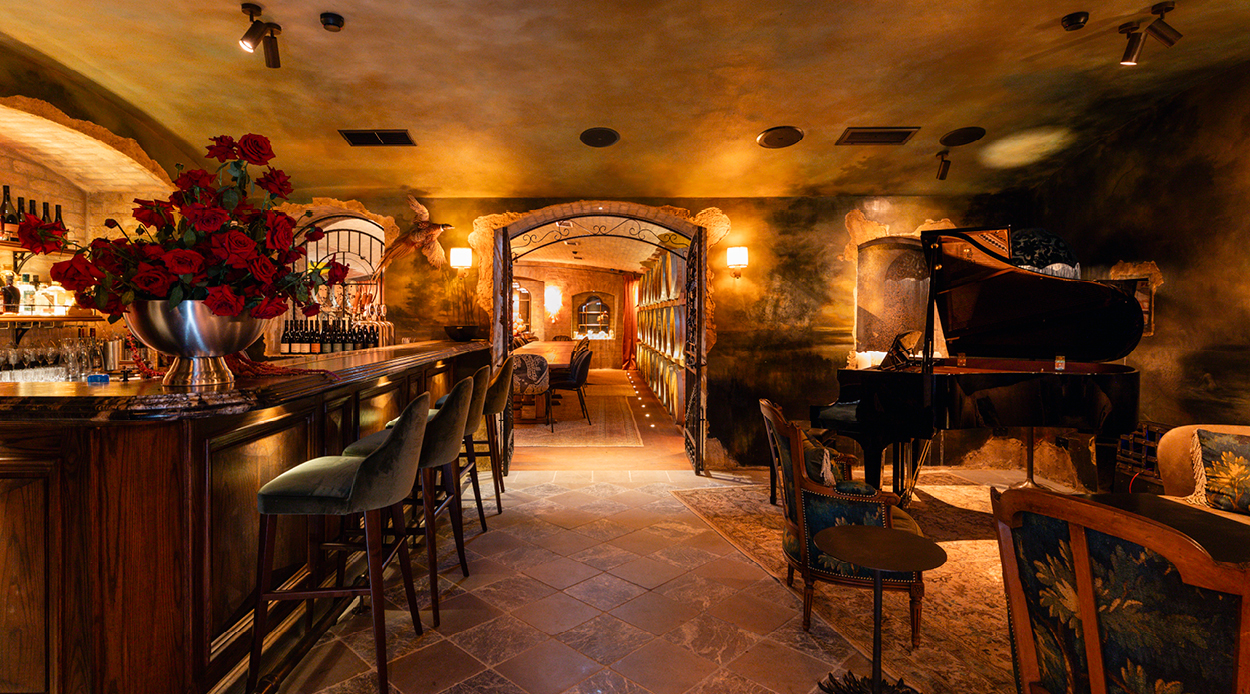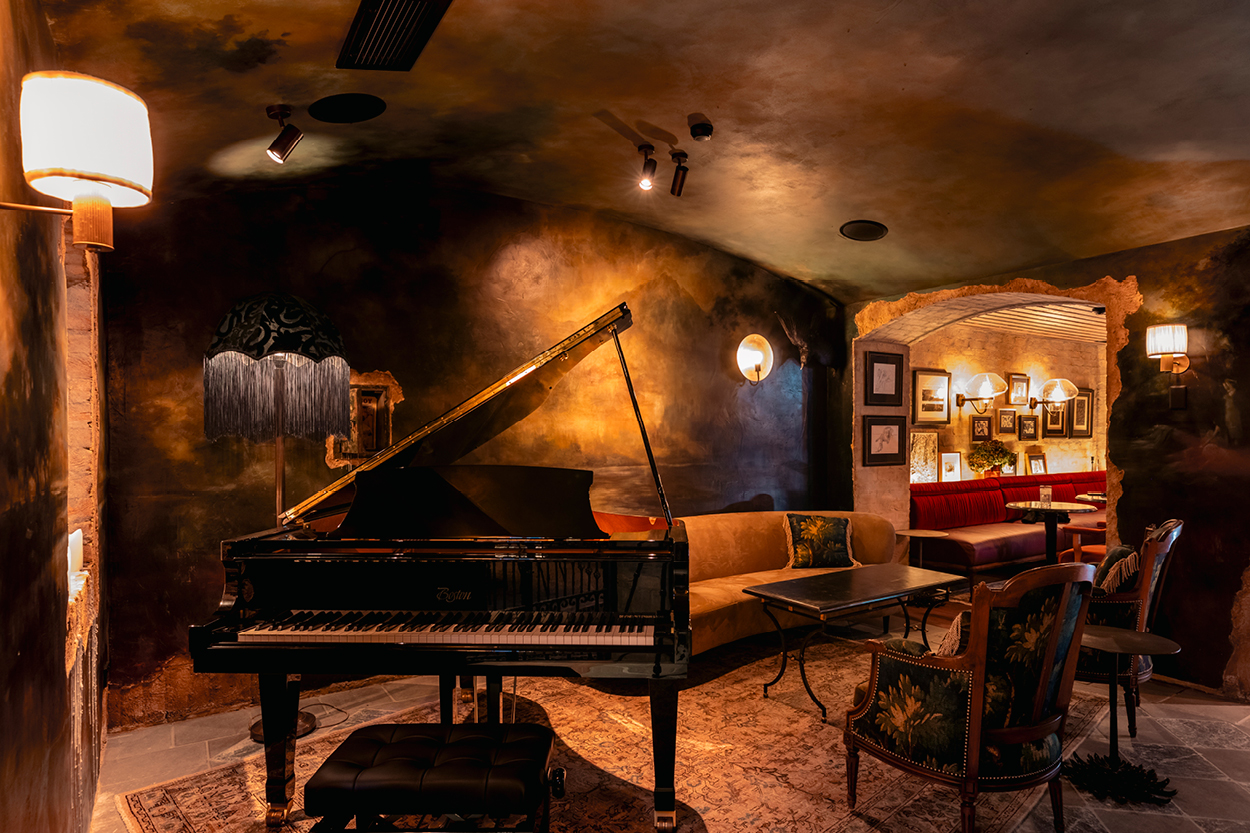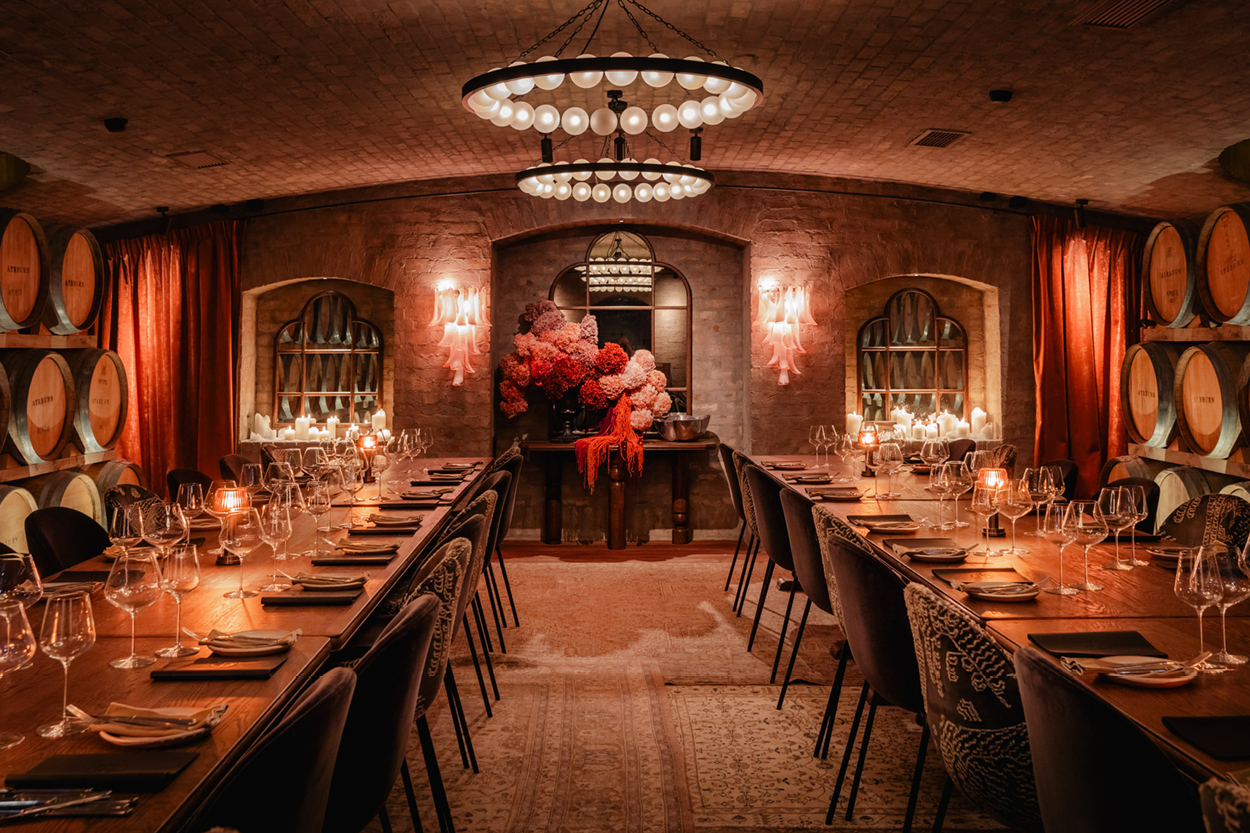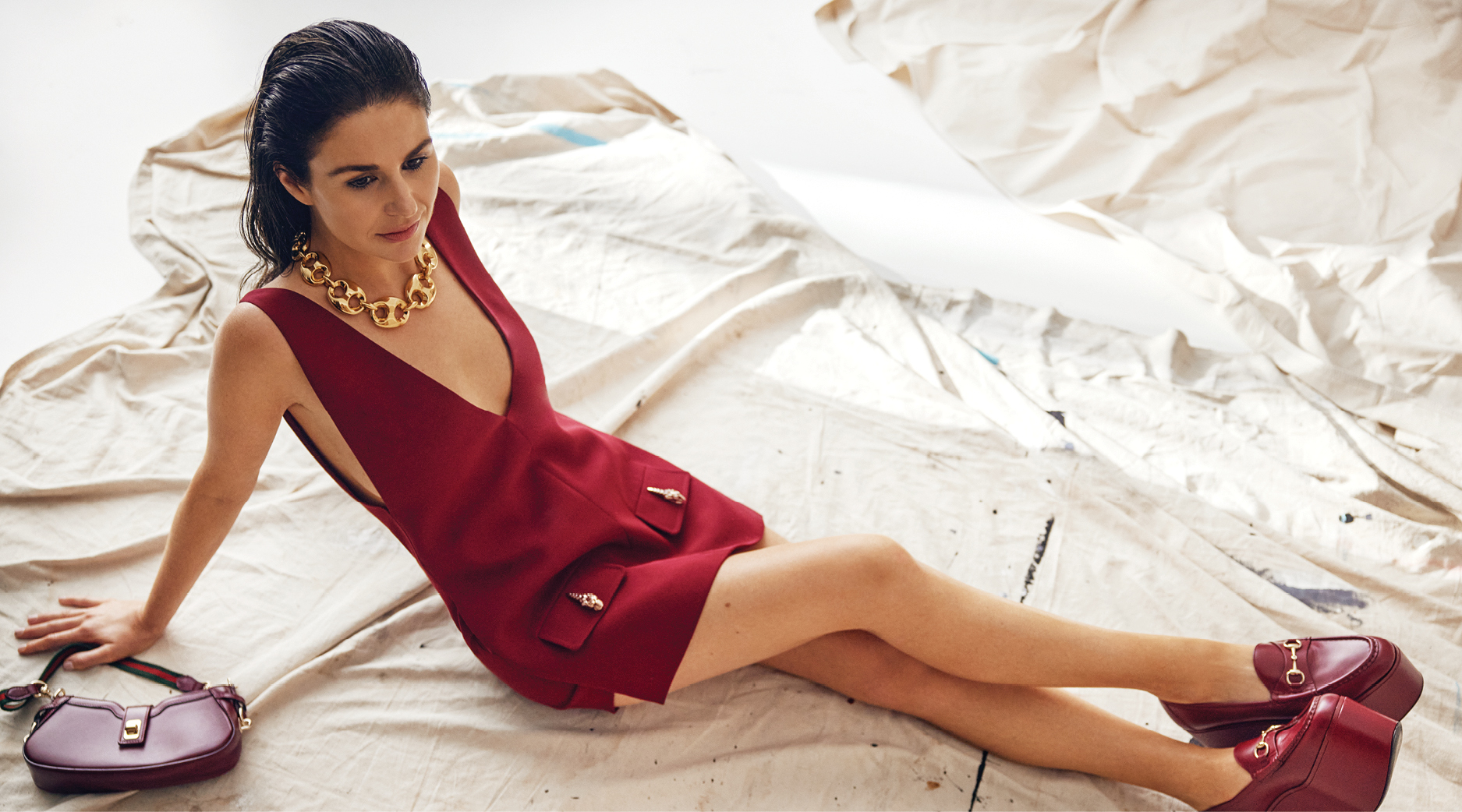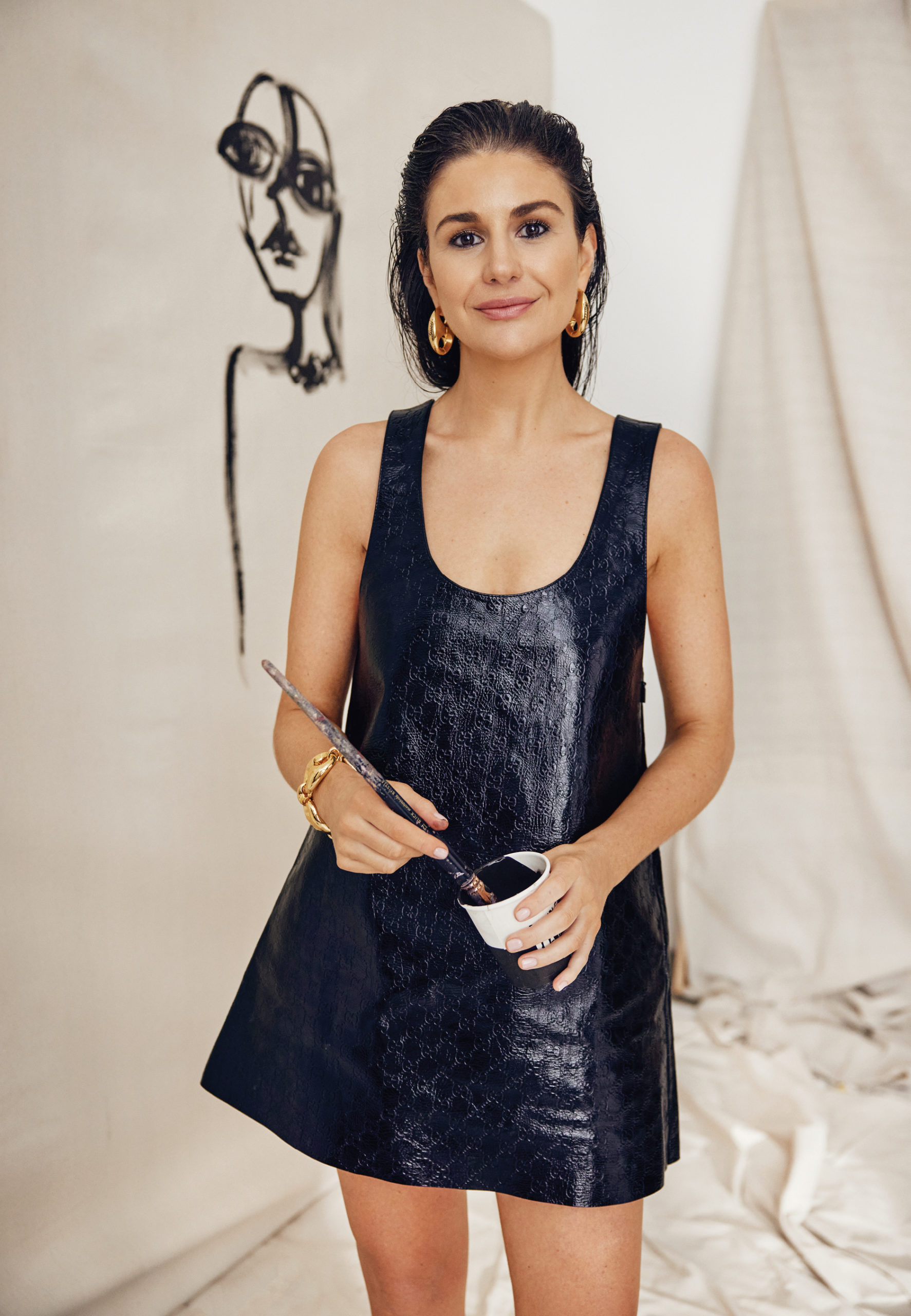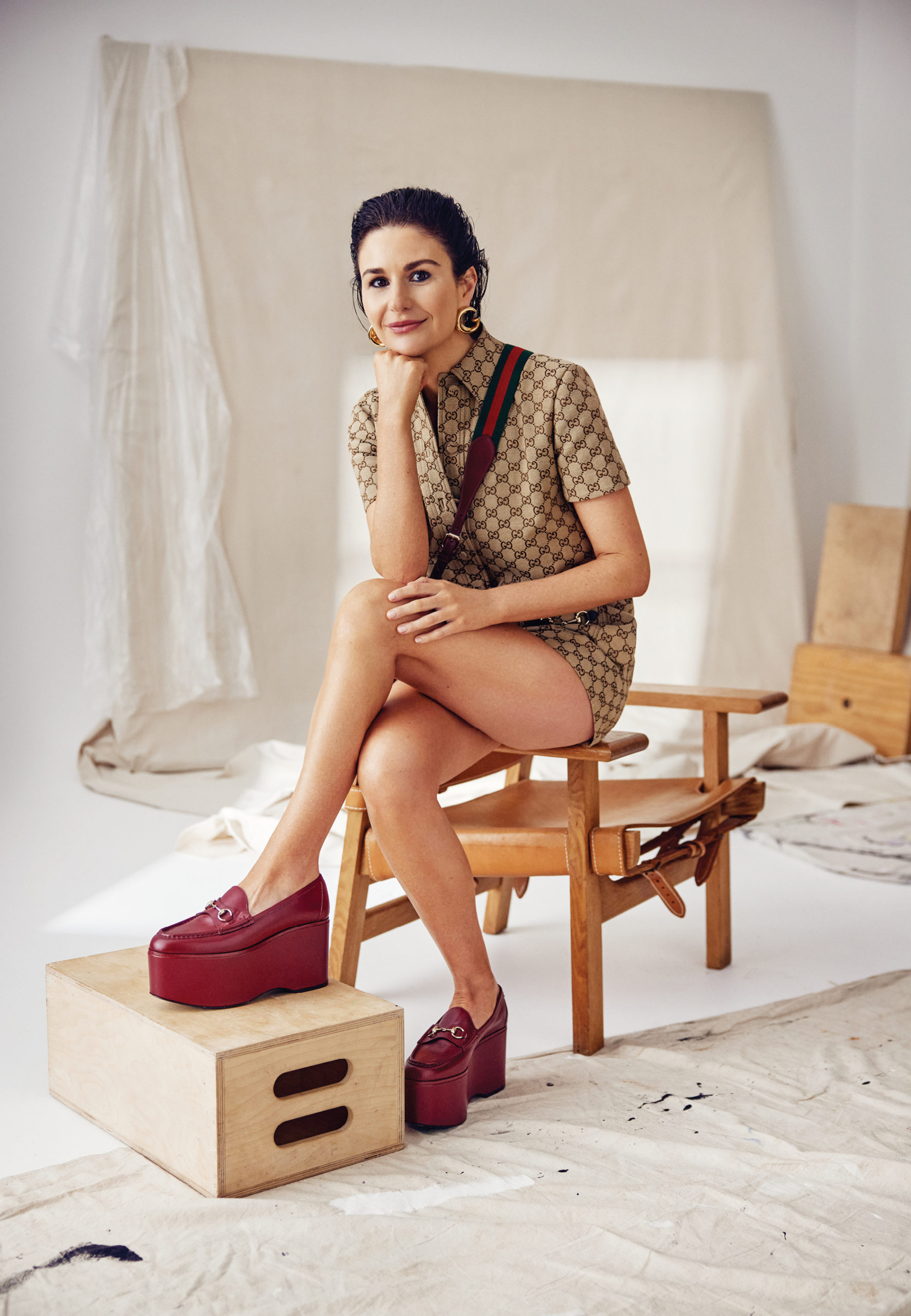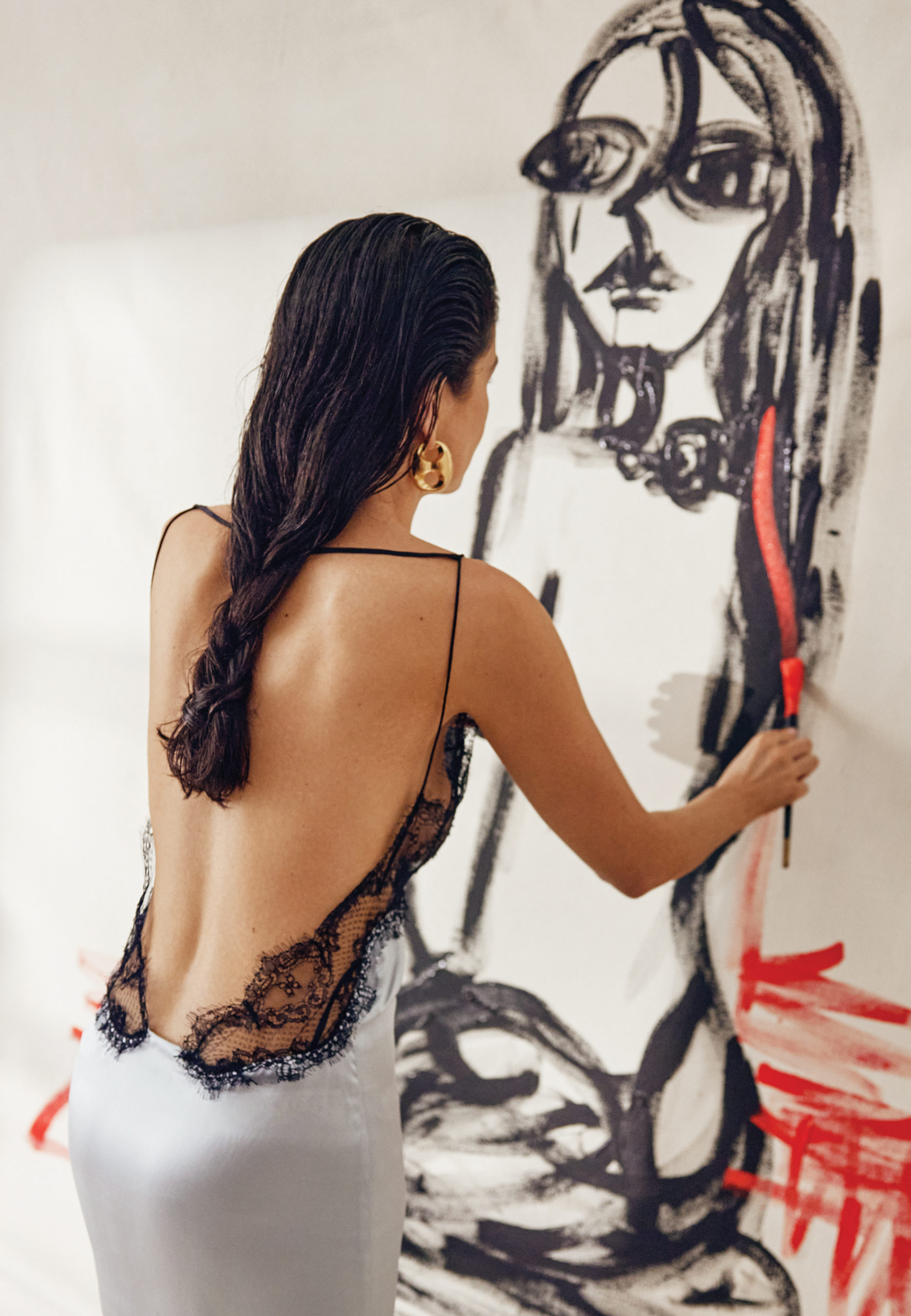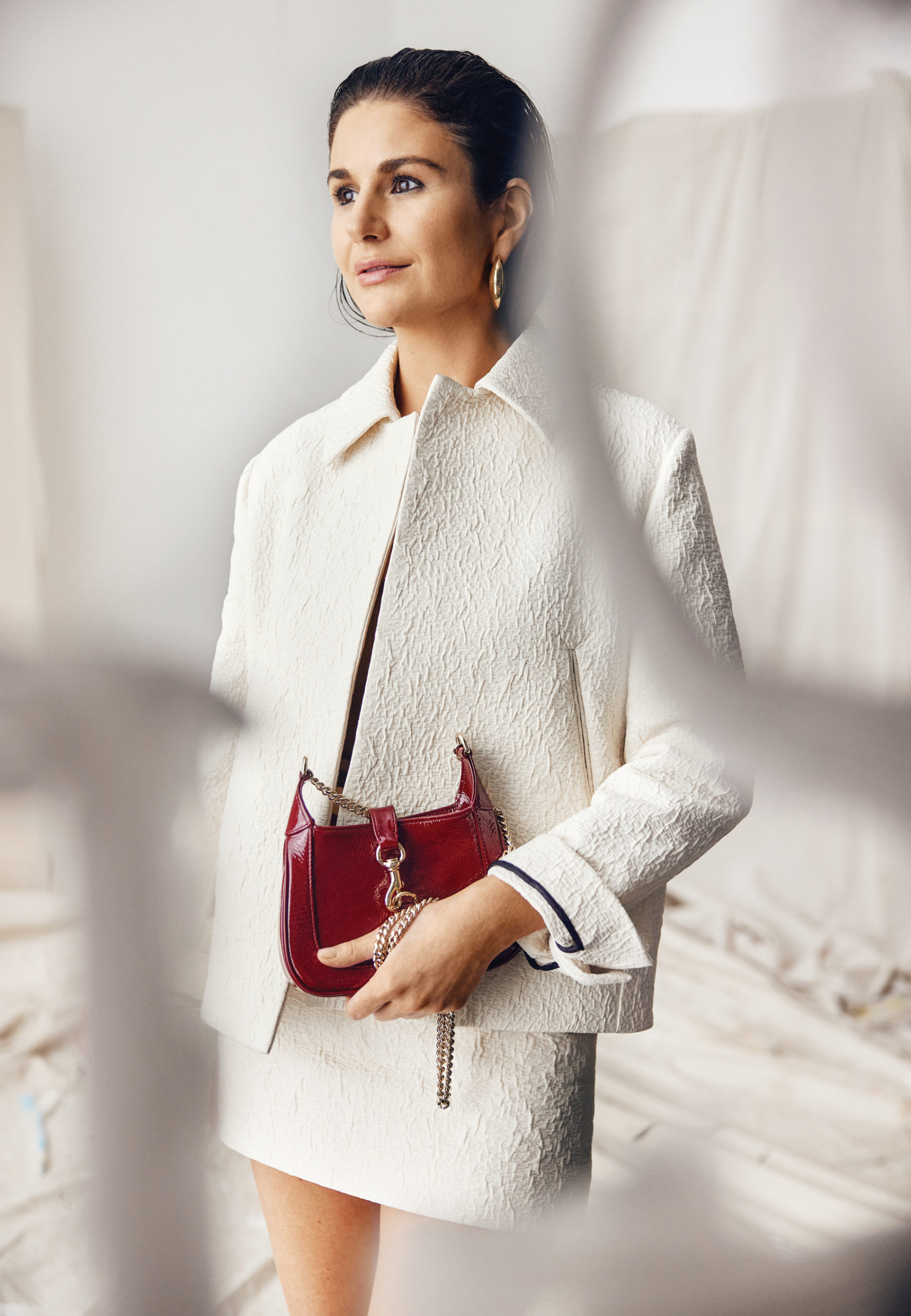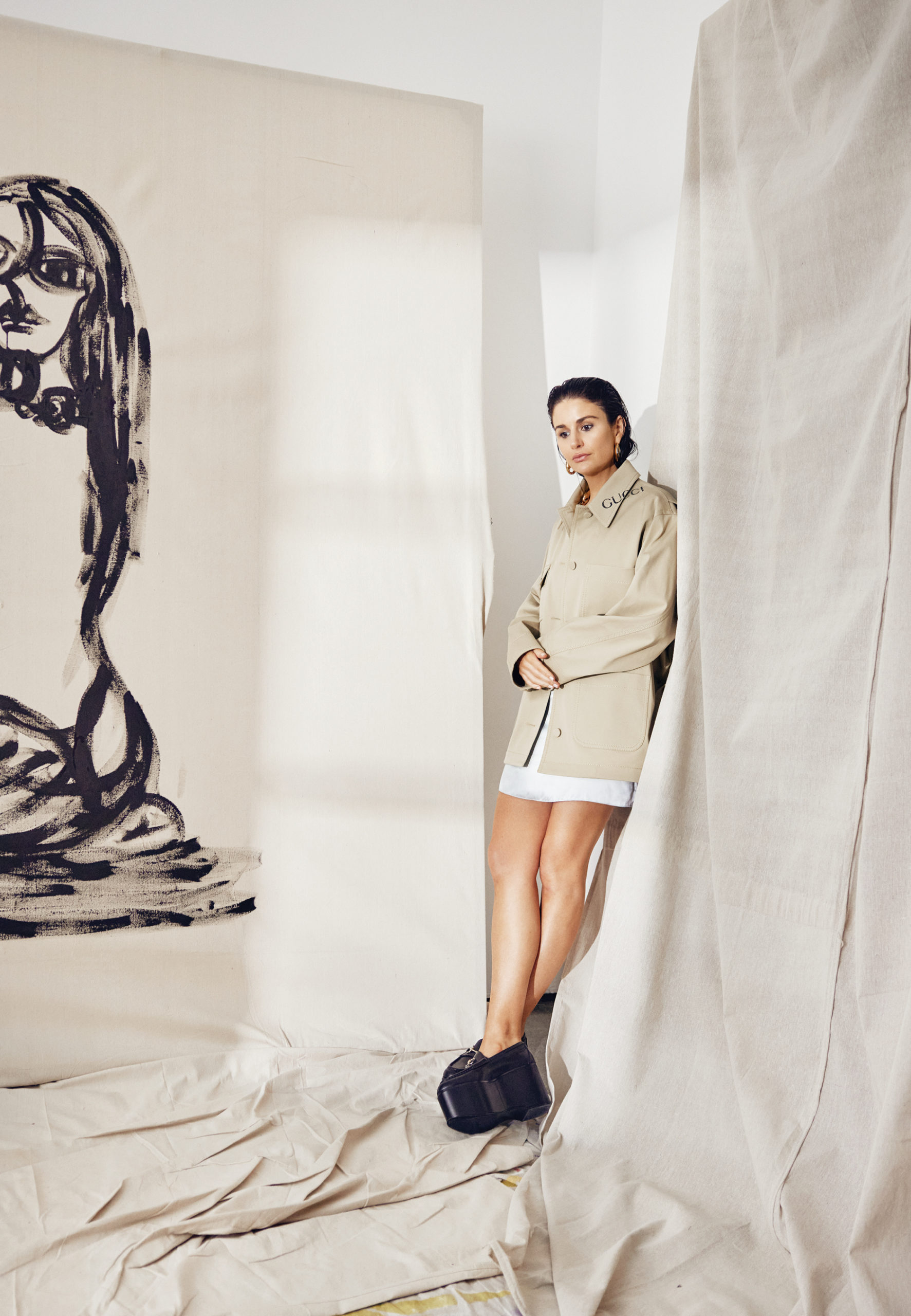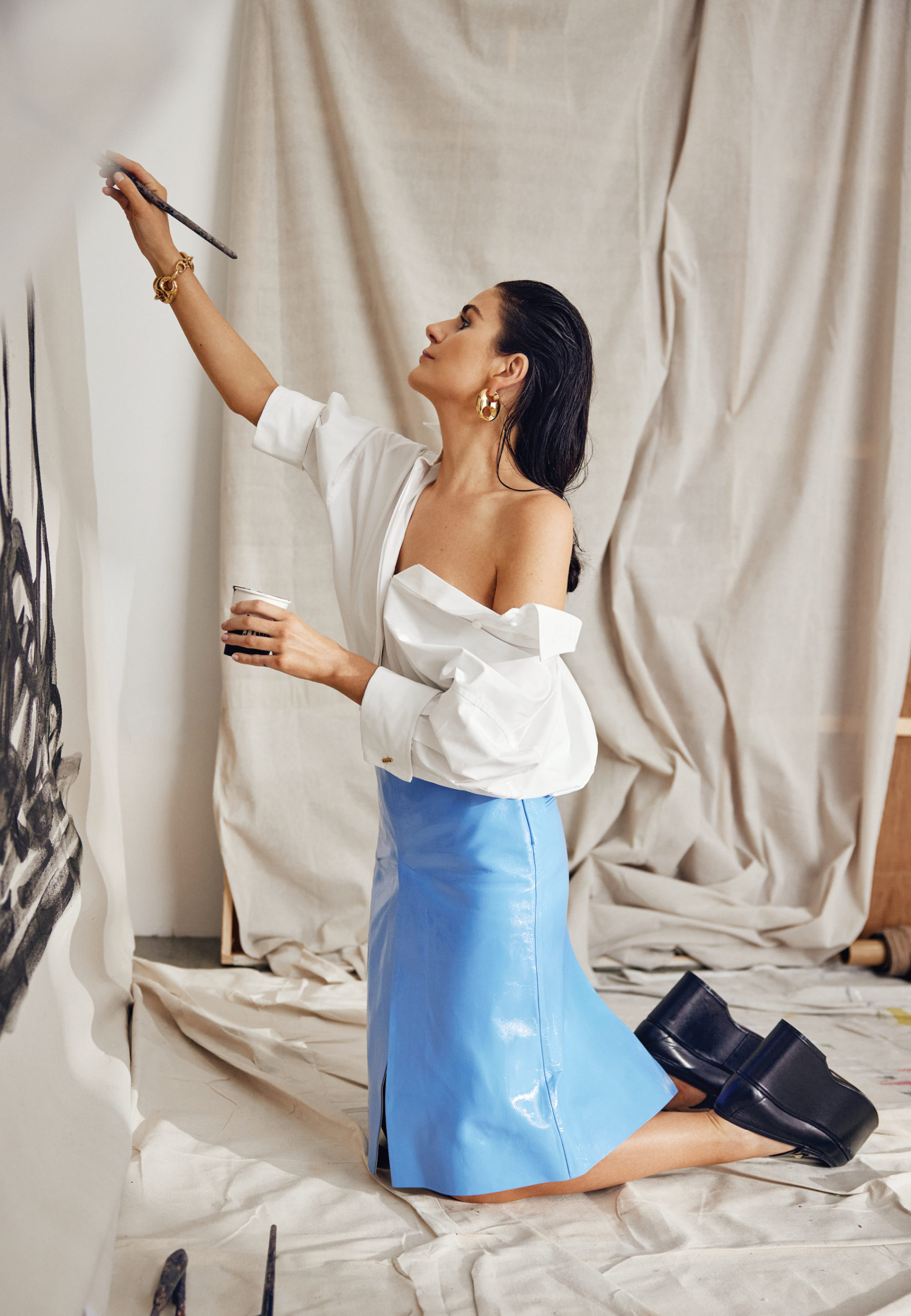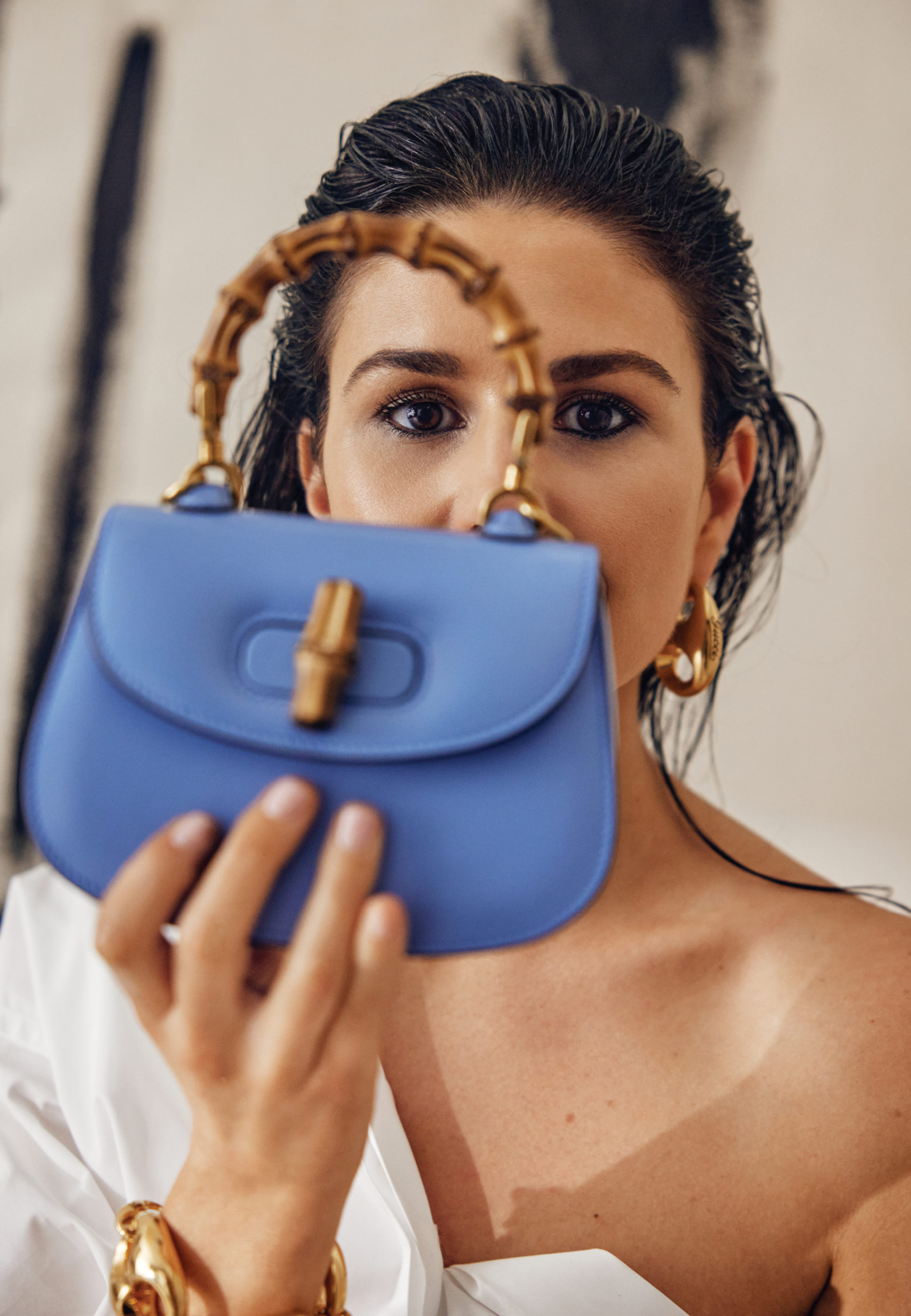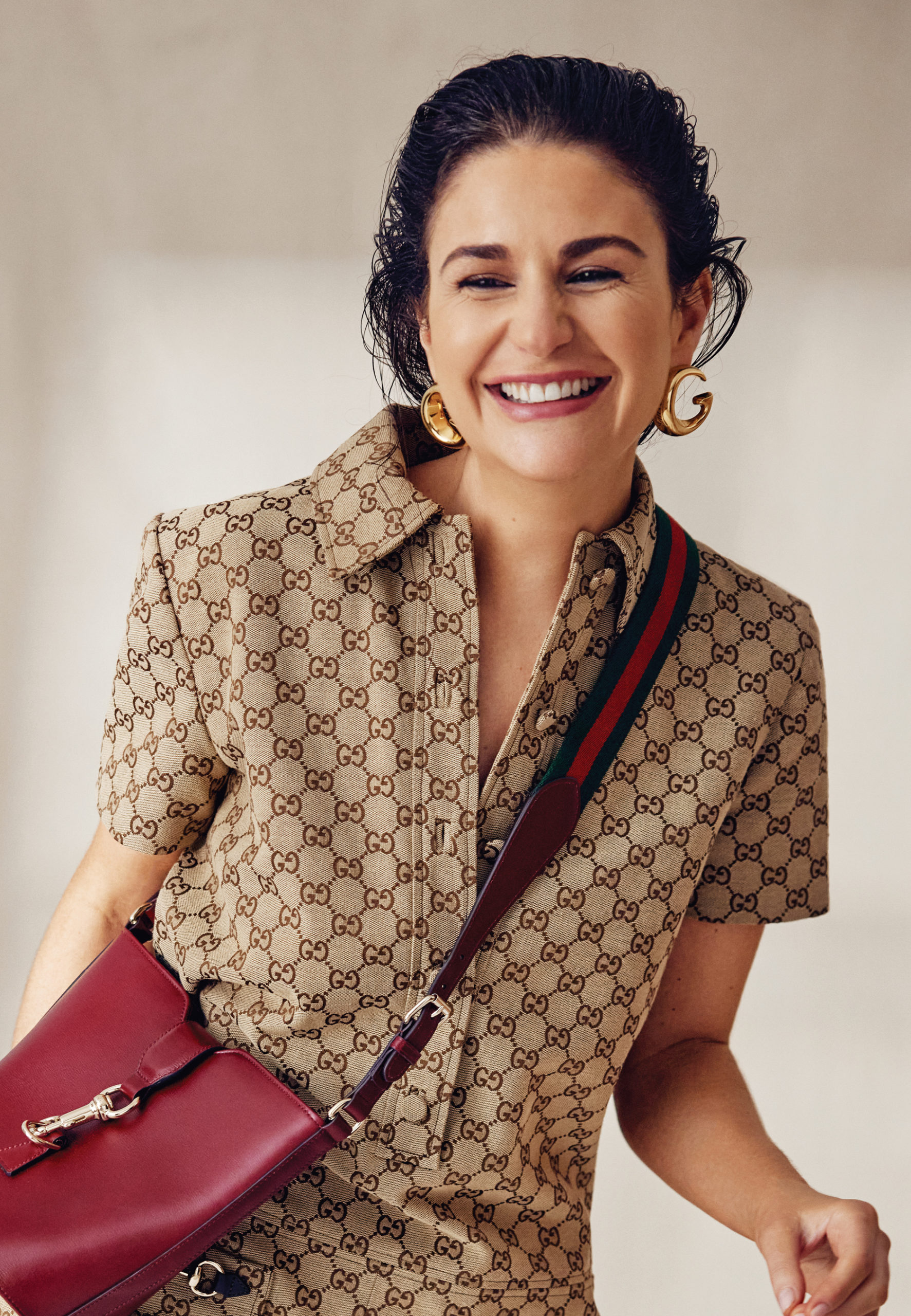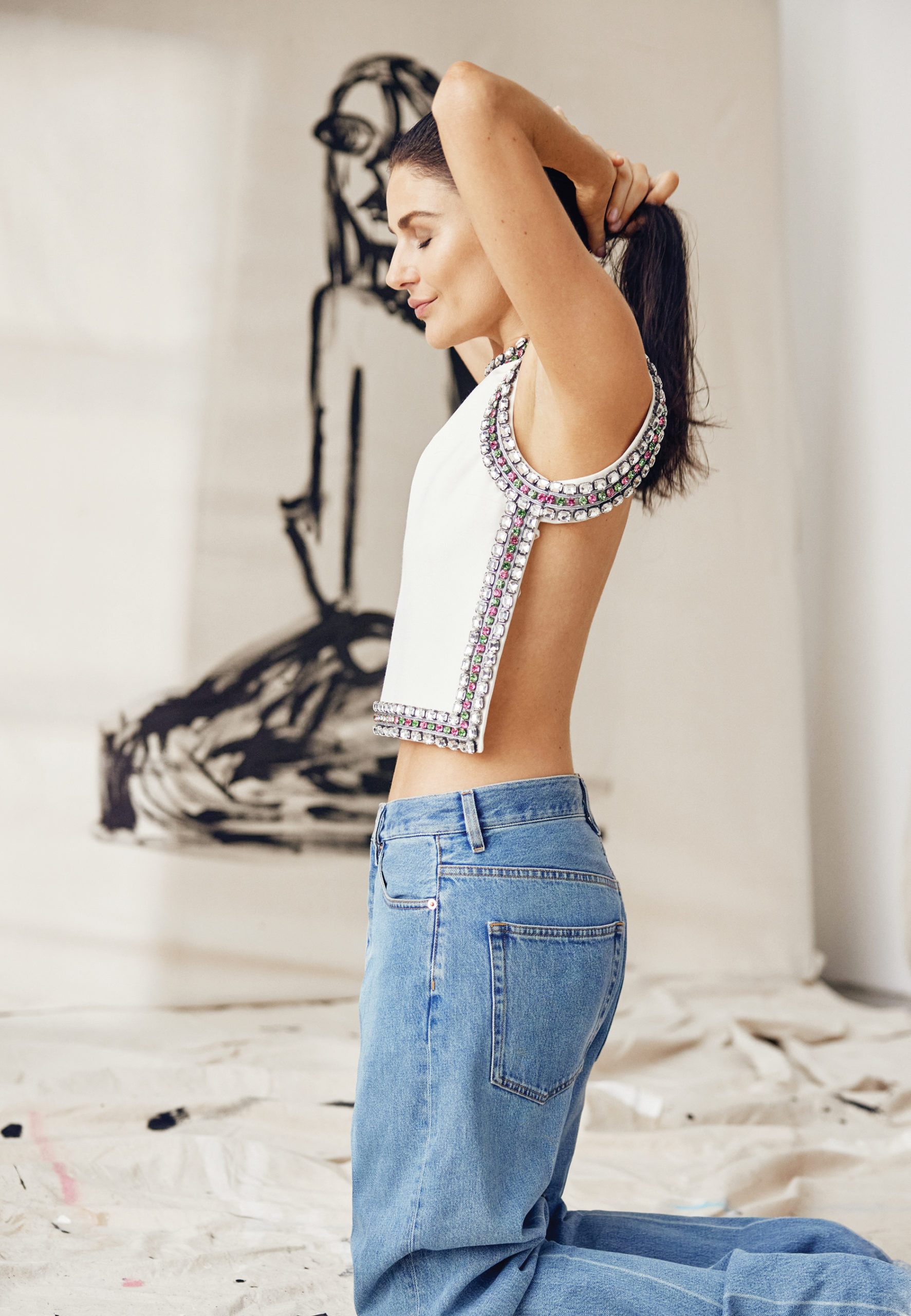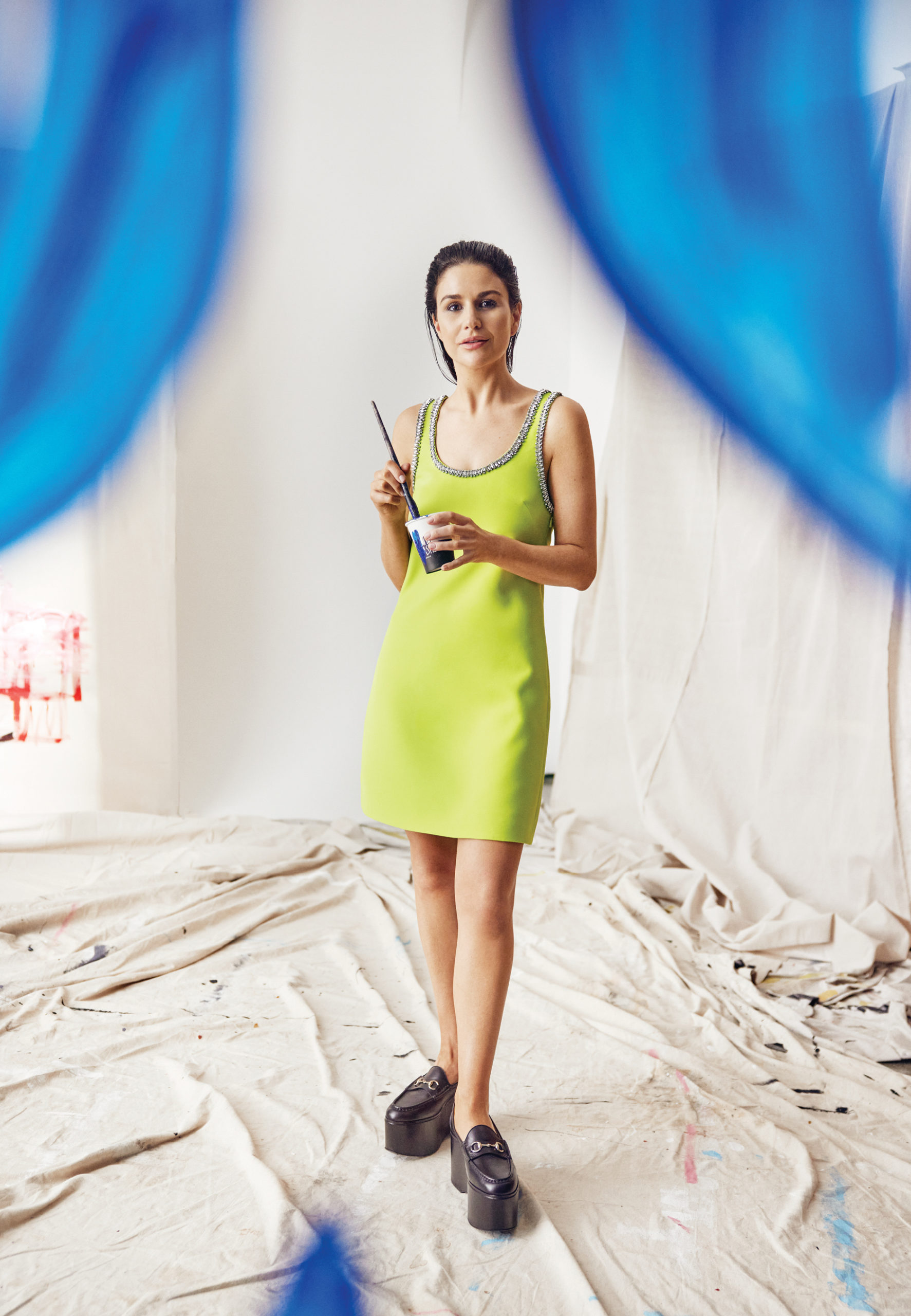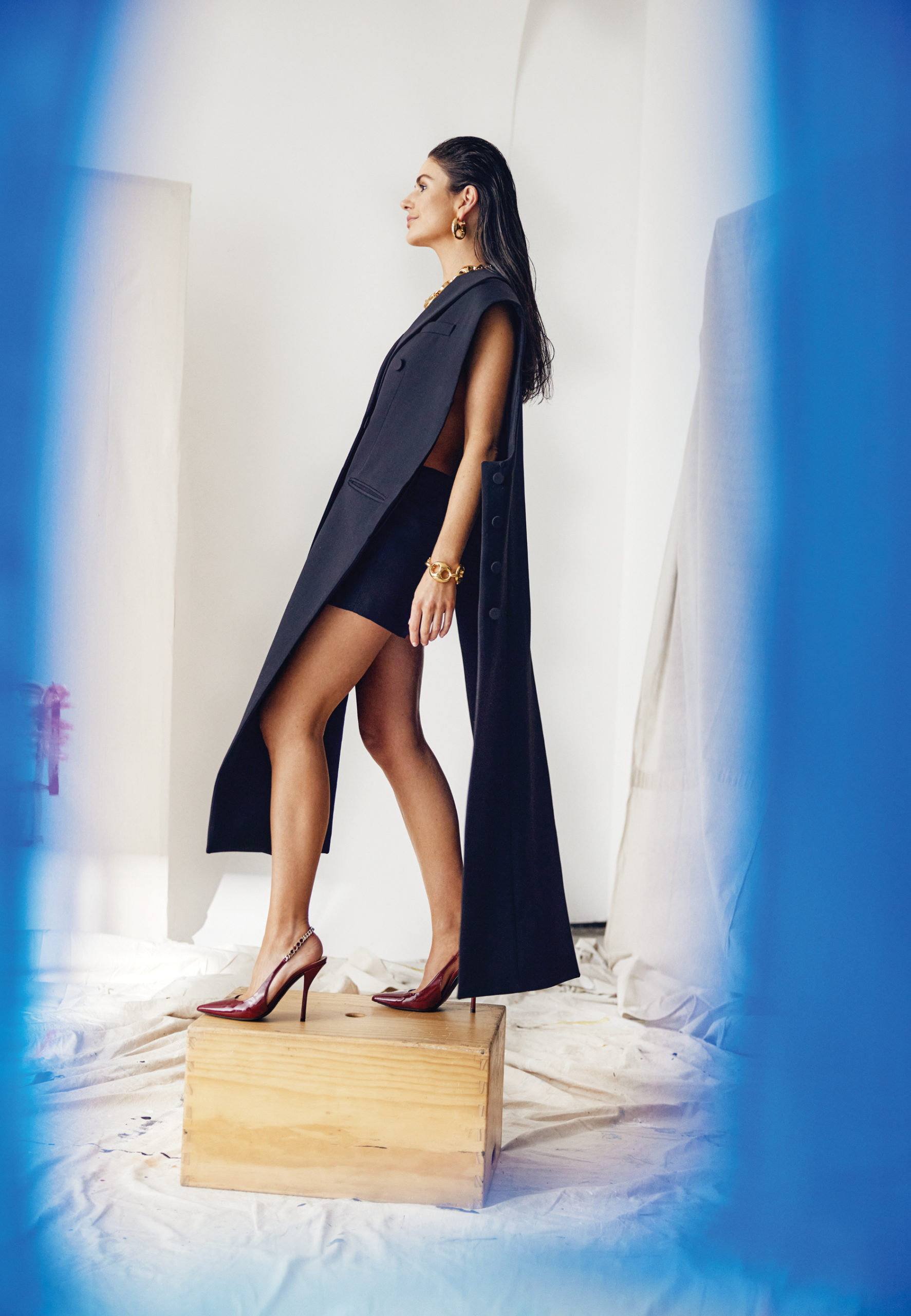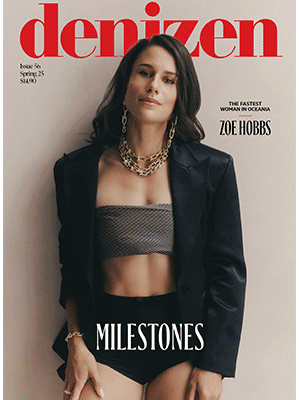In the realm of design, Paola Navone is an undisputed pioneer whose visionary work is known for transcending creative boundaries. Emerging from the male-dominated Italian design scene of the 1980s as a standout figure, Navone has proceeded to reshape contemporary aesthetics with her innovative approach, leaving an indelible legacy in her wake. Here, we explore the designer’s life and work through some of her most iconic and recognisable pieces.
Italian designer Paola Navone is a design force to be reckoned with. With a career spanning over four decades, Navone has carved a unique niche for herself, blending elements of traditional craftsmanship with contemporary aesthetics to create a style that is distinctly her own. Renowned for her eclectic and cosmopolitan approach, Navone’s work reflects a rich tapestry of influences from her travels around the globe and speaks to her willingness to seek out new and novel ways of looking at design.

Born in Turin in 1950, Navone’s journey into design began at the Polytechnic University of her hometown, where she studied architecture. However, disillusioned by the conventional teachings of the time, she embarked on a quest to explore alternative approaches to design, finding inspiration in avant-garde movements such as Archigram in London and Paolo Soleri’s Arcosanti in Arizona. For her master’s thesis, Navone delved into the realm of radical architecture, a school of thought that set the stage for her groundbreaking career. Speaking with Frame magazine a couple of years ago, the designer said, “During my studies I discovered… that there were groups of architects doing something very different from what I was being taught. They were not interested in designing ‘normal’ buildings… but rather fantastical ones, utopias.”
But it was her encounter with Alessandro Mendini that proved to be a turning point, when she was asked by the design luminary to move to Milan for a job. Joining Mendini’s circle, which included Ettore Sottsass and Andrea Branzi, Navone became immersed in the vibrant world of Studio Alchimia and later Memphis, where she was able to hone her bold and colourful aesthetic. It was also during this time that she won a competition held by Abet Laminati which catapulted her into the spotlight and cemented her status as a rising star in the design world.
Importantly, it was alongside these other designers that Navone started exploring the idea of the design of tomorrow. In 1978, the group presented its first collection Bau.Haus uno at Milan’s Salone del Mobile, which was considered radical and utterly unique. As Navone said, “Nobody bought our collections, but we didn’t care. We were trying to imagine a new way of working – a new kind of design…We worked with colour, pattern and asymmetry. We covered furniture with designs and patterns, when most of what was on the market resembled a blank canvas.”
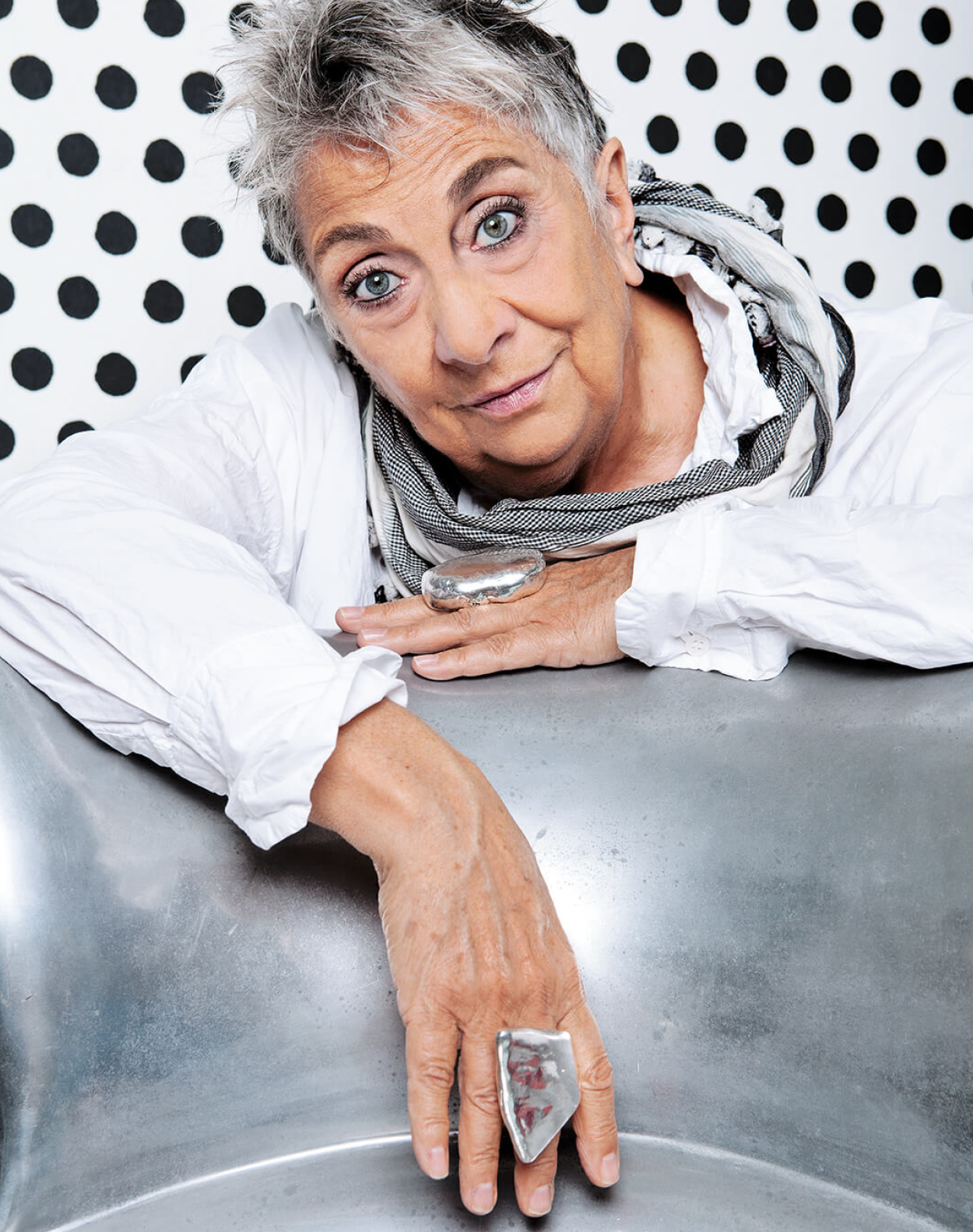
Navone’s insatiable curiosity and wanderlust eventually led her to Asia, where she spent nearly two decades exploring the intersection of craft and industry. Collaborating with local artisans and manufacturers, she was able to draw on a variety of influences to infuse her designs with a unique blend of Eastern and Western influences, earning her a reputation as a visionary with a global perspective and allowing her designs to truly transcend borders in a way that very few of her contemporaries’ pieces could and in 2000, she started her own, multi-disciplinary design studio, Otto, through which she continued to build on her stellar reputation.
“[navone’s] philosophy is one of adaptability and pragmatism, eschewing rigid adherence to trends in favour of a more fluid and intuitive approach”
Throughout her illustrious career, Navone has worked with a myriad of prestigious brands, including, Alessi, Poliform, Linteloo, Gervasoni, Serax, Ligne Roset and more, leaving an indelible mark on the world of design. Her philosophy is one of adaptability and pragmatism, eschewing rigid adherence to trends in favour of a more fluid and intuitive
approach which ultimately, creates spaces and products that are inviting and approachable. Whether she is designing furniture, textiles or interiors, Navone imbues her work with a sense of warmth and hospitality, inviting people to engage with their surroundings in a meaningful way. For Navone, design is not just about aesthetics; it’s about creating experiences that enrich people’s lives.
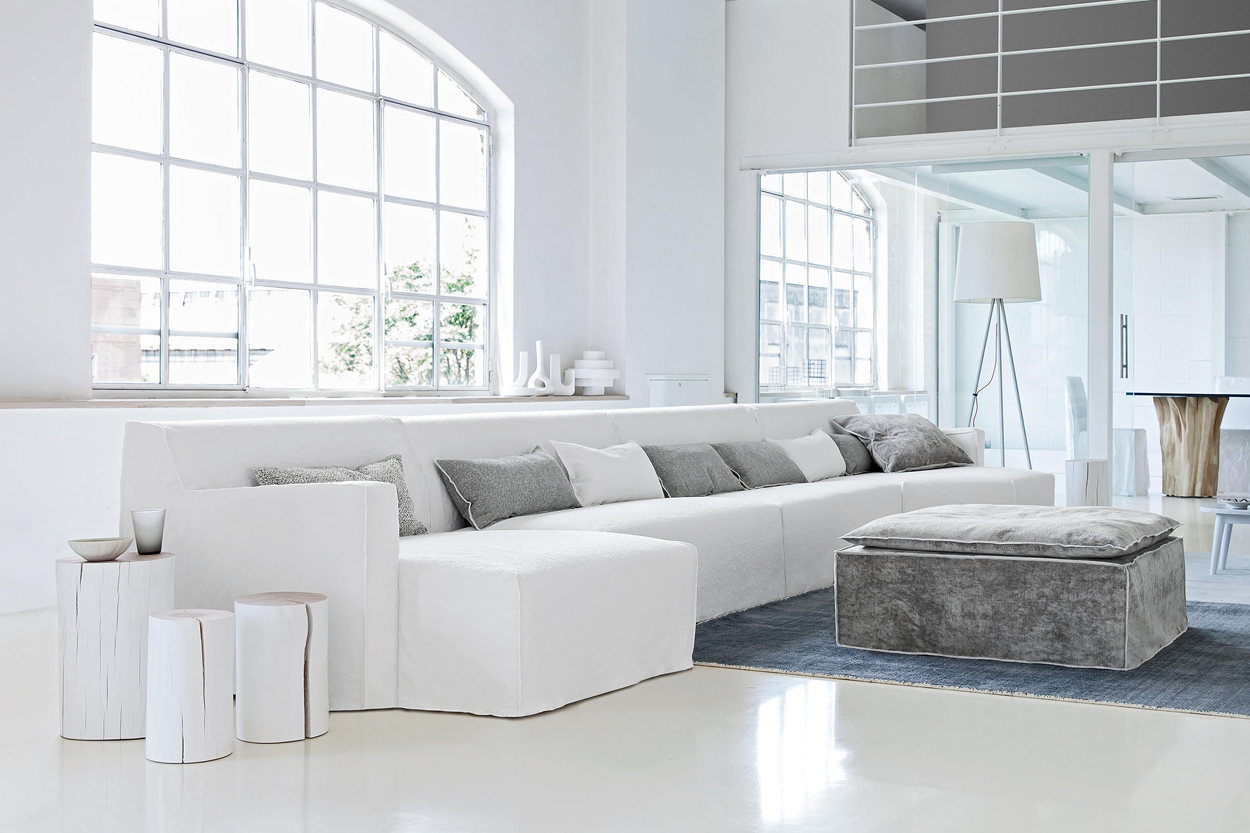
Ghost Sofa for Gervasoni (2002)
Available locally from ECC
A testament to minimalist elegance and versatile functionality, the Ghost sofa boasts a thin, minimal structure, padded with polyurethane foam, that provides comfort without sacrificing style. While the removable cover, highlighted by visible stitching, offers the freedom to switch between formal and informal looks effortlessly. Inspired by its white version’s ethereal appearance, the Ghost collection features seats enveloped in soft cushions, inviting relaxation. With sofas, armchairs, ottomans, chairs, and beds all part of the wider collection, each piece becomes a canvas for personal expression, adapting to different moods and settings.
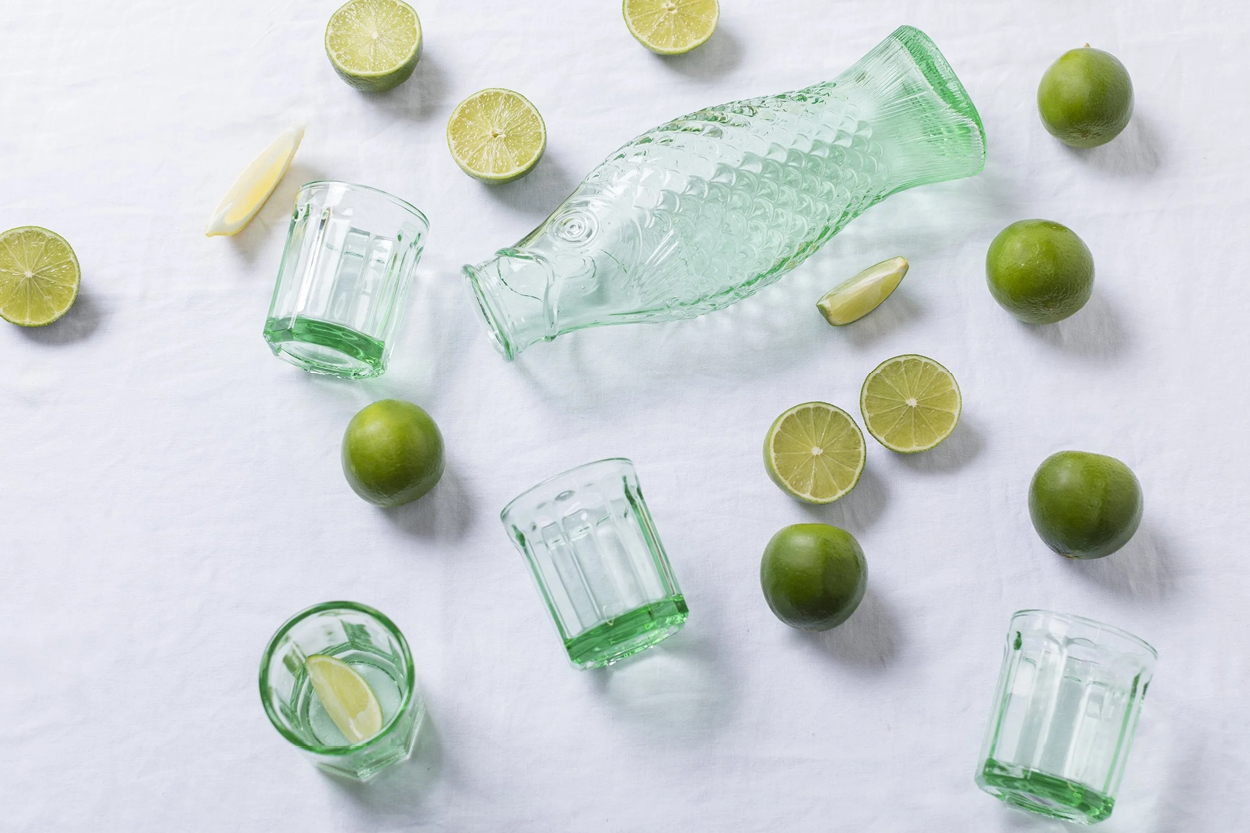
The Fish & Fish Tableware collection for Serax (2002)
Designed by Paola Navone for Serax, the Fish & Fish collection celebrates the humble herring, a beloved staple of Baltic cuisine. Infused with Navone’s signature relaxed and playful style, this tableware collection is perfect for casual gatherings or elegant dinners. Inspired by products created during the Great Depression in the 1930s, Navone brings a touch of nostalgia to each piece, creating a charming blend of tradition and modern design. Ideal for serving appetisers, finger foods or indulging in a seafood-themed feast.
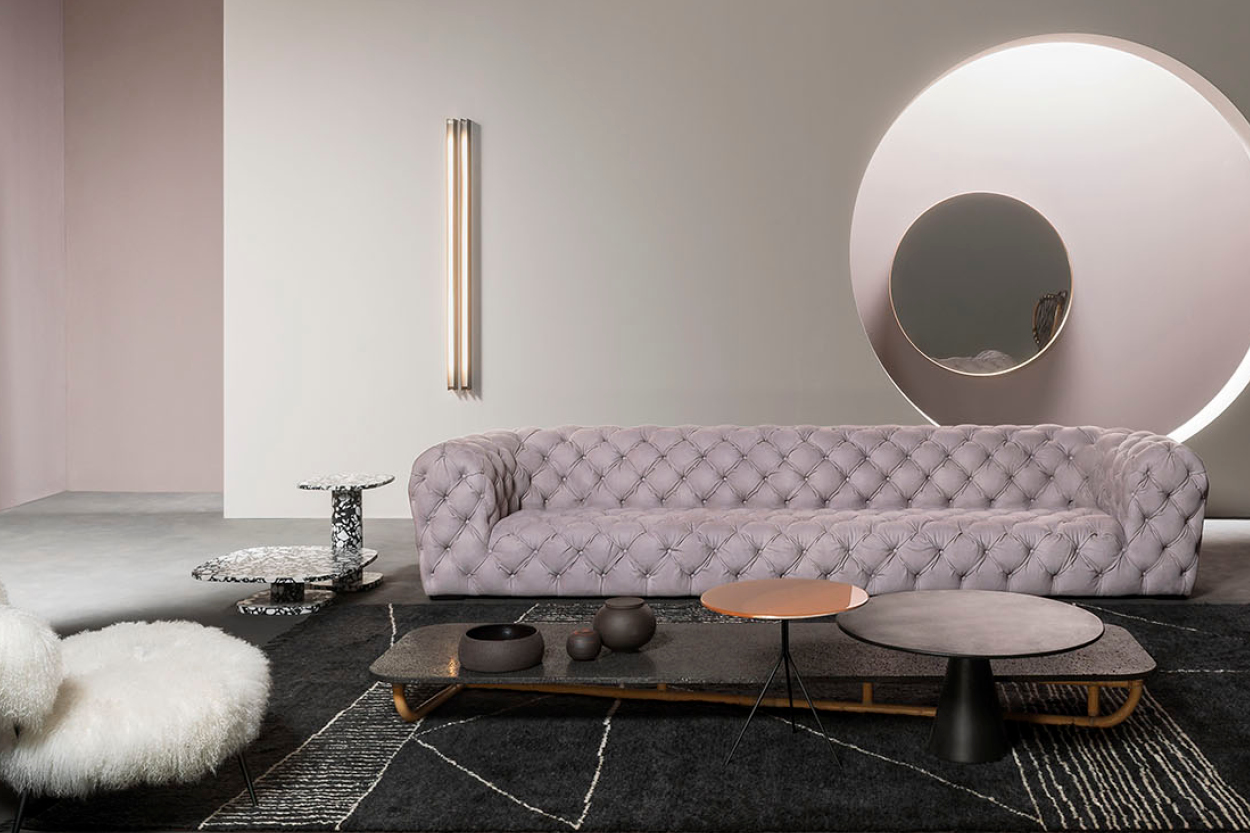
Chester Moon Sofa for Baxter (2005)
Designed as a stunning reinterpretation of a classical model, Baxter’s Chester Moon sofa saw Paola Navone blend timeless elegance with modern simplicity. This exceptional piece exemplifies the importance of shape balance, seamlessly combining intricate craftsmanship with clean lines. Inspired by historical handicraft techniques yet firmly rooted in a contemporary aesthetic, the Chester Moon sofa embodies a harmonious fusion of tradition and innovation, where its understated design and impeccable craftsmanship make it a standout addition to any space.
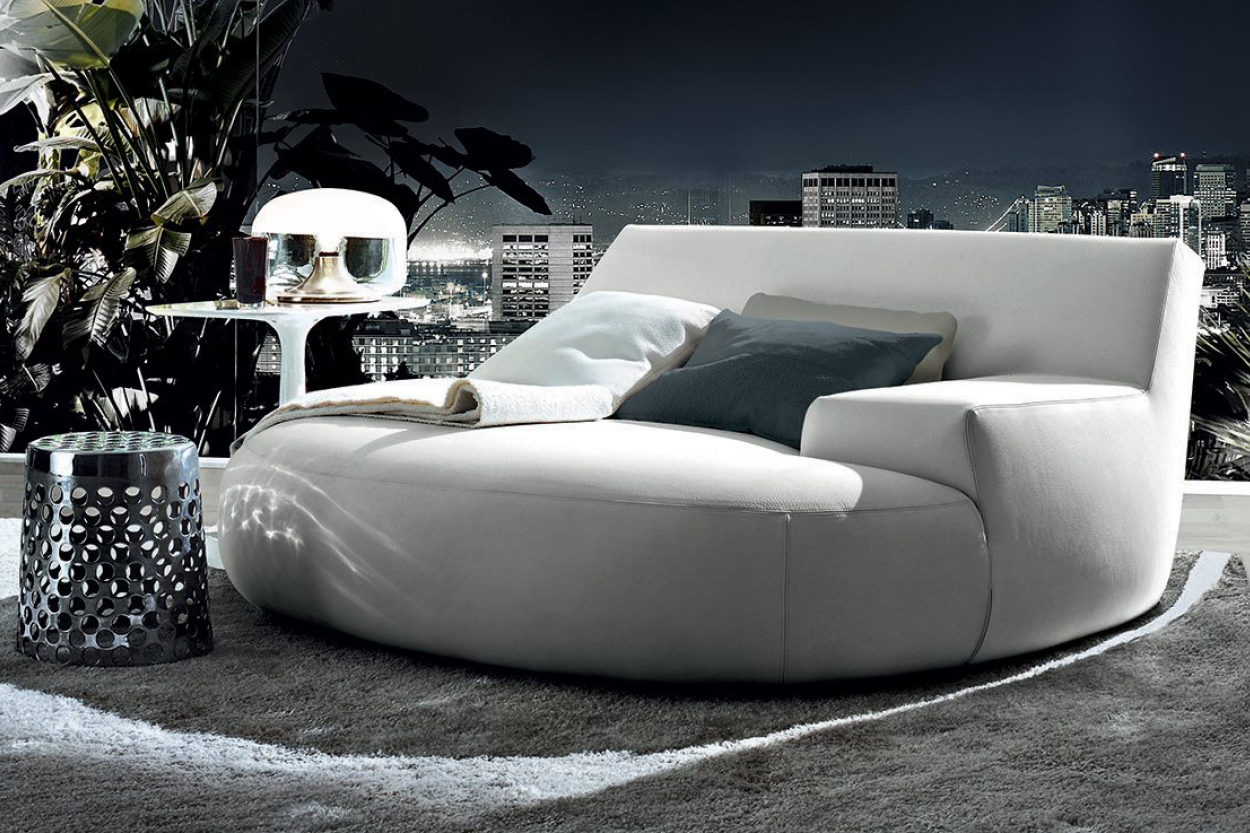
Big Bug for Poliform (2009)
Available locally from Studio Italia
In creating Poliform’s Big Bug chair, Paola Navone designed a structure crafted from flexible printed polyurethane with elements in foamed polyurethane of varying densities to offer unparalleled support. Known for the ways in which it redefines comfort and style, Big Bug boasts an innovative silhouette that showcases highly original geometries, with one low armrest adding to its distinctive appeal. The outstretched covering, available in removable fabric or non-removable leather, completes the look with a touch of sophistication, and makes this piece a true masterpiece of modern design.
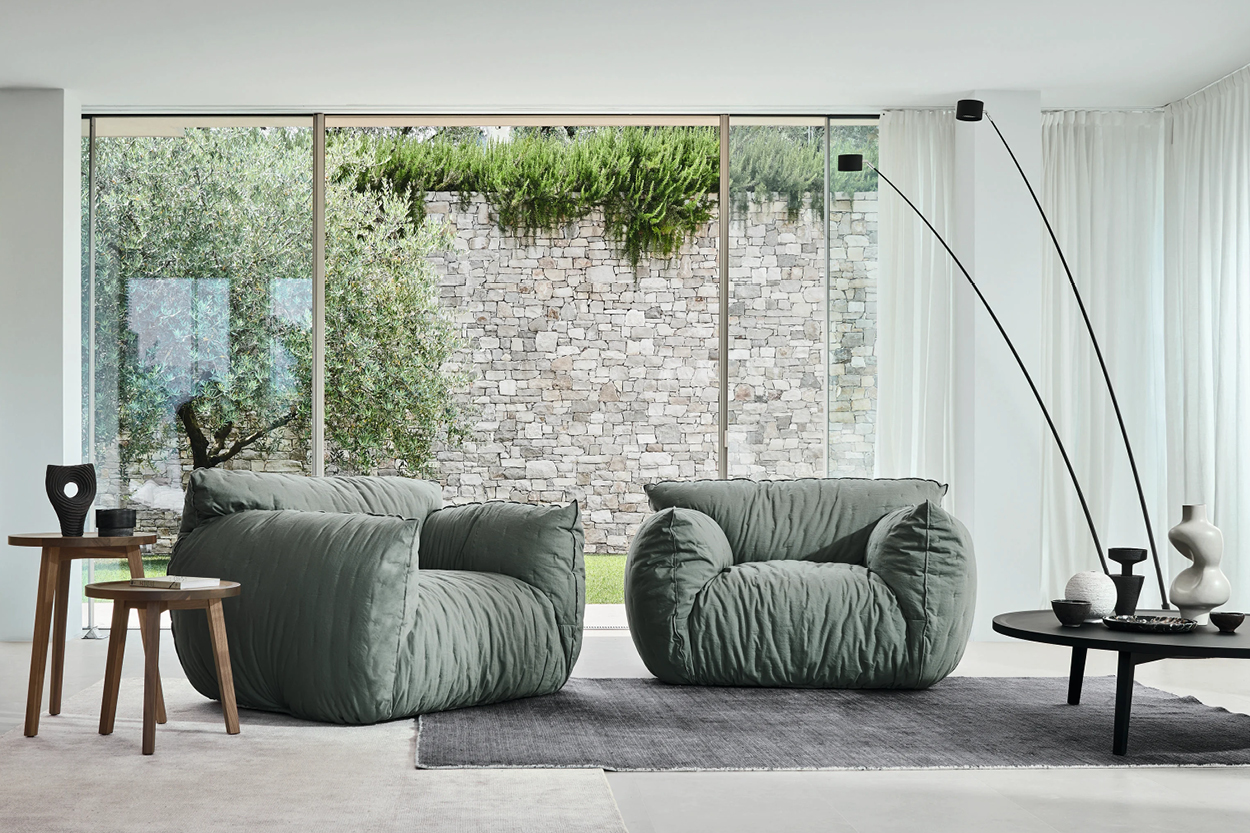
Nuvola 09 lounge chair for Gervasoni (2009)
The iconic Nuvola 09 Lounge Chair by Paola Navone for Gervasoni epitomises comfort and sophistication. Crafted with a multilayer and solid wood frame, this chair offers durability and stability with upholstery in differentiated density polyurethane foam, designed to provide luxurious cushioning for a truly relaxing experience. The removable covers, adorned with goose down and polyester fibre quilting, enhance this chair’s versatility and ease of maintenance, while Navone’s characteristically bold design makes it a statement piece perfect for modern living spaces.
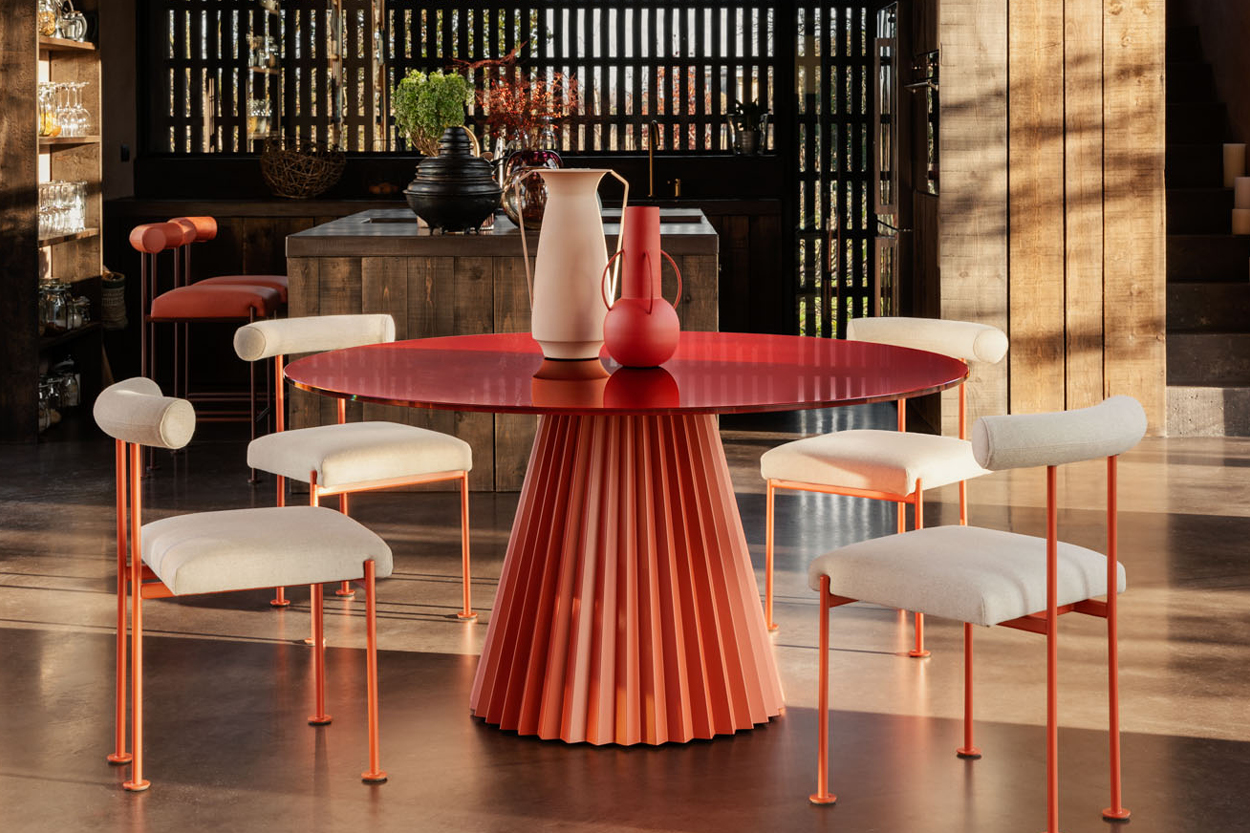
Plissé H103 for Midj
Available locally from Sarsfield Brooke
Elegance and versatility collide in the exquisite Plissé H103 design by Paola Navone for MIDJ. With a base crafted in lacquered metal, suitable for both indoor and outdoor settings, it offers practicality without compromising on style. Inspired by the world of fashion and the timeless appeal of pleated workmanship, Plissé exudes sophistication with a hint of playfulness. Available in various versions, including dining tables and high bar tables, its pleated motif adds depth and dynamism to any space, making it feel at home in both private and public settings.

Baggy for OTTO Studio (2023)
Designed by Paola Navone for the multi-disciplinary design studio she founded, Otto, Baggy is more than just a light fixture — it is a whimsical and informal statement piece. Inspired by oversized pants, Baggy features a unique composition of individual modules, offering endless possibilities for arrangement. Its satin polycarbonate diffuser mimics the appearance of crumpled paper, while a soft textile cord adds a touch of refinement.


